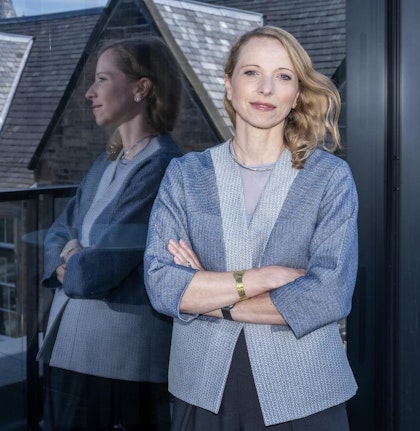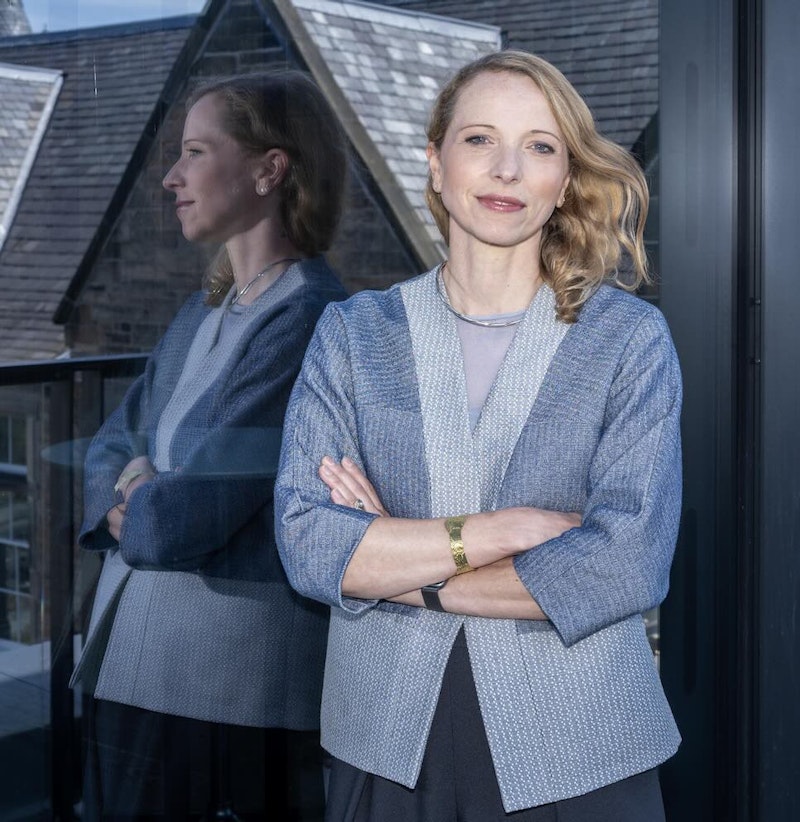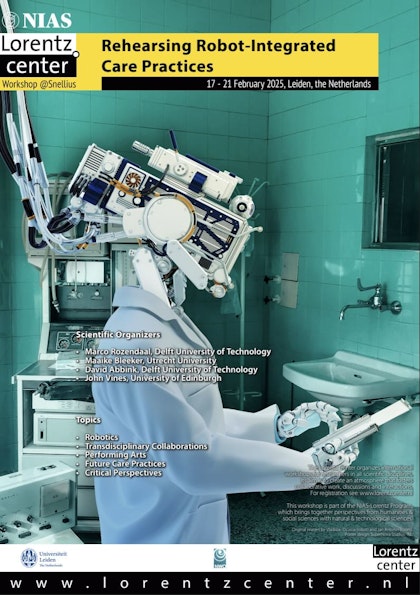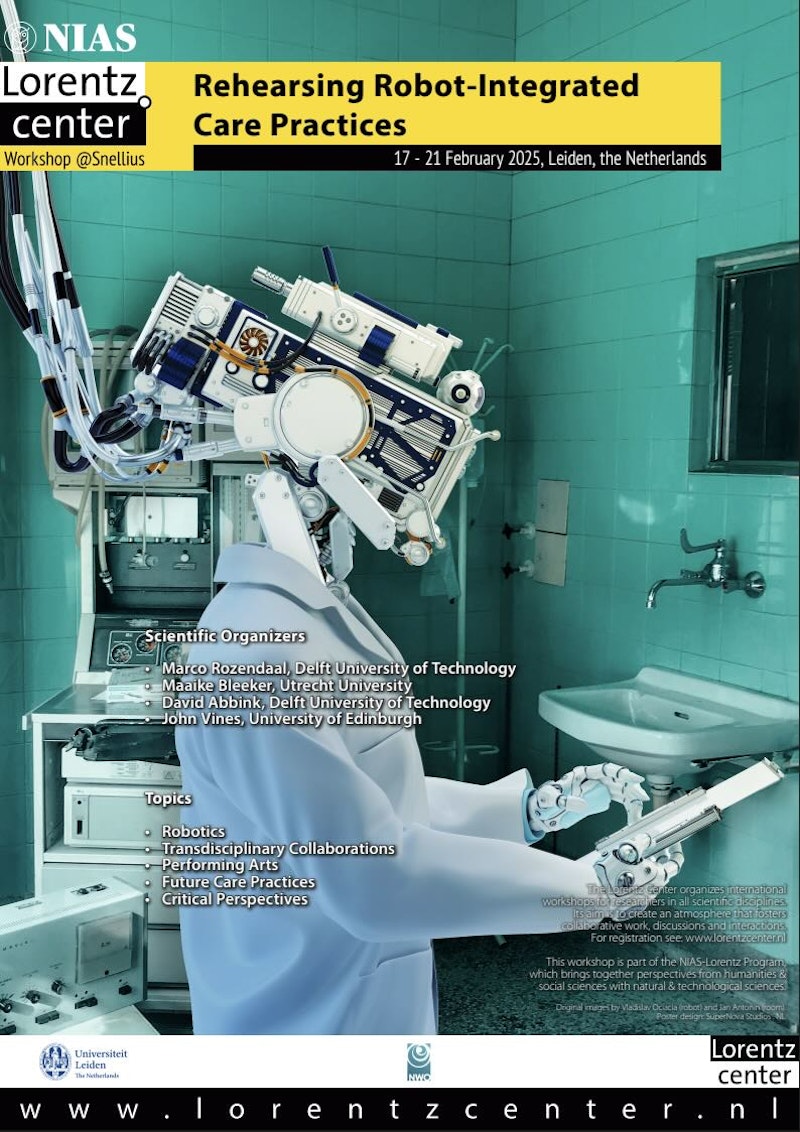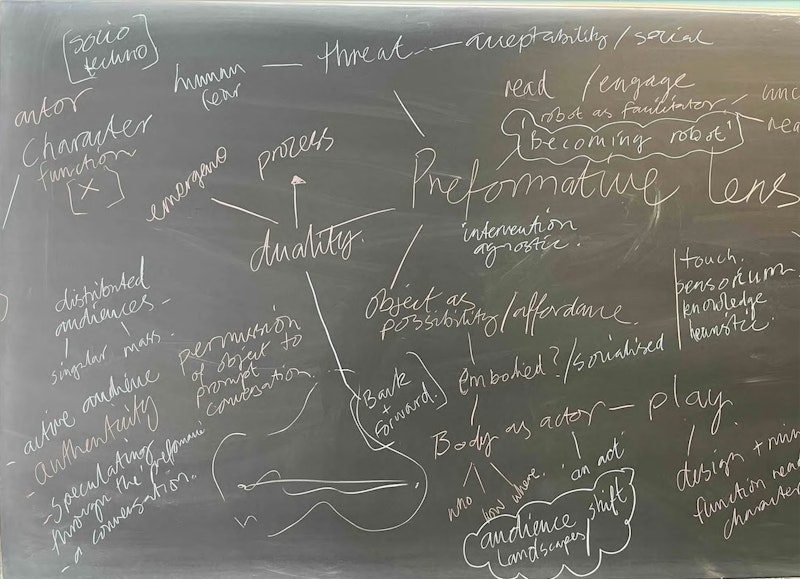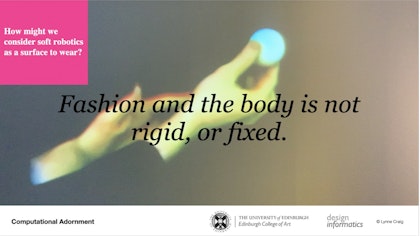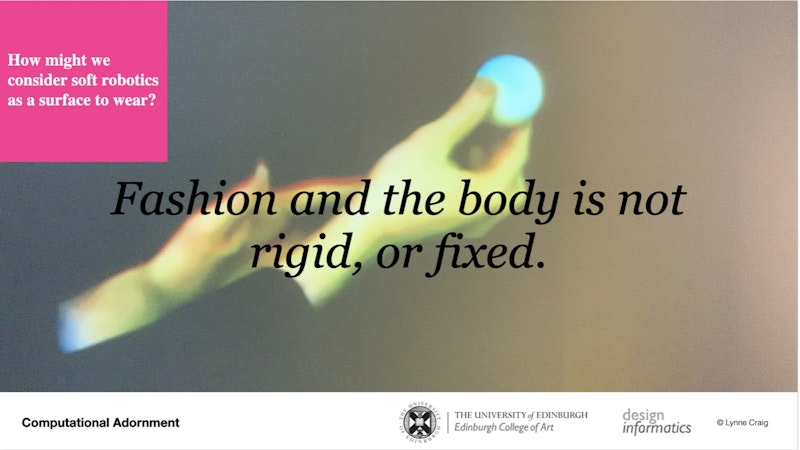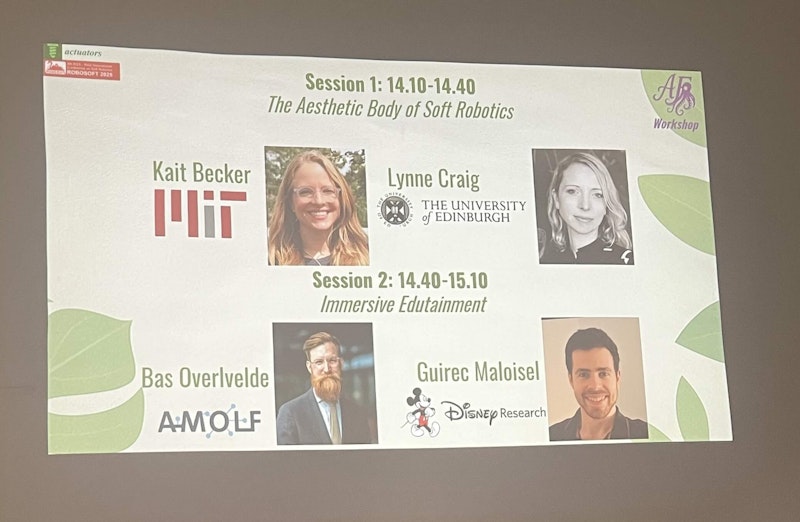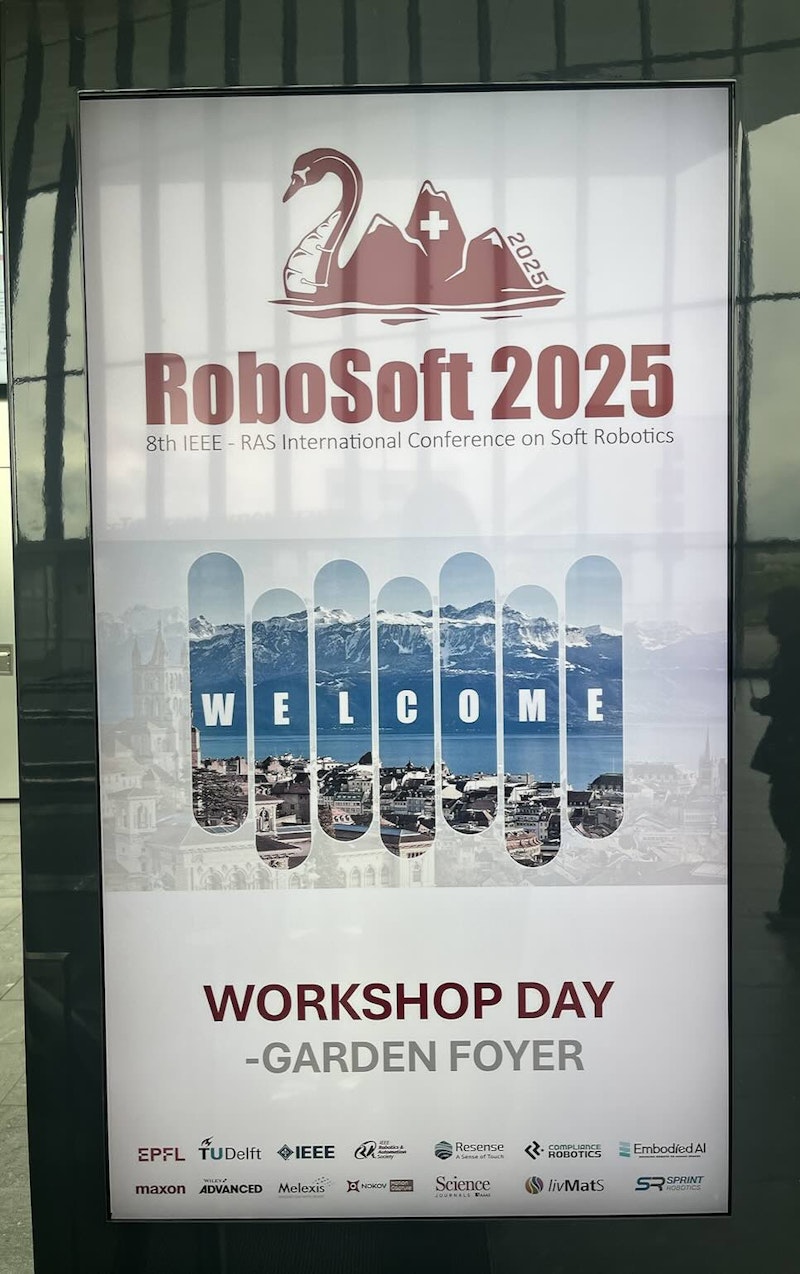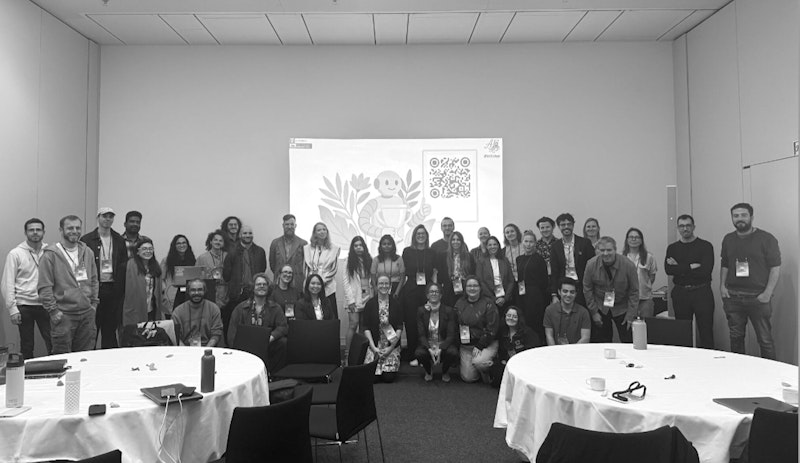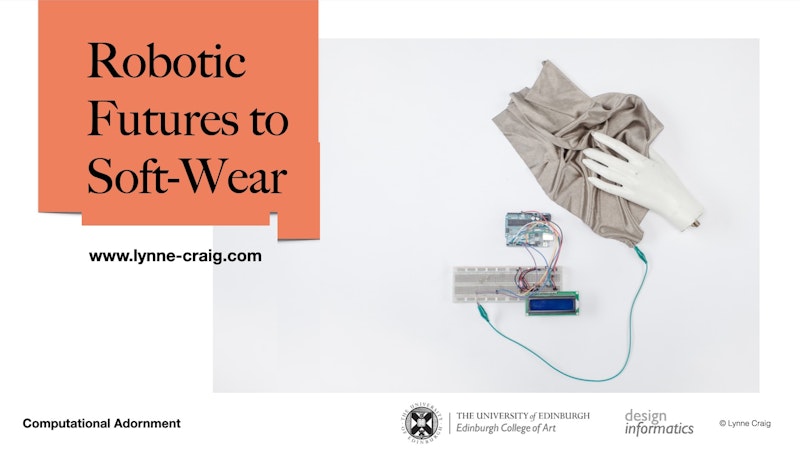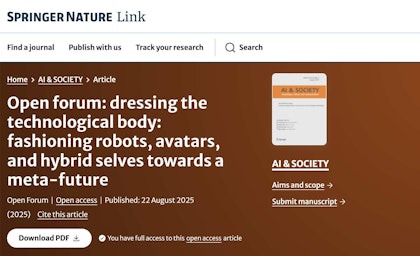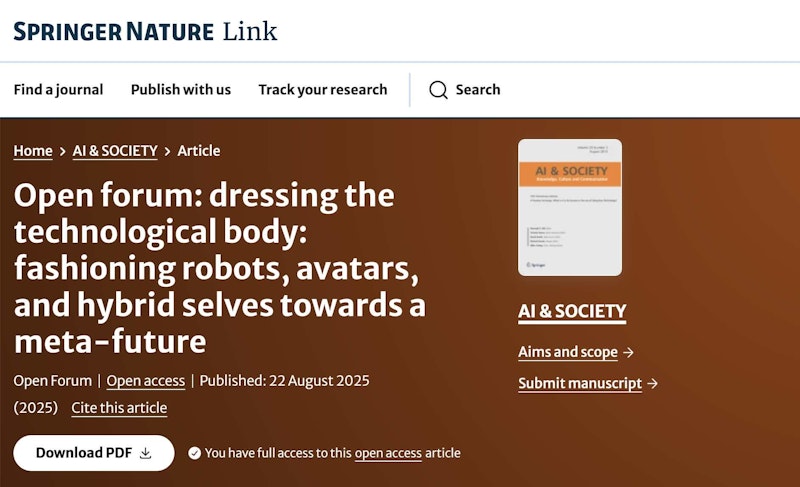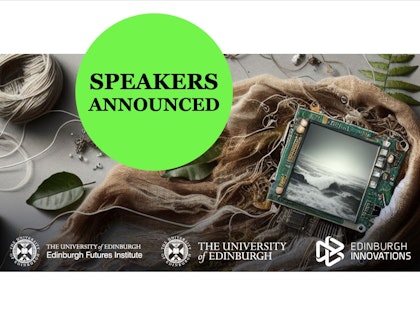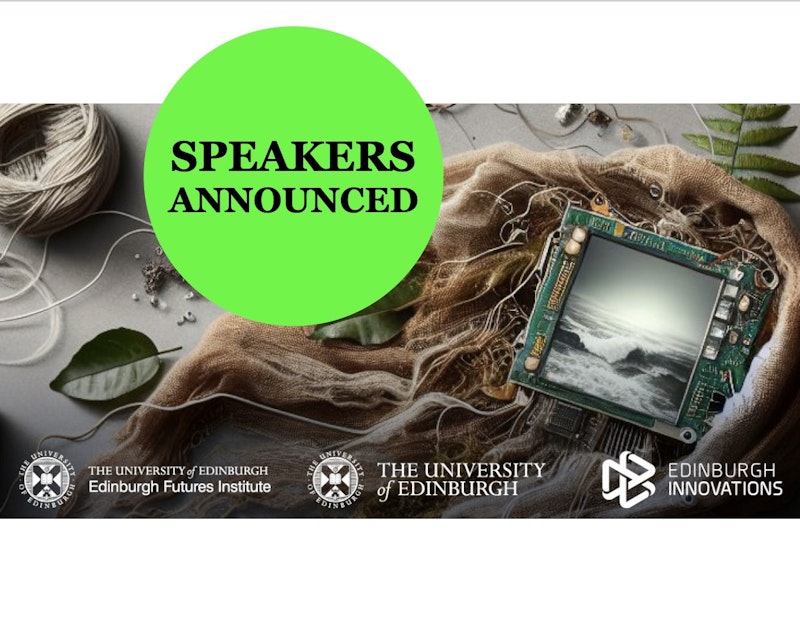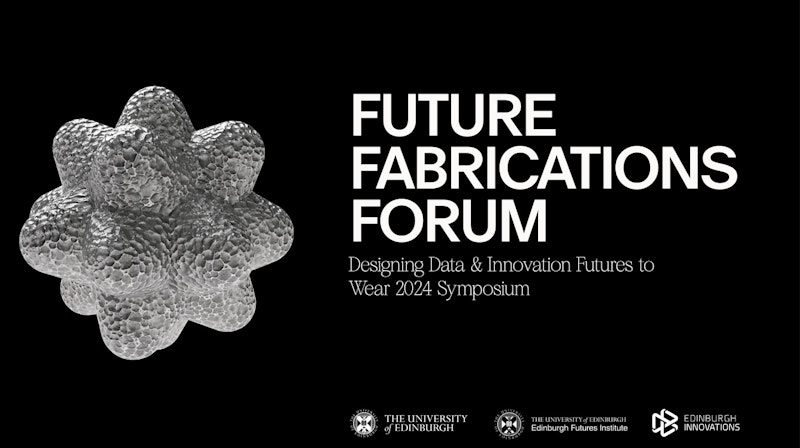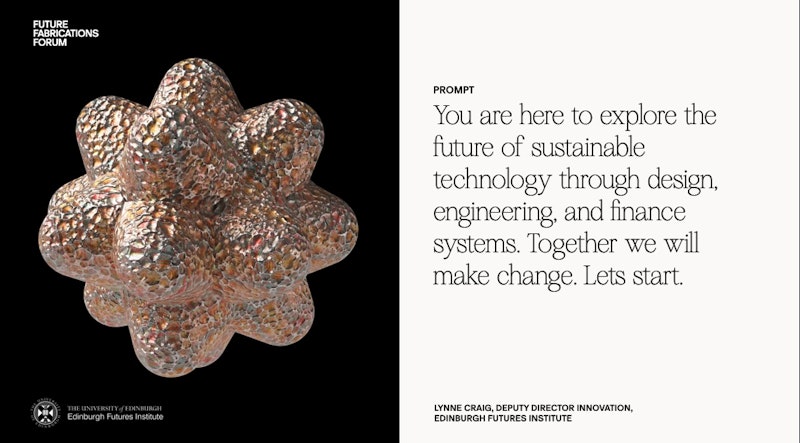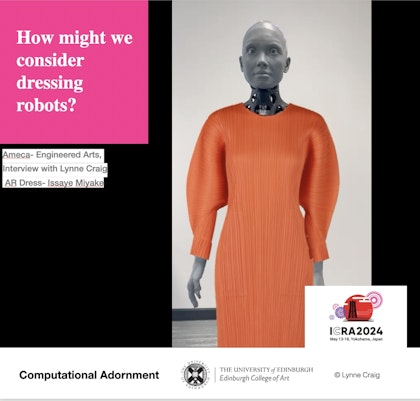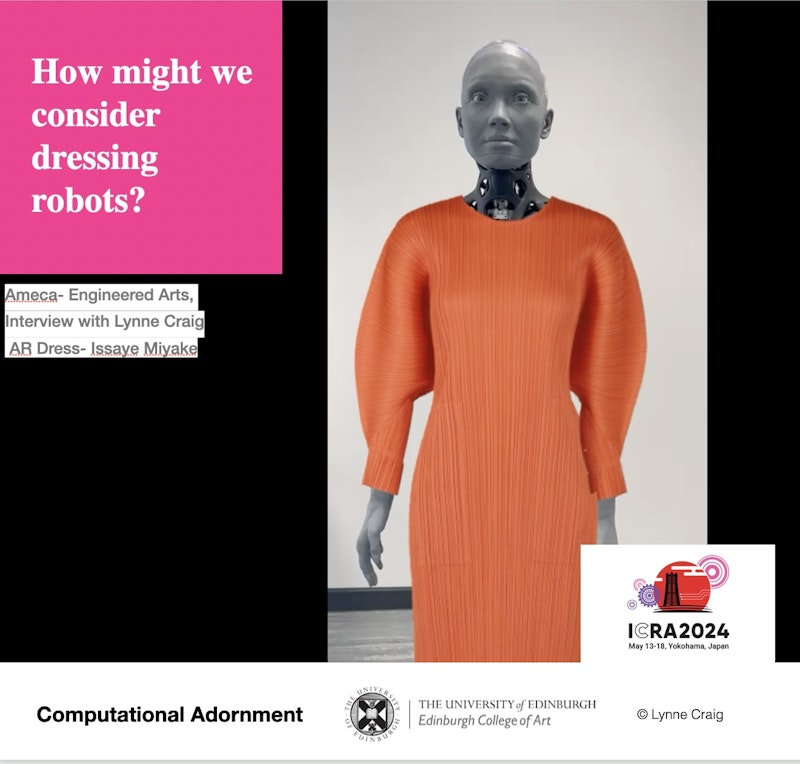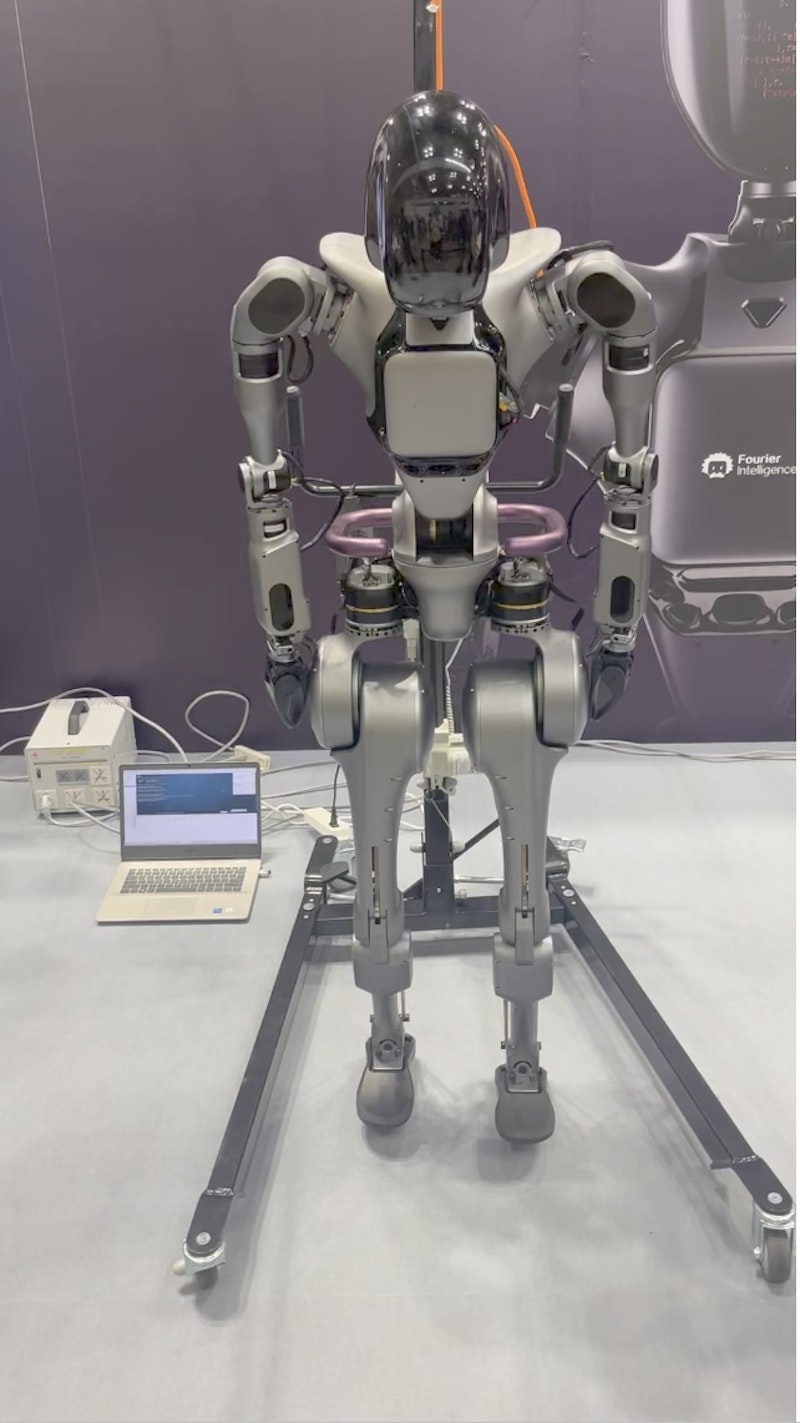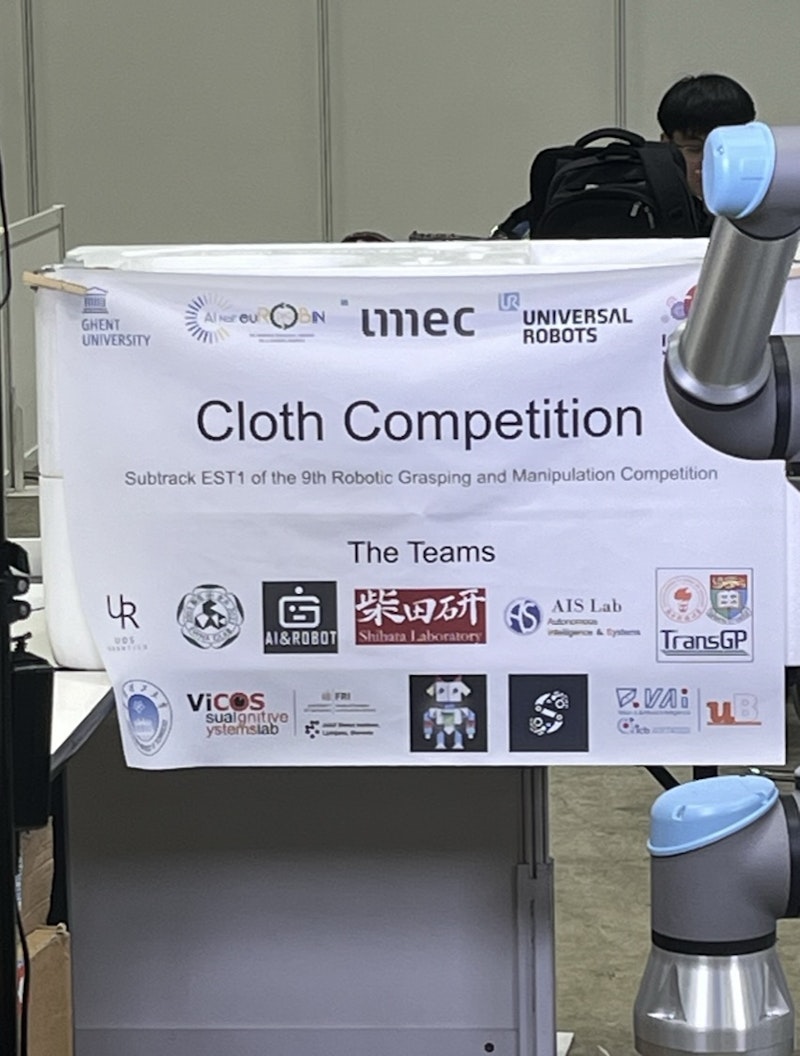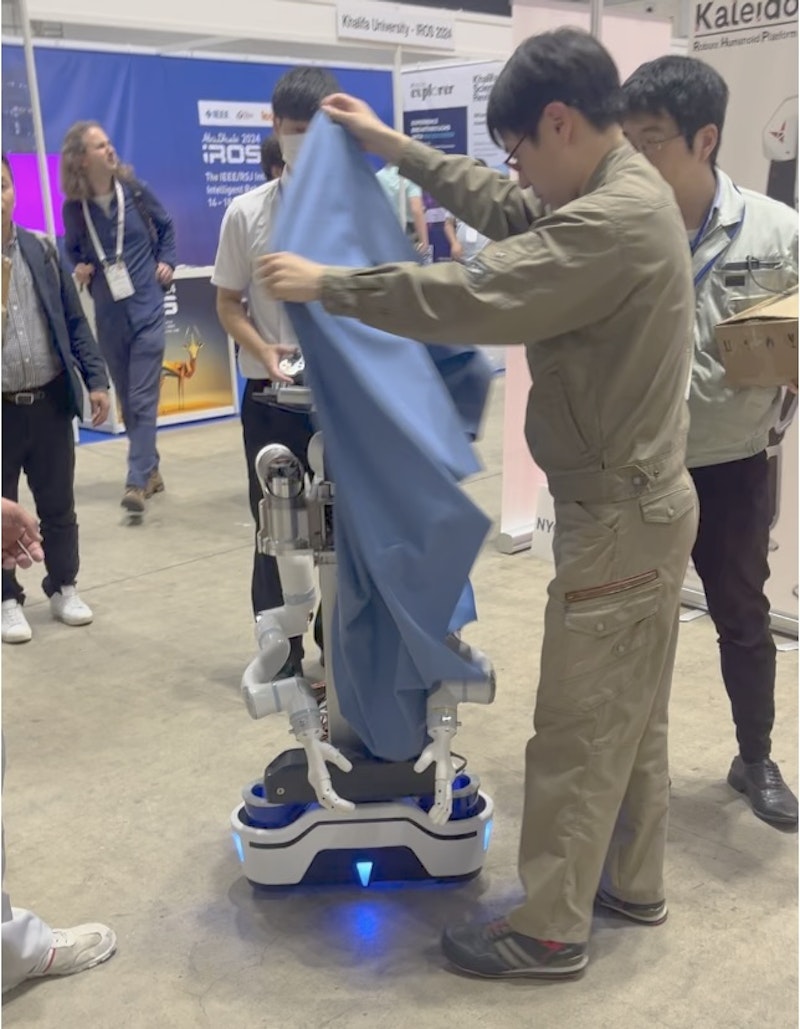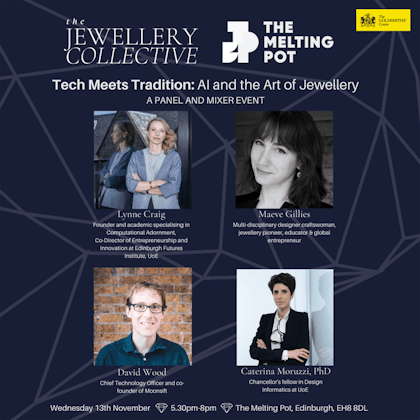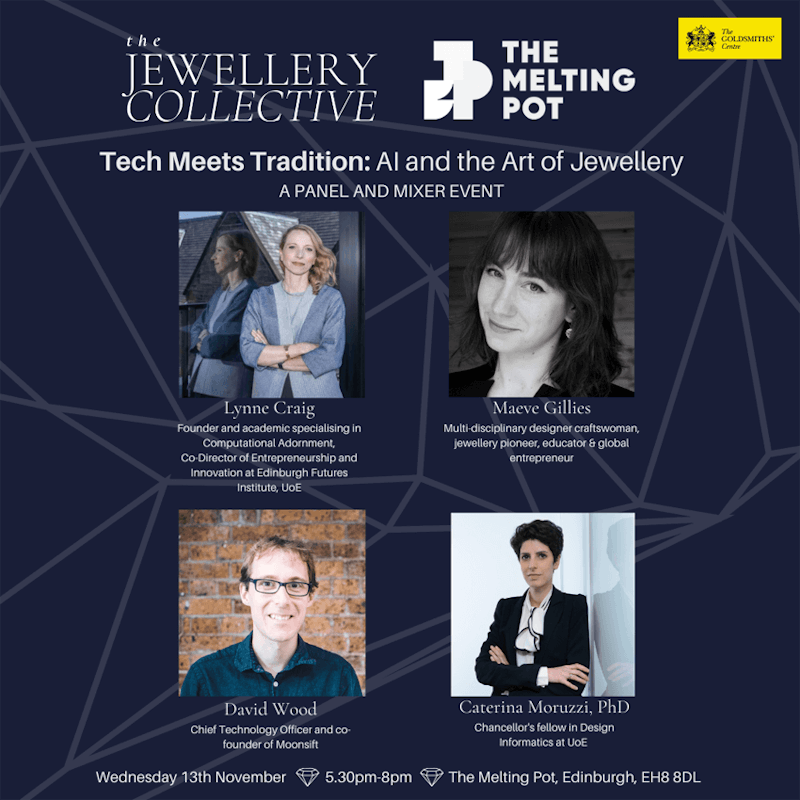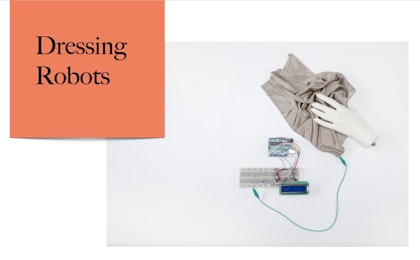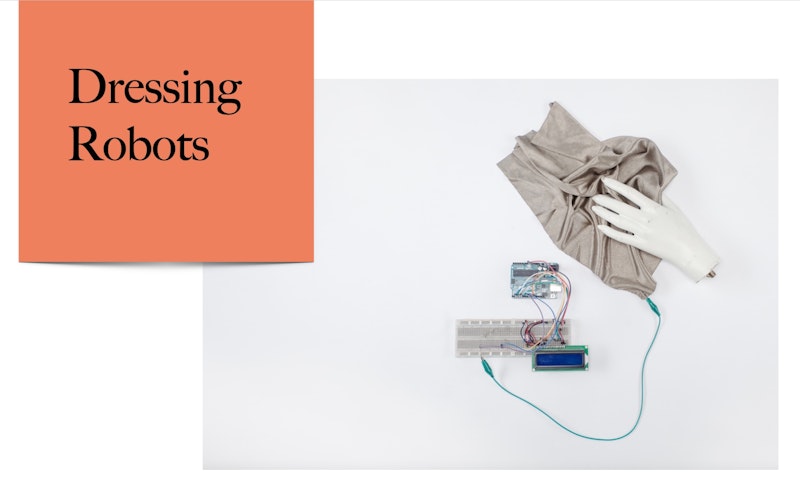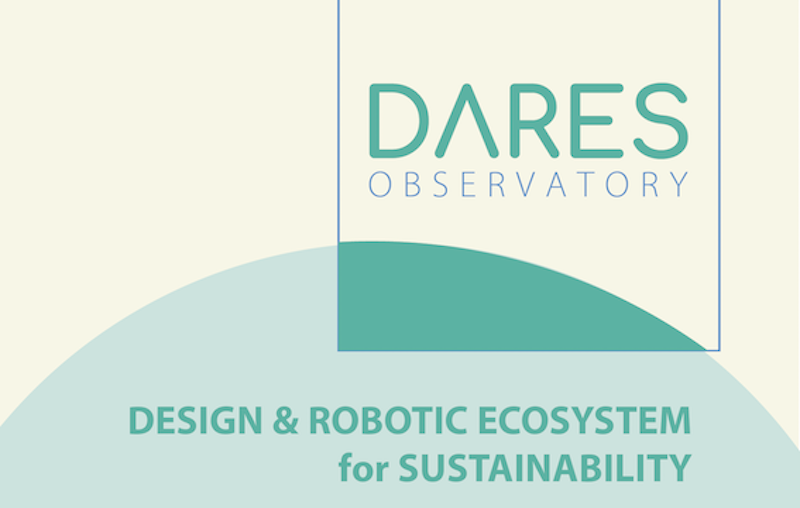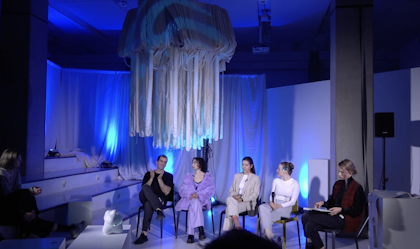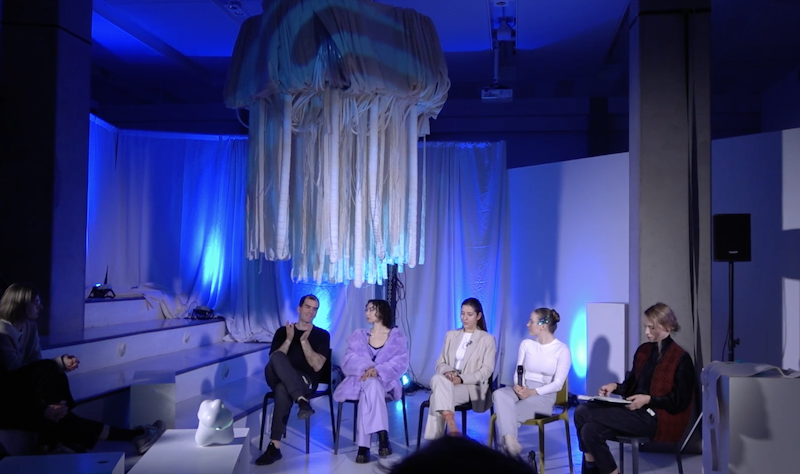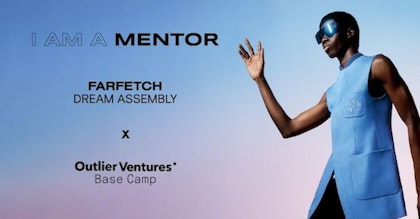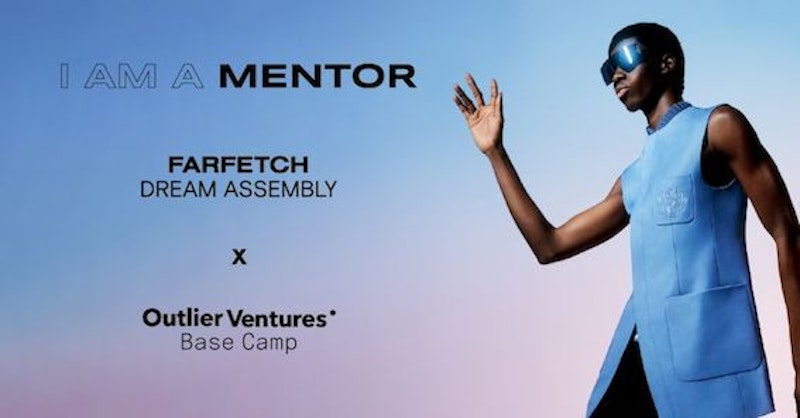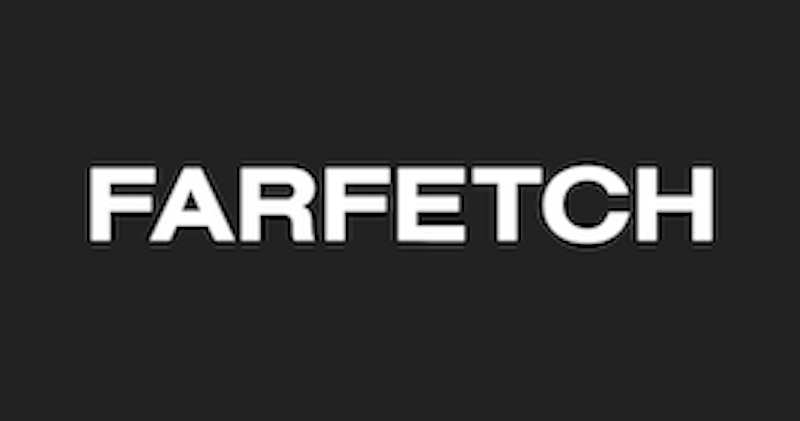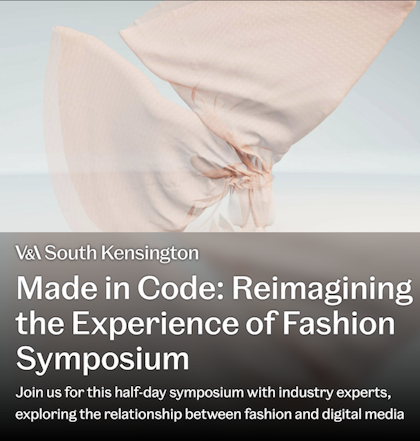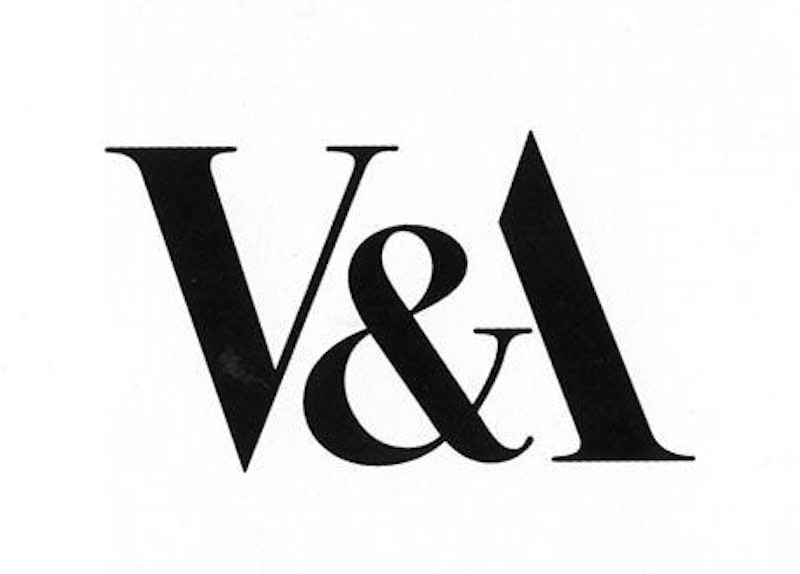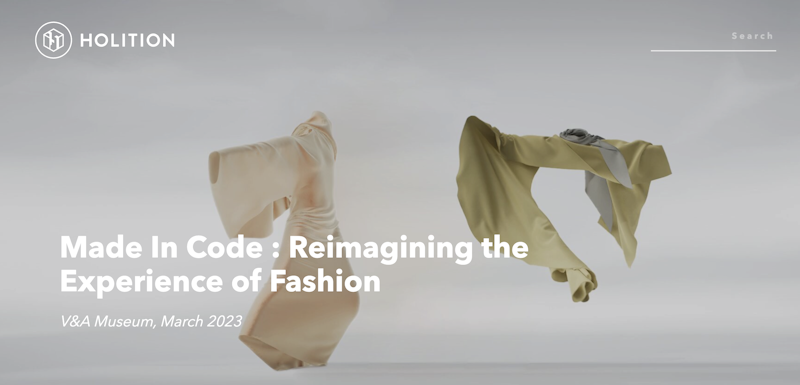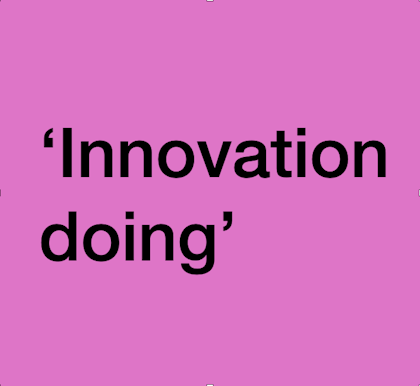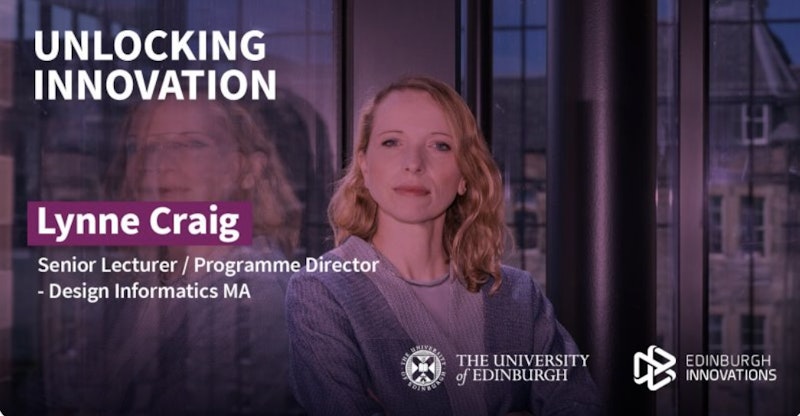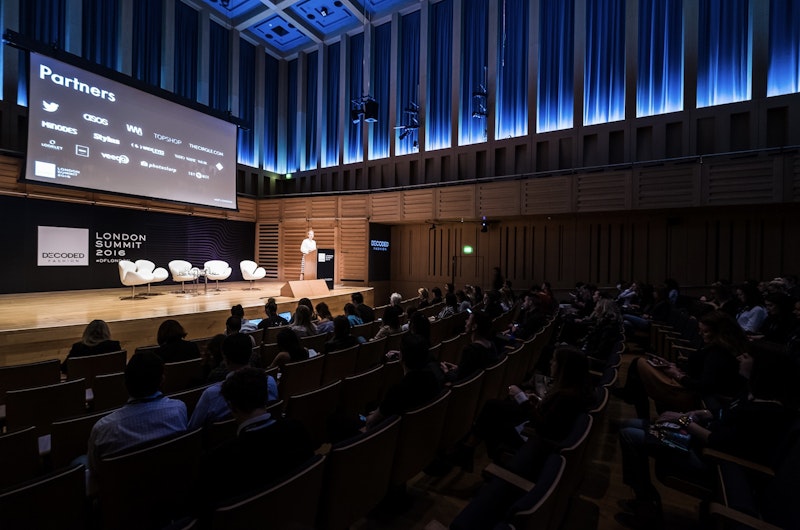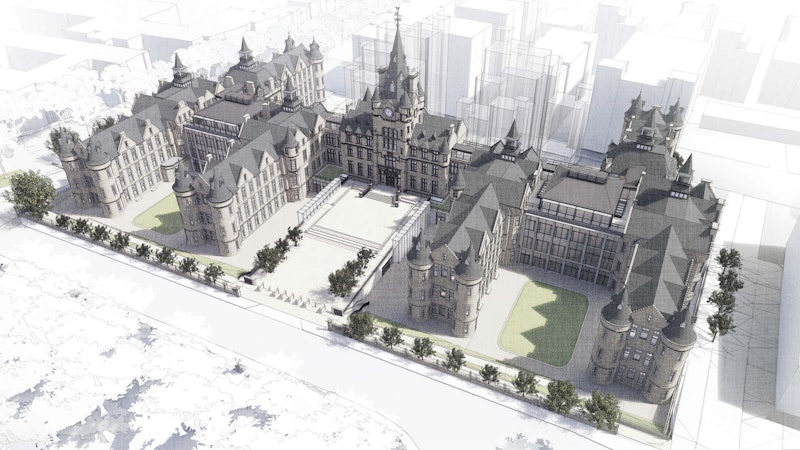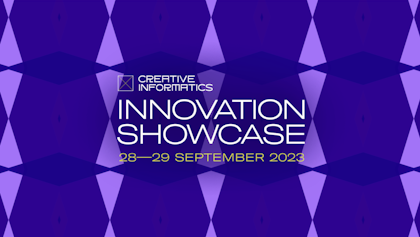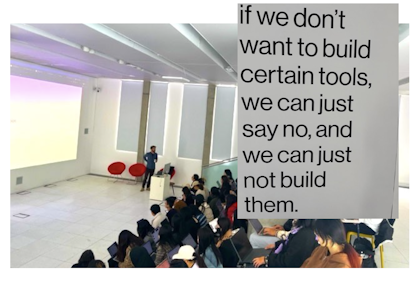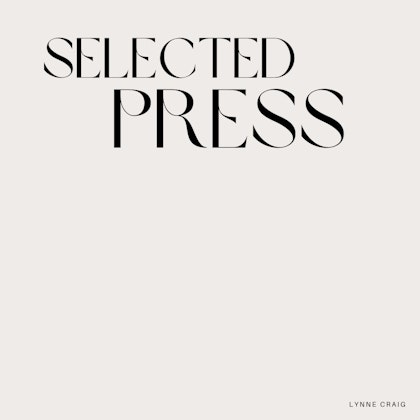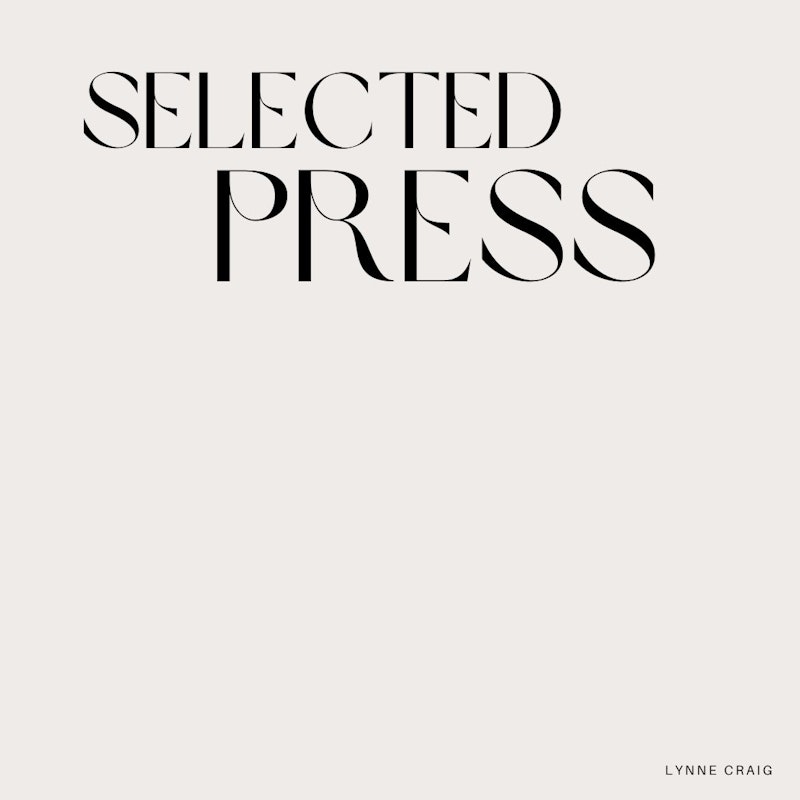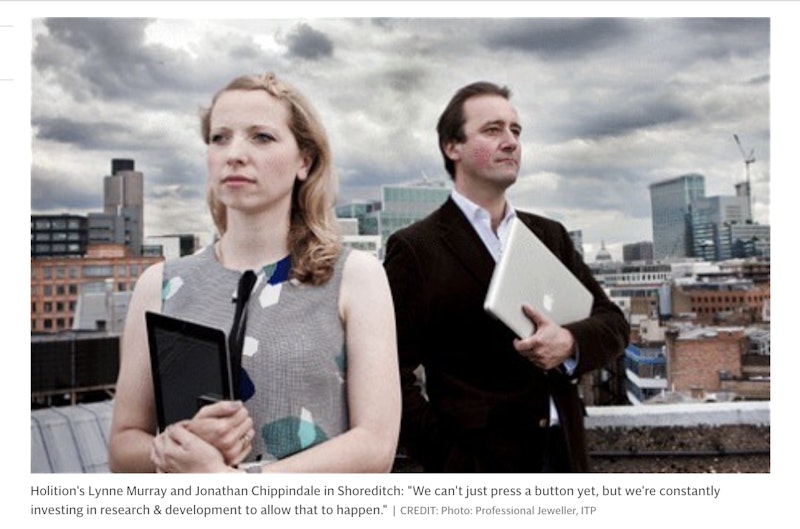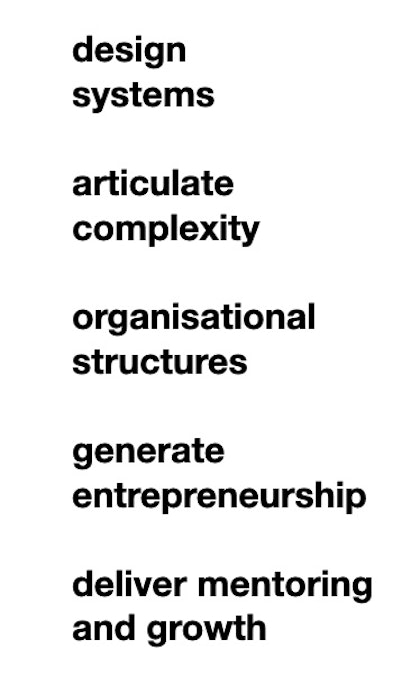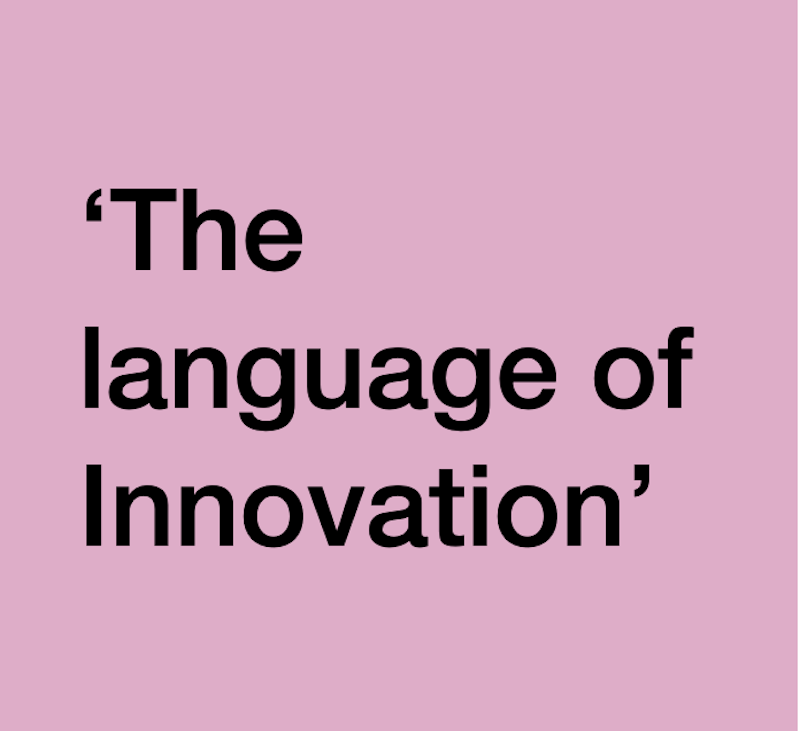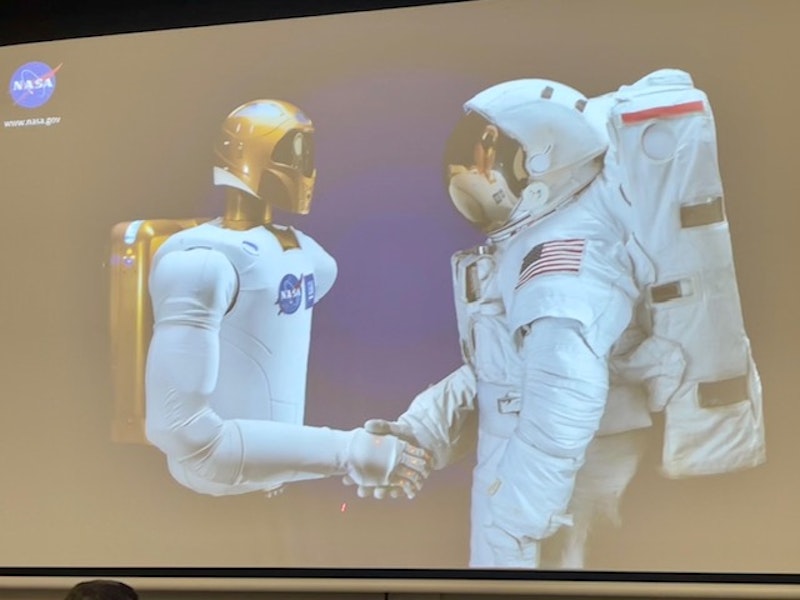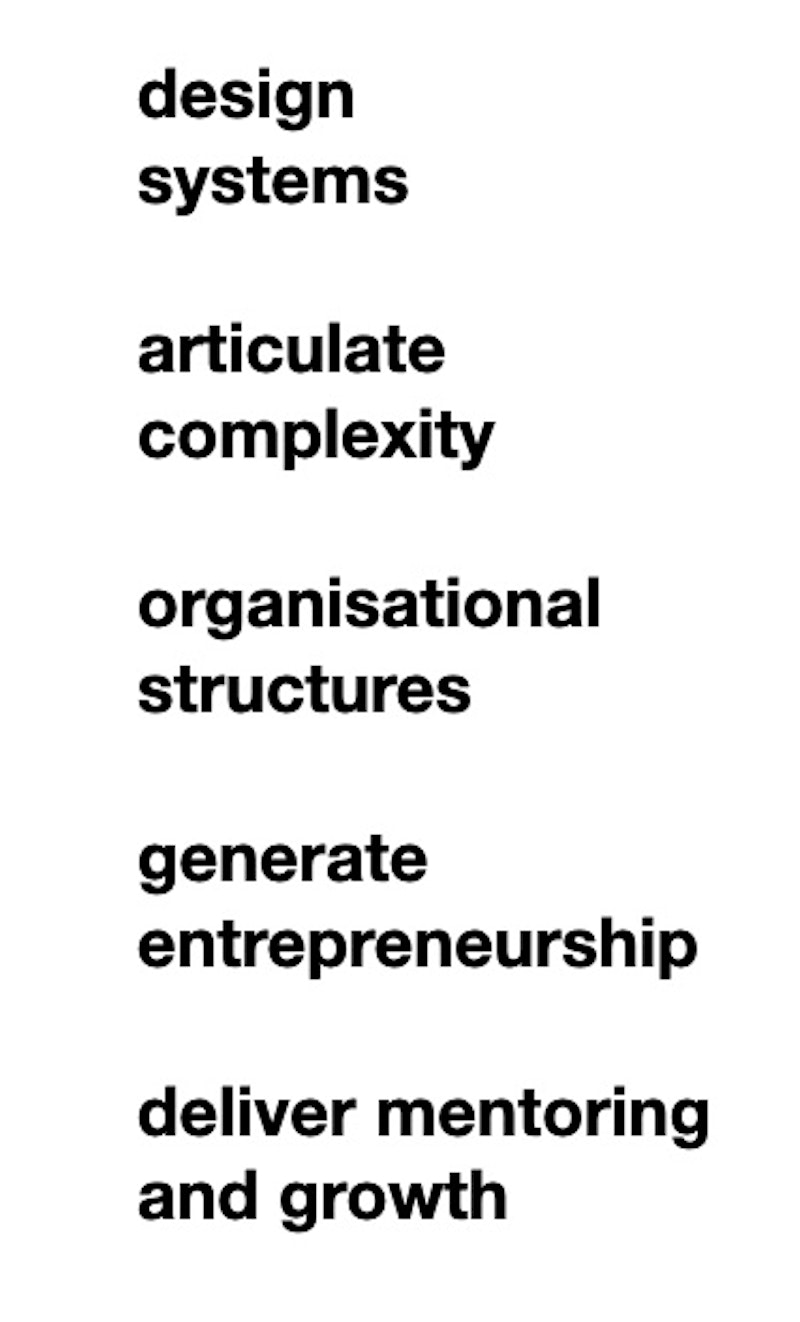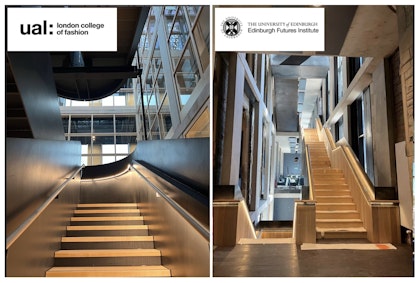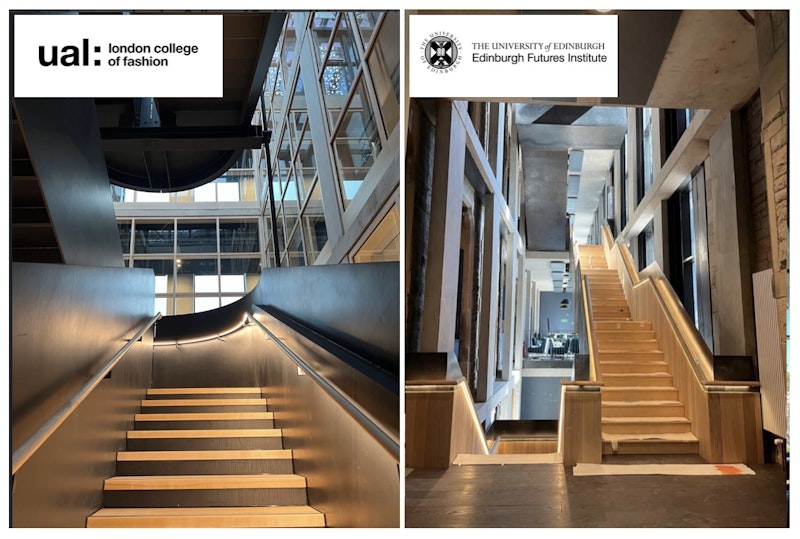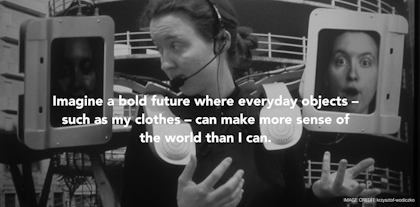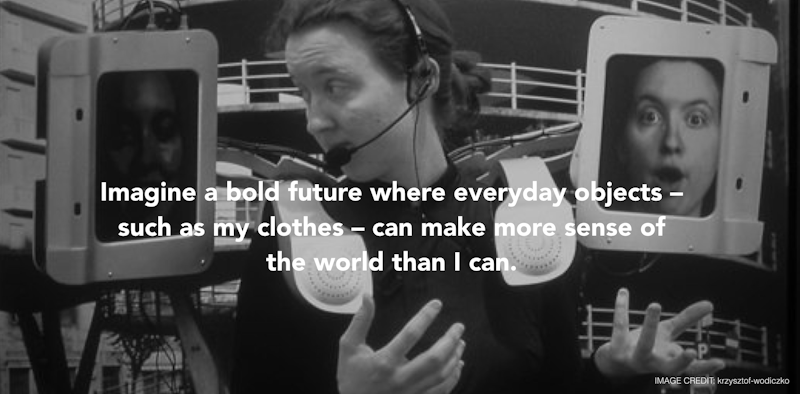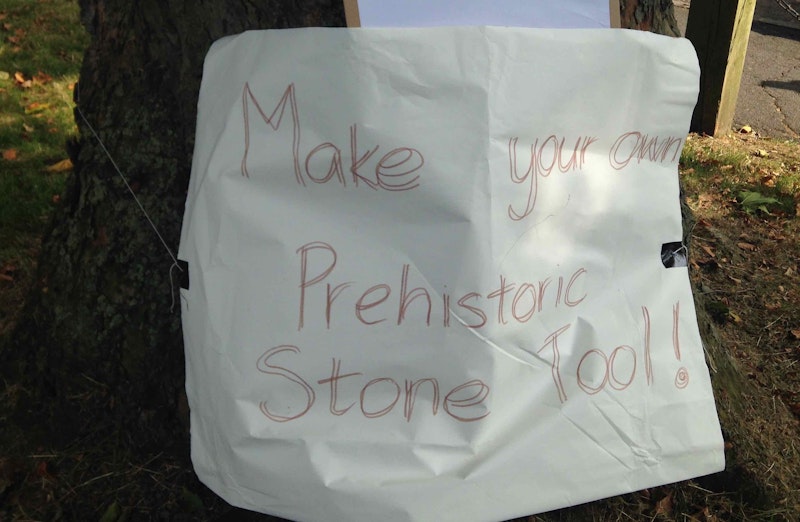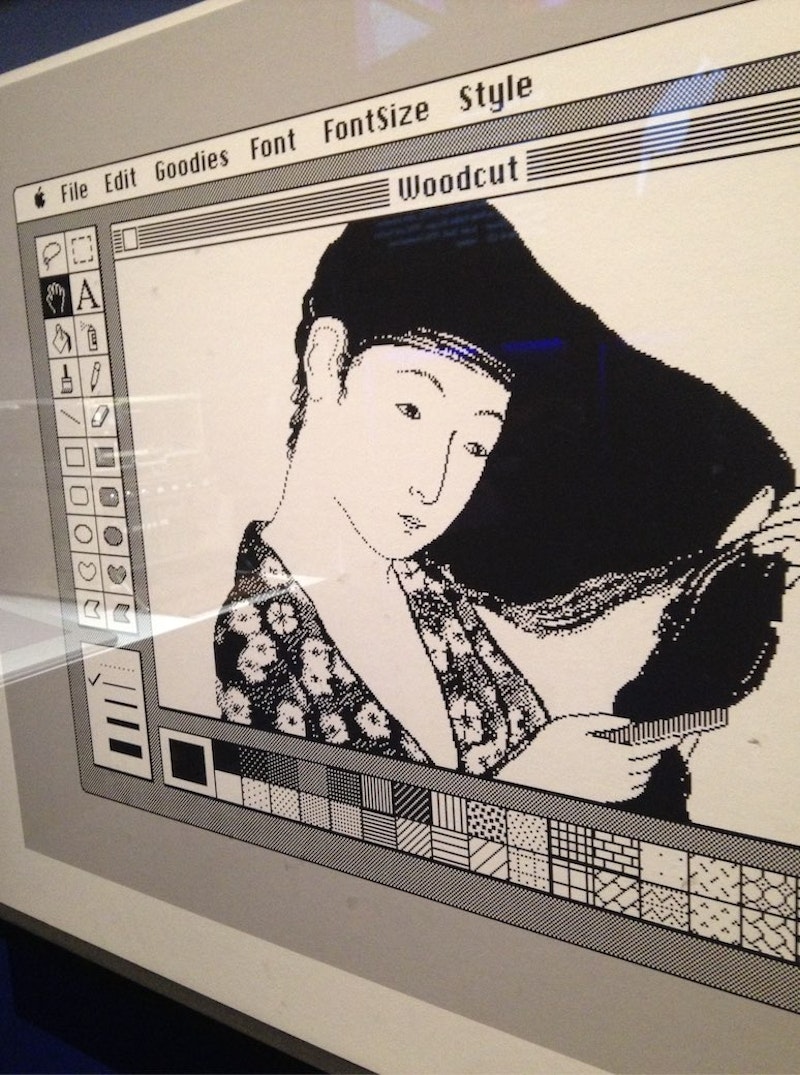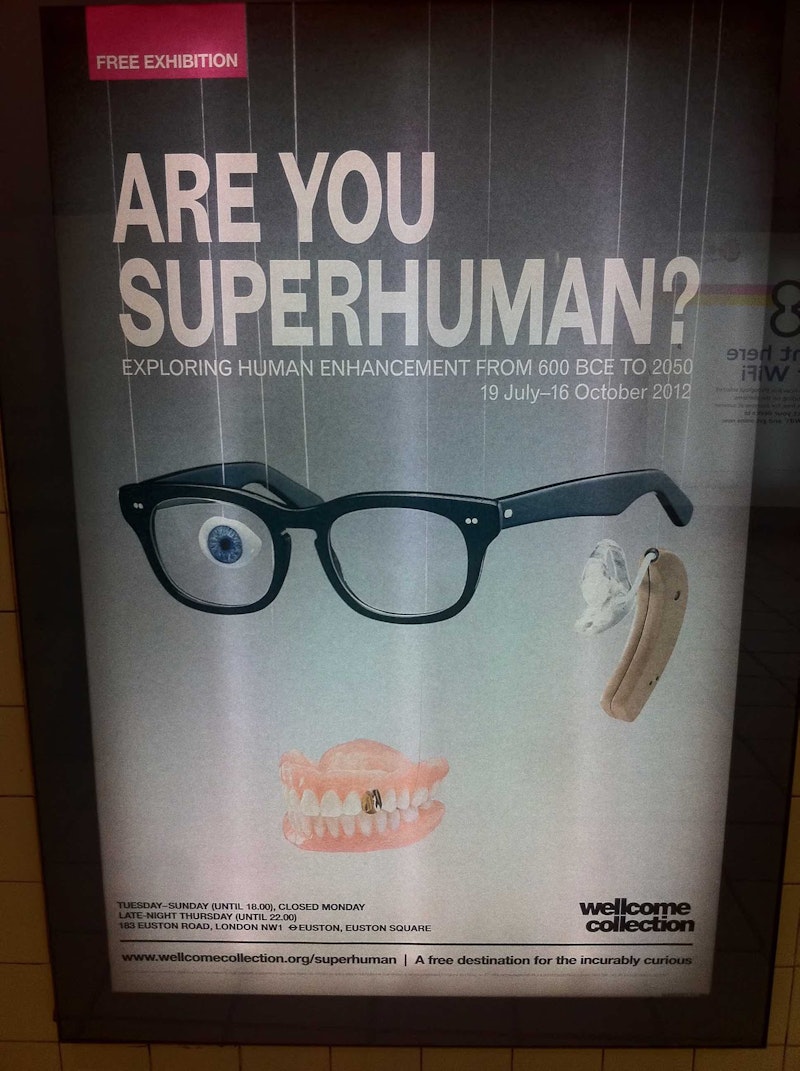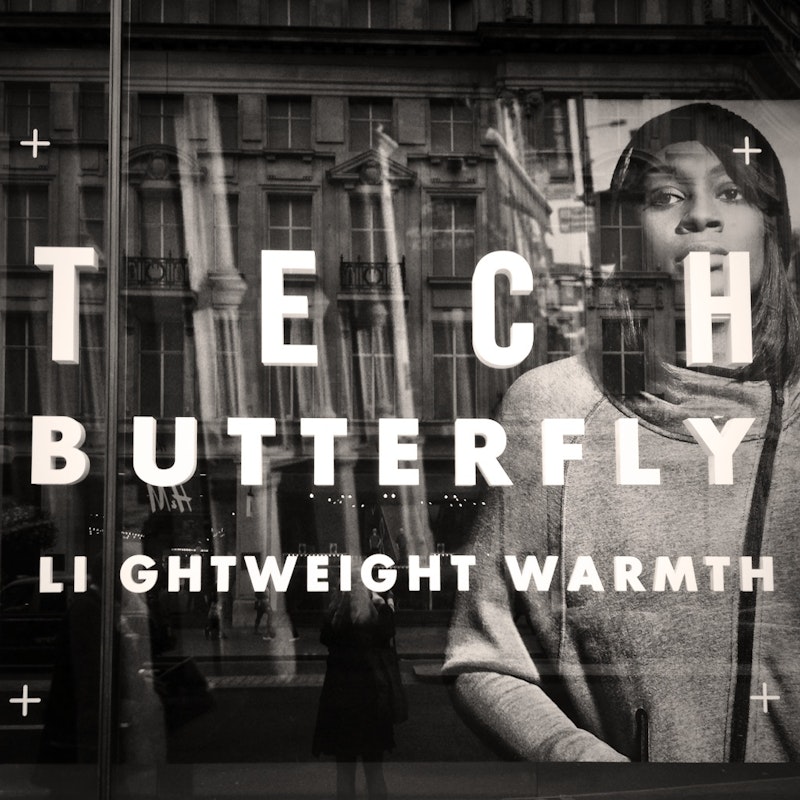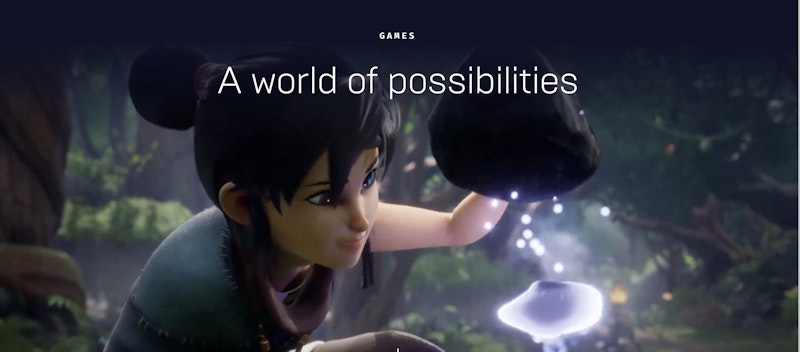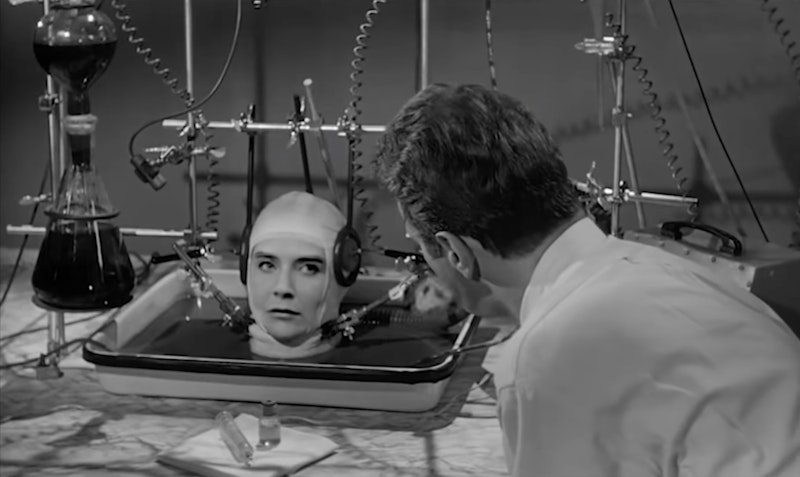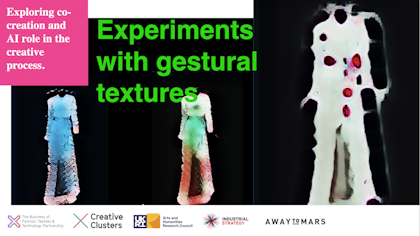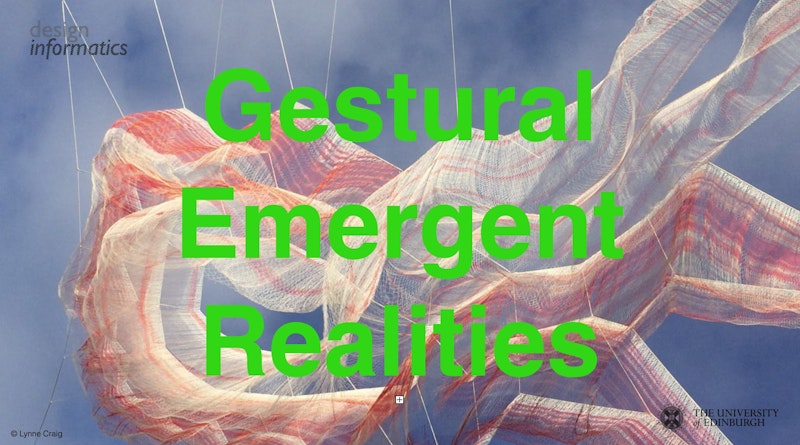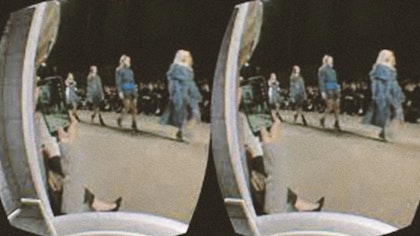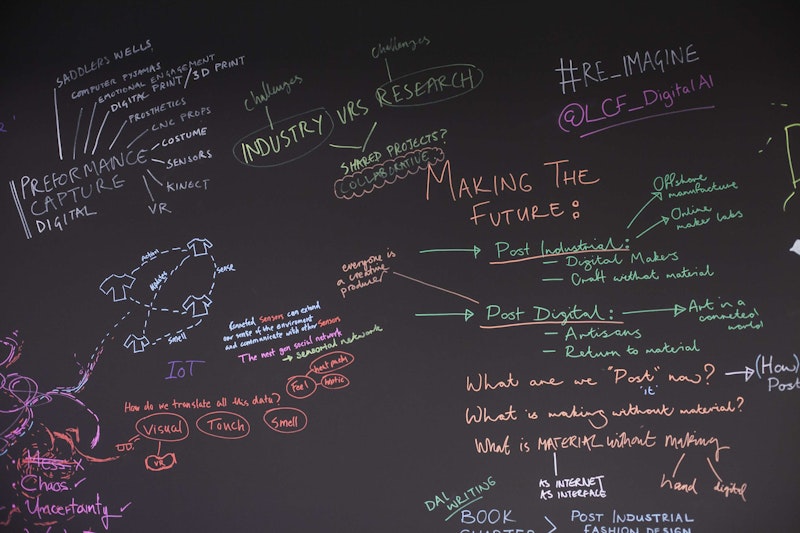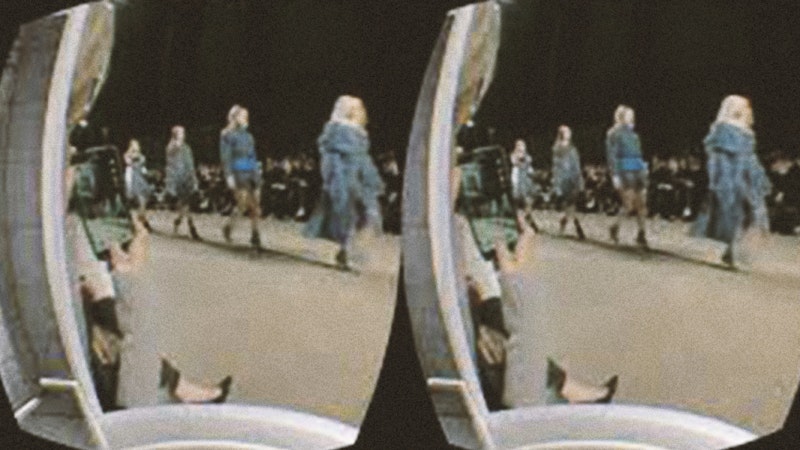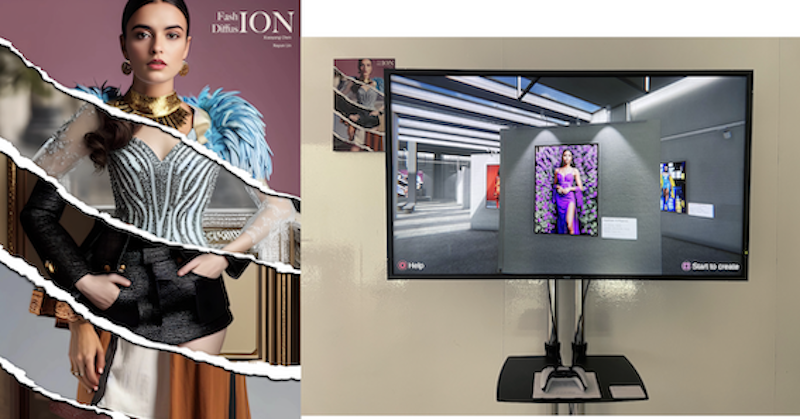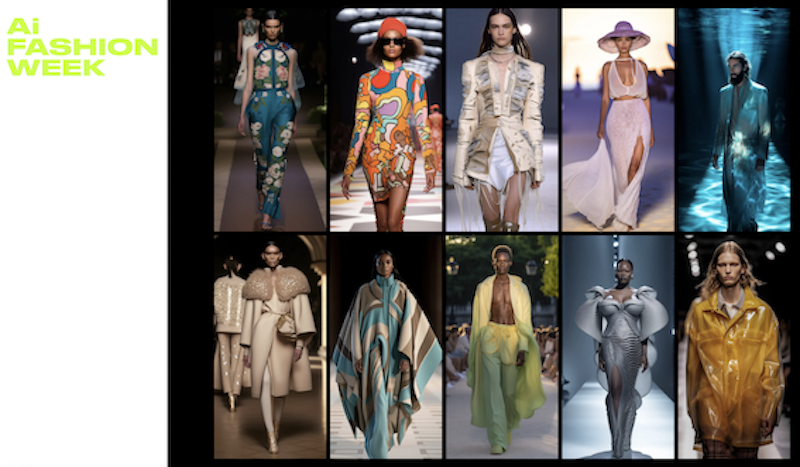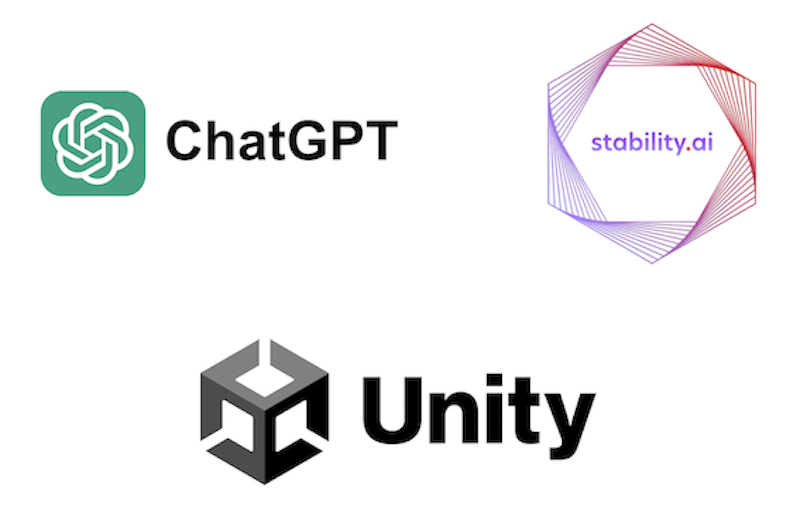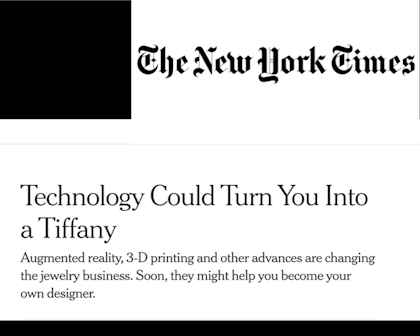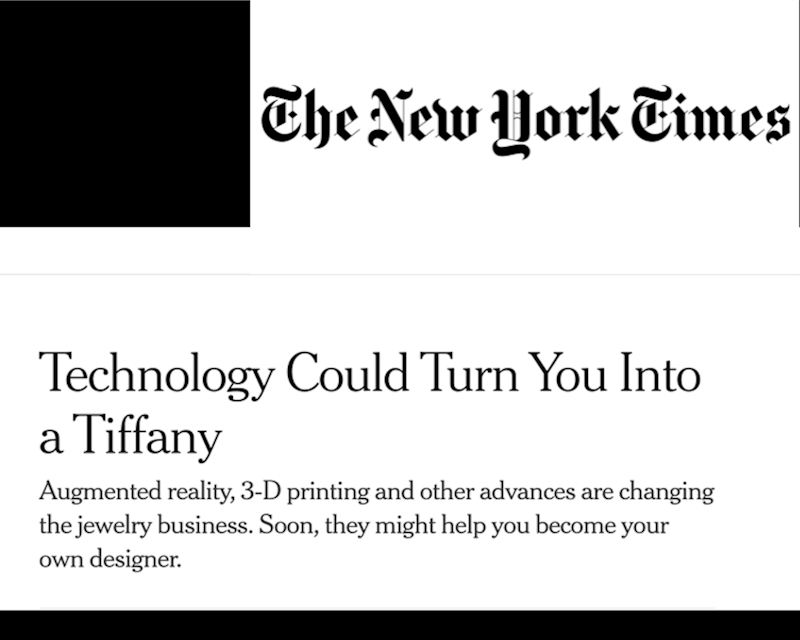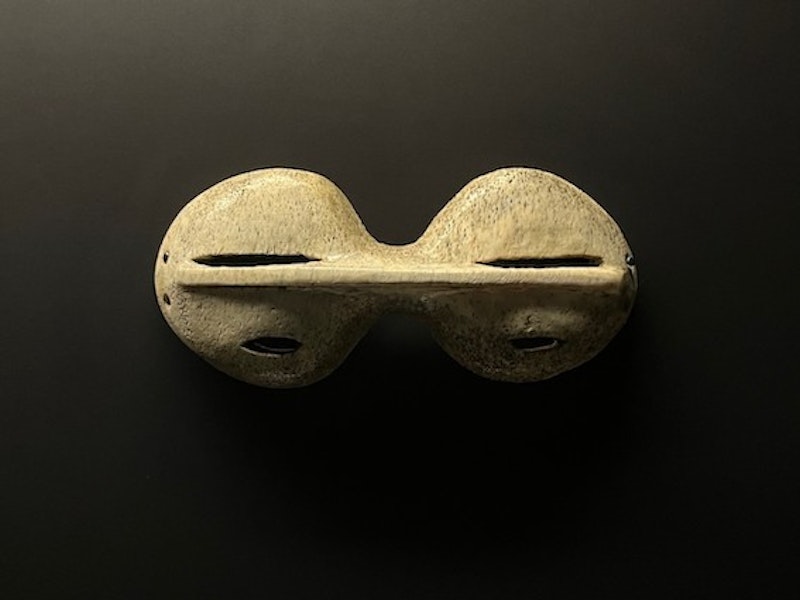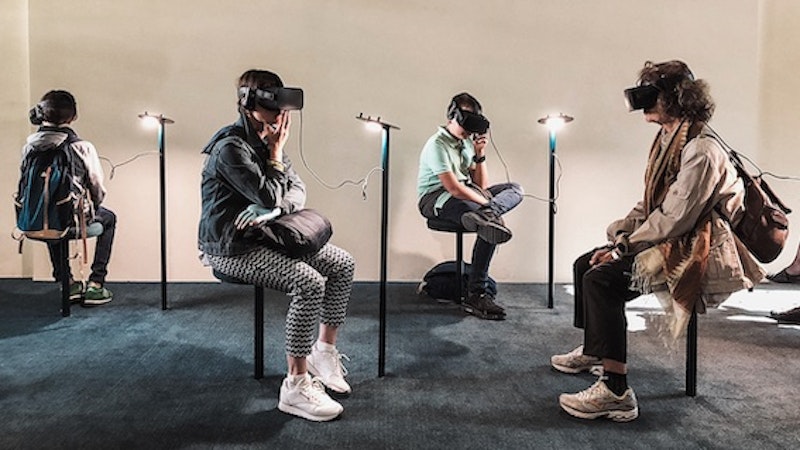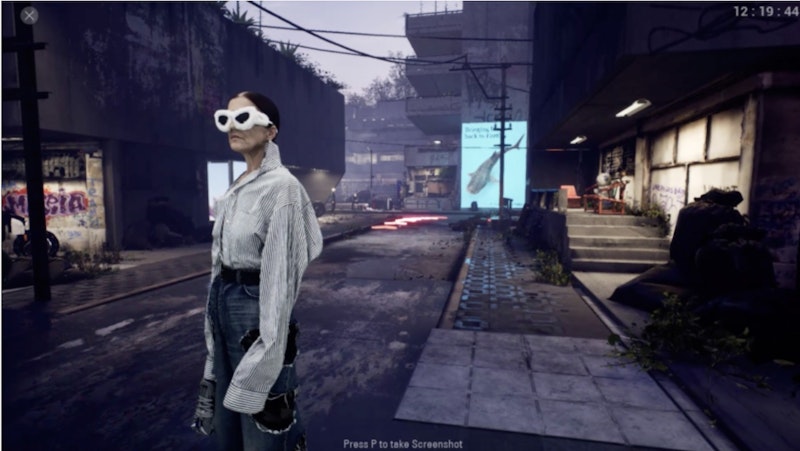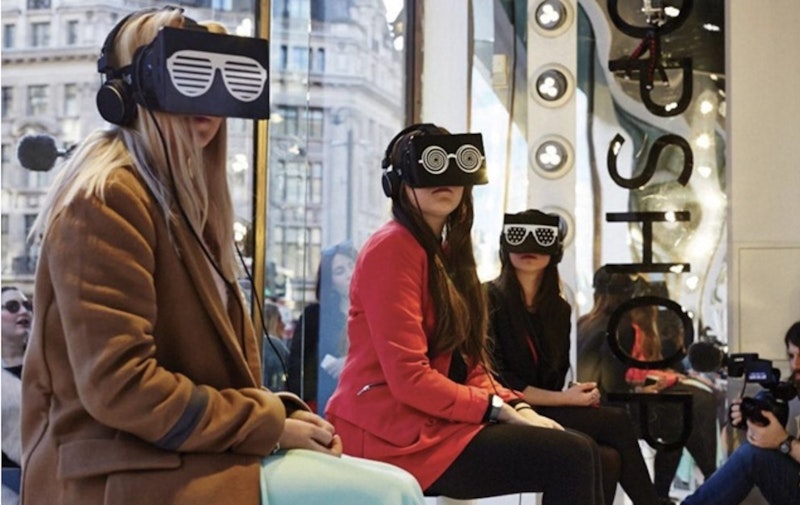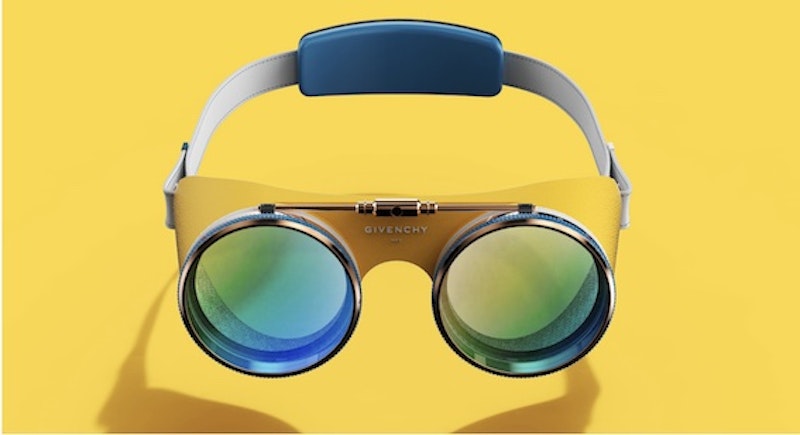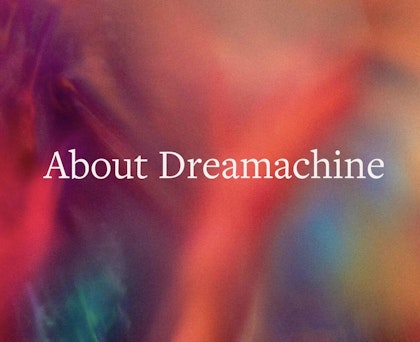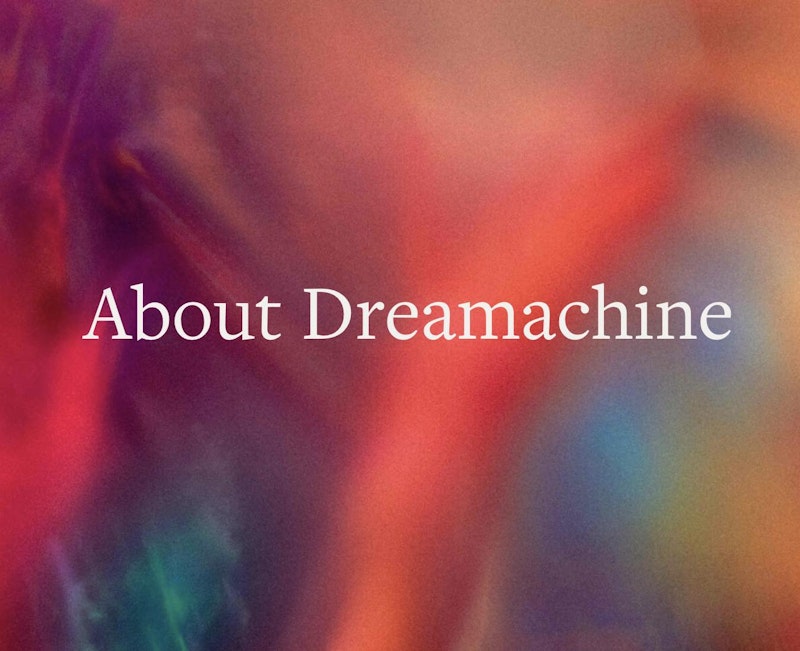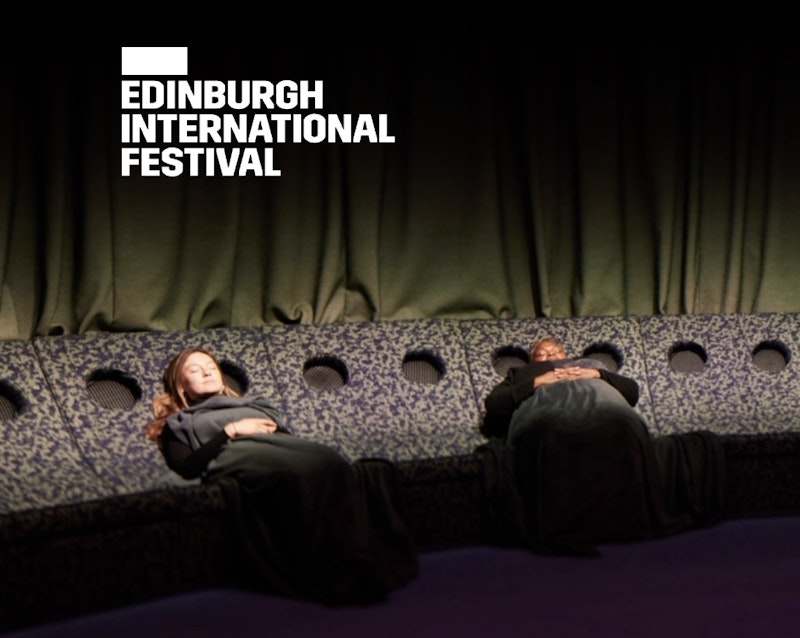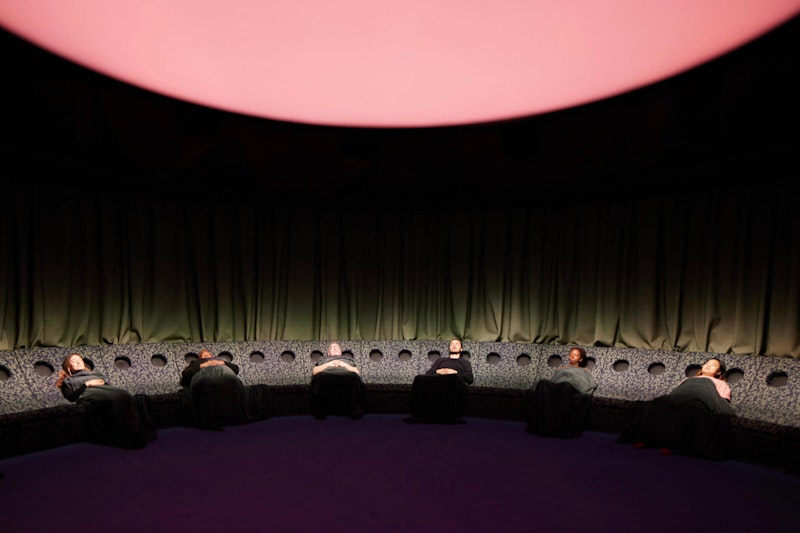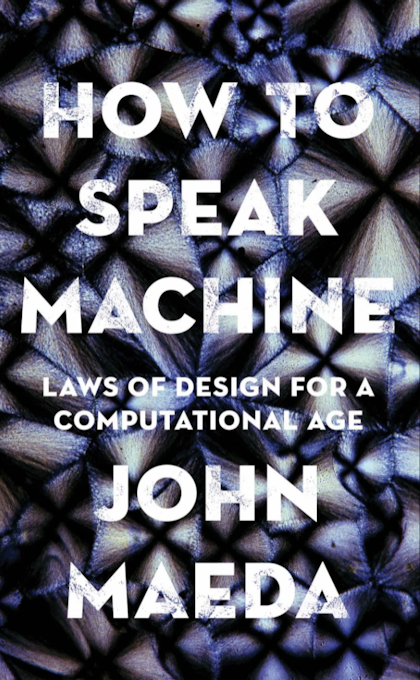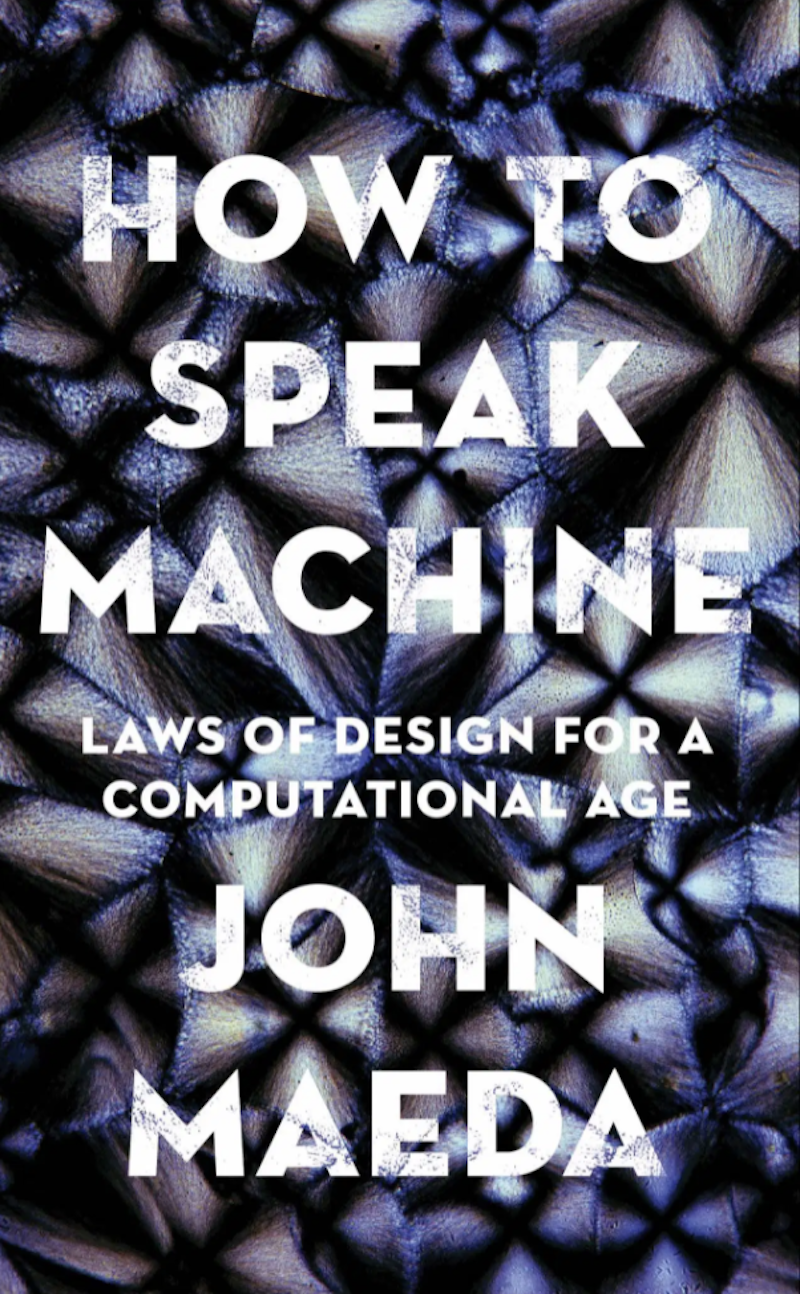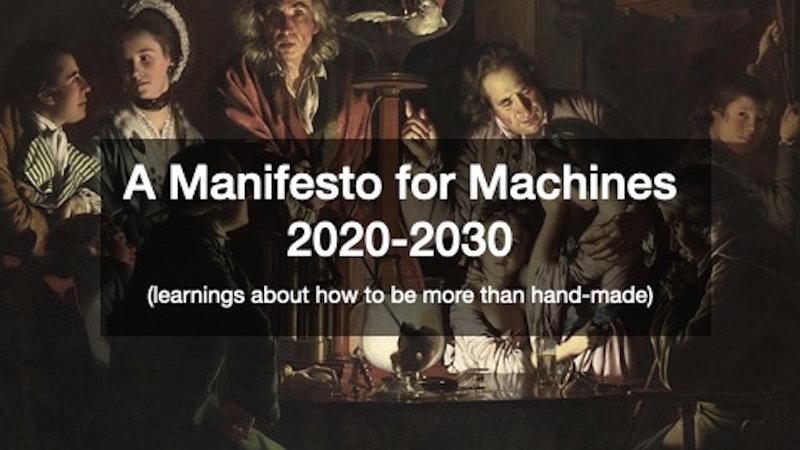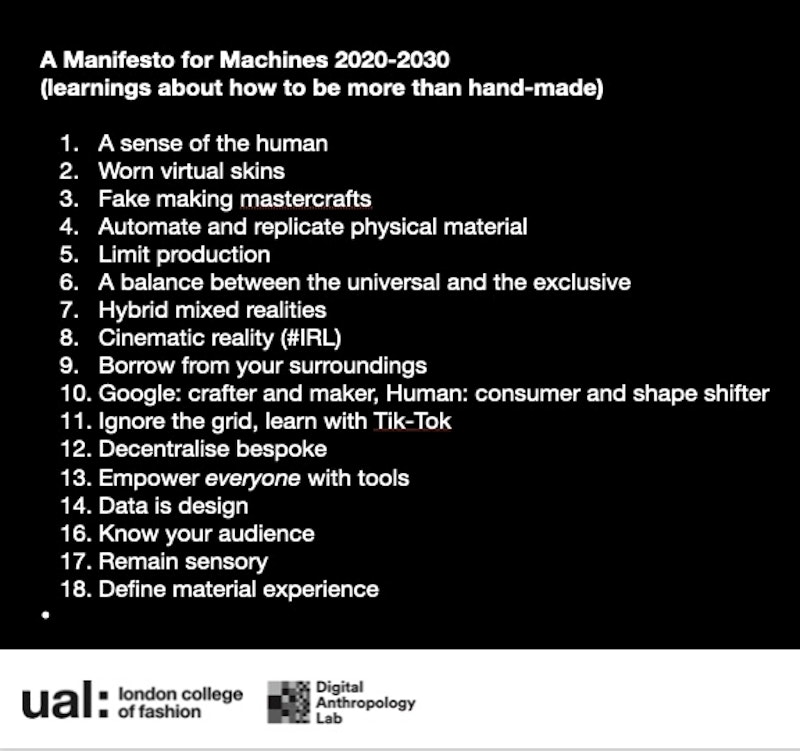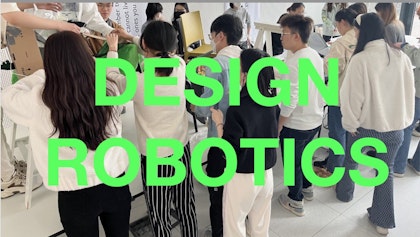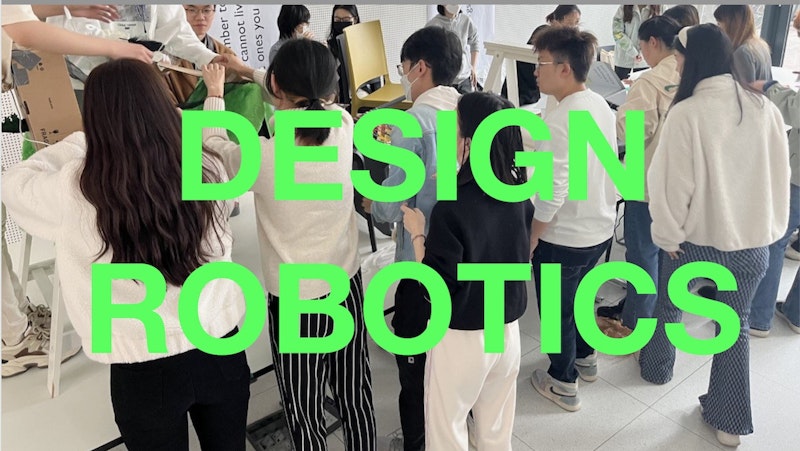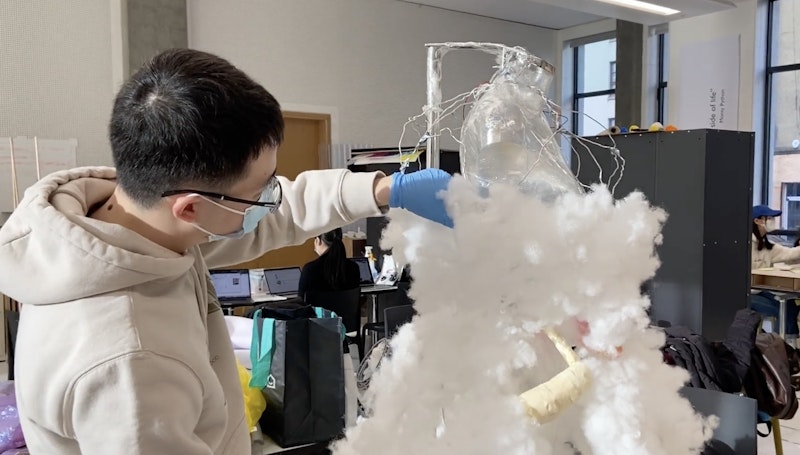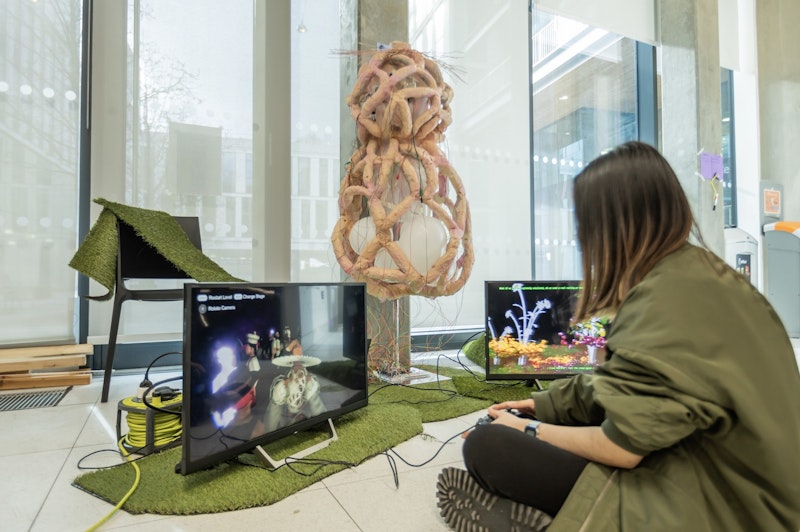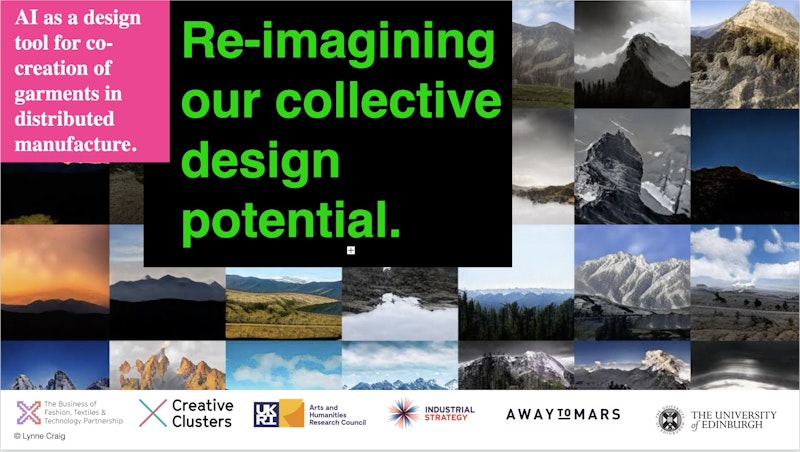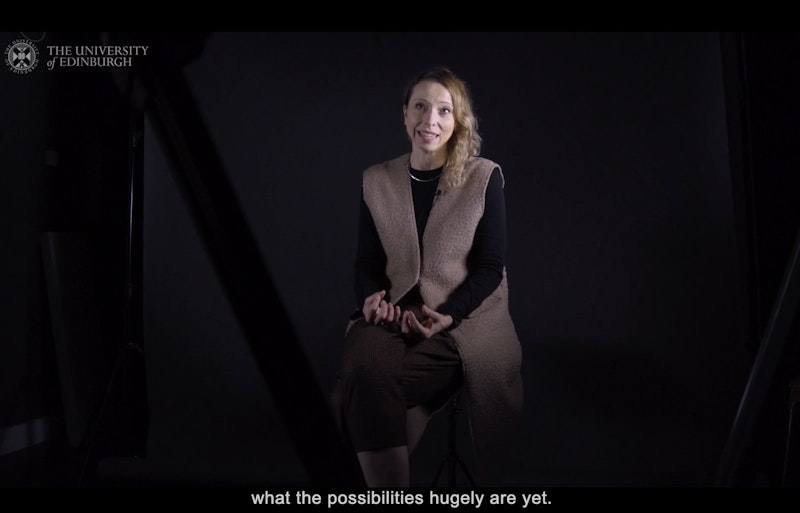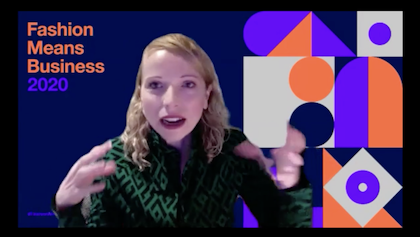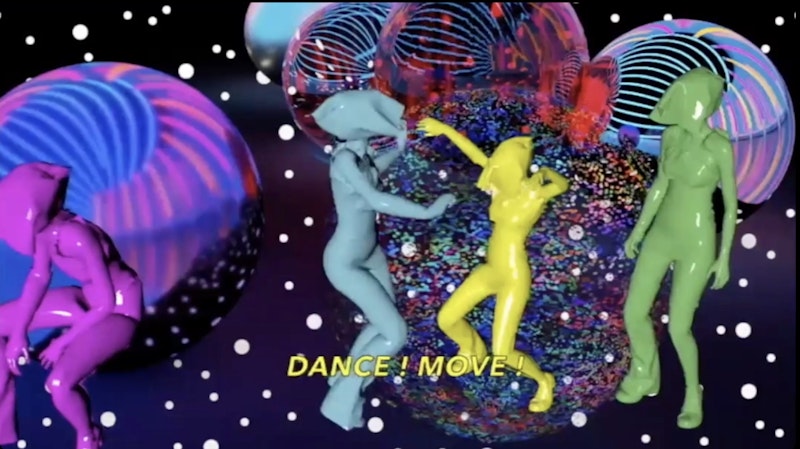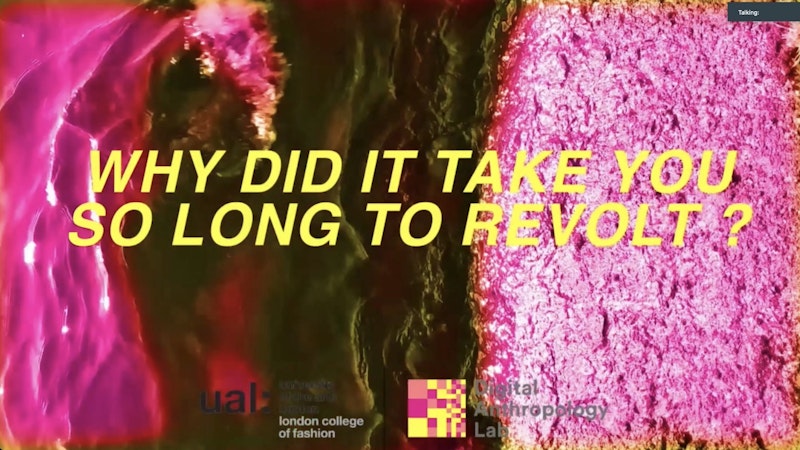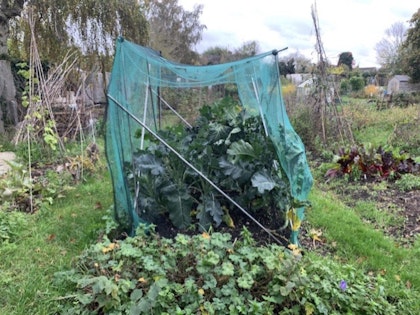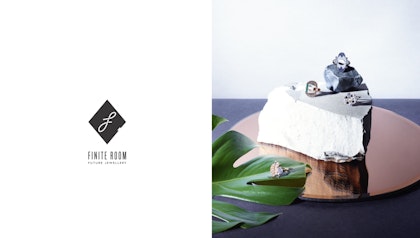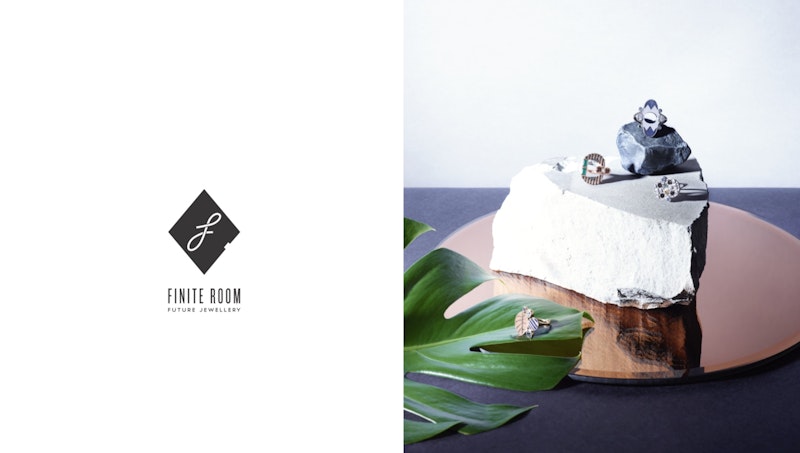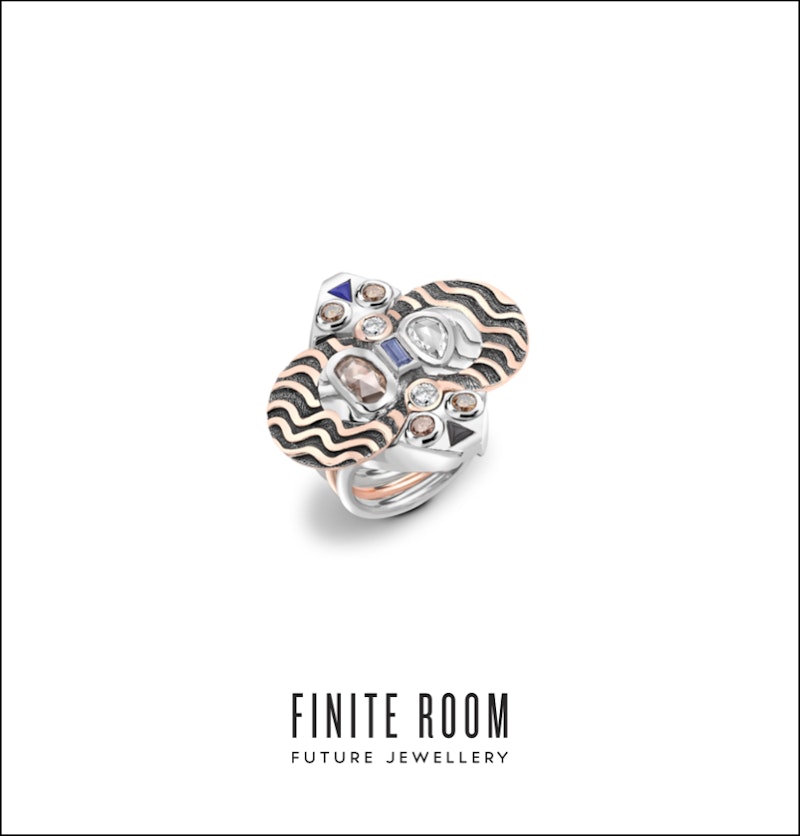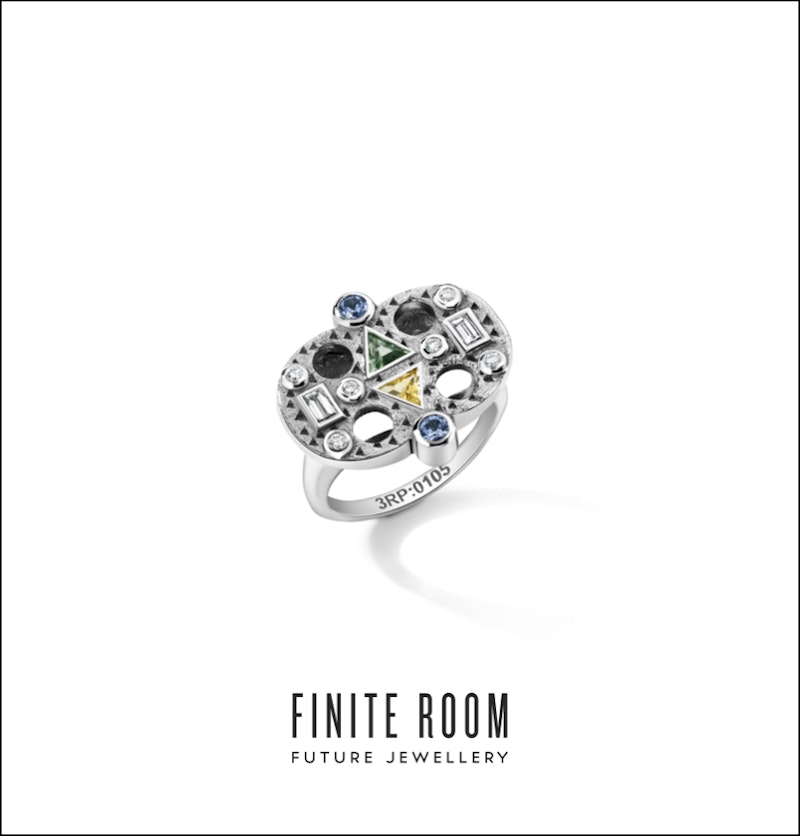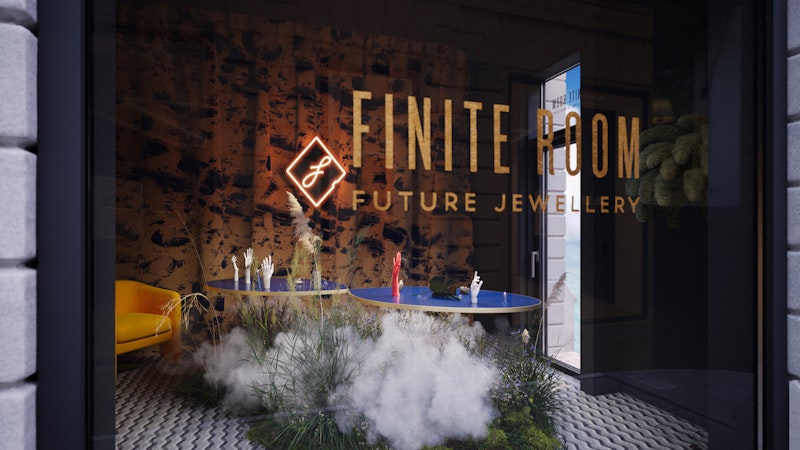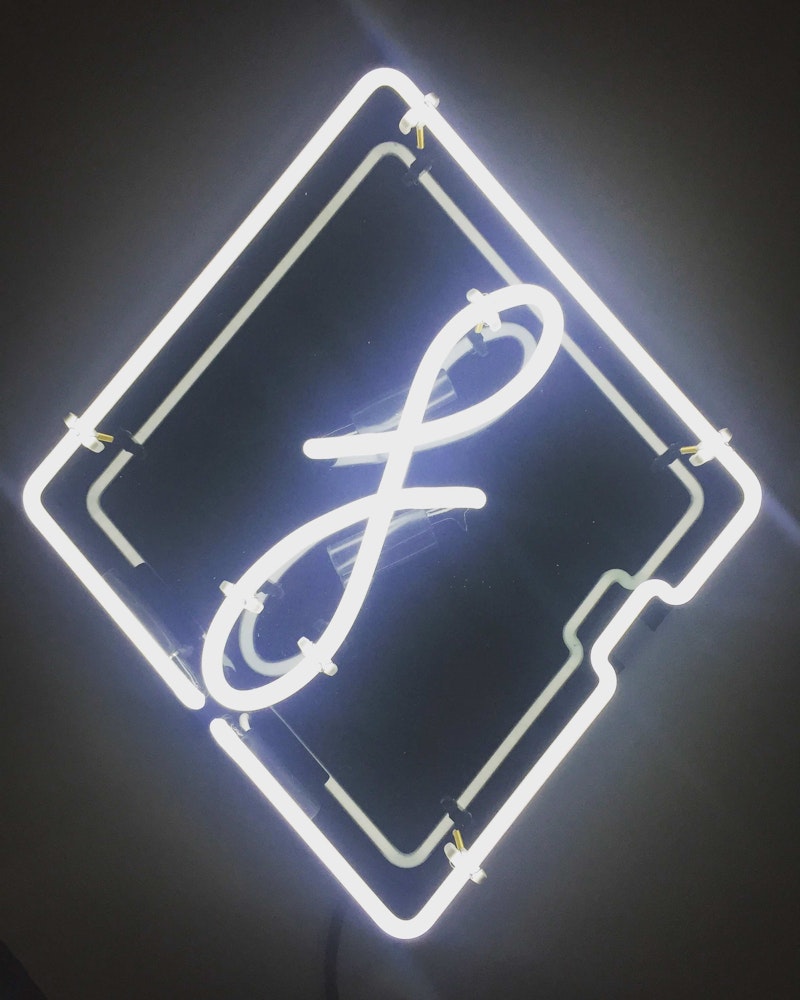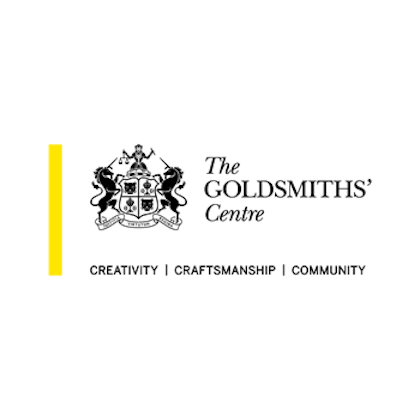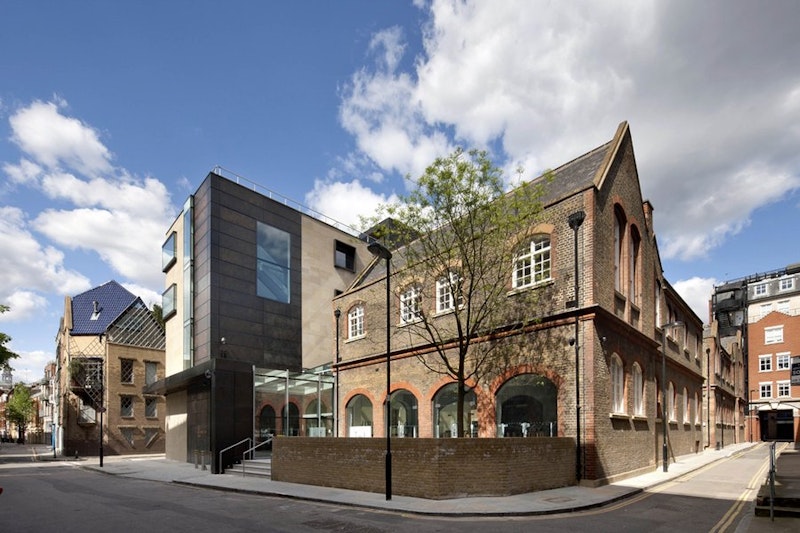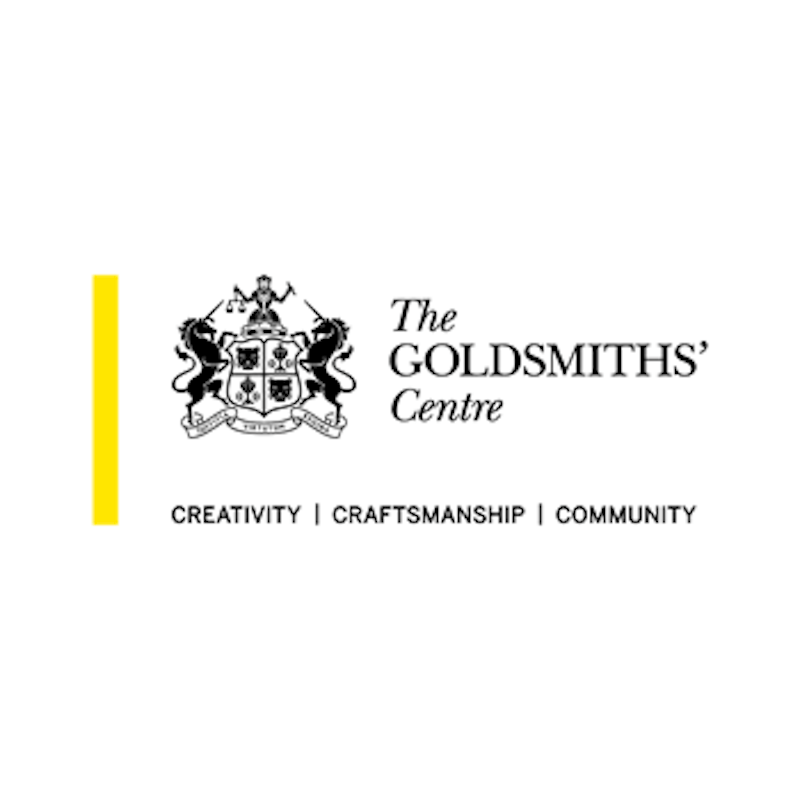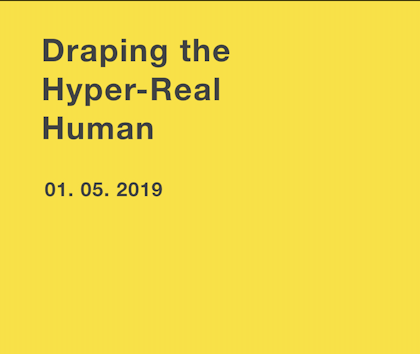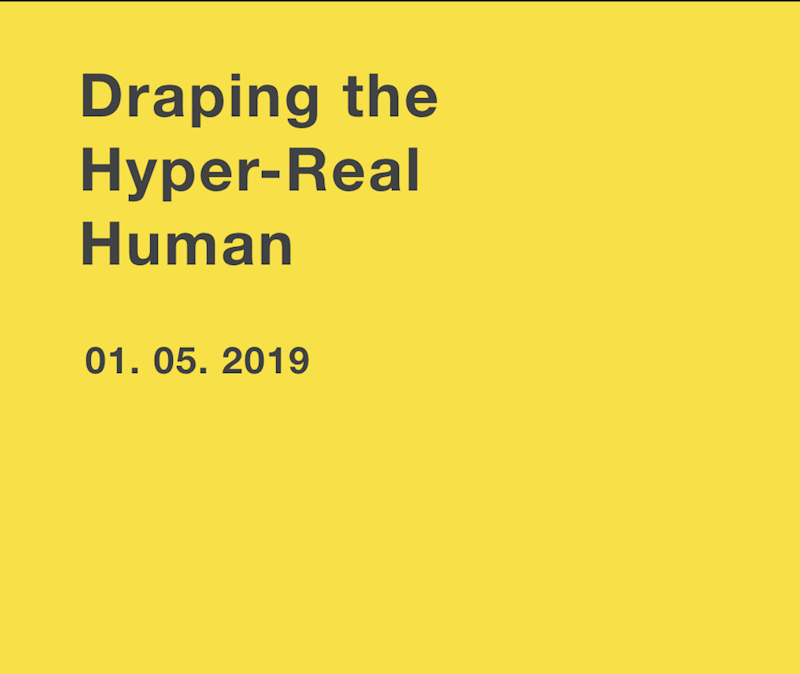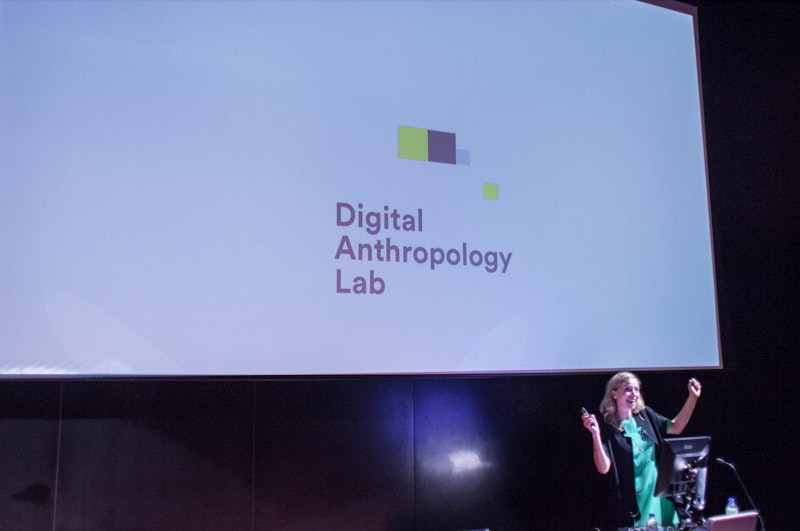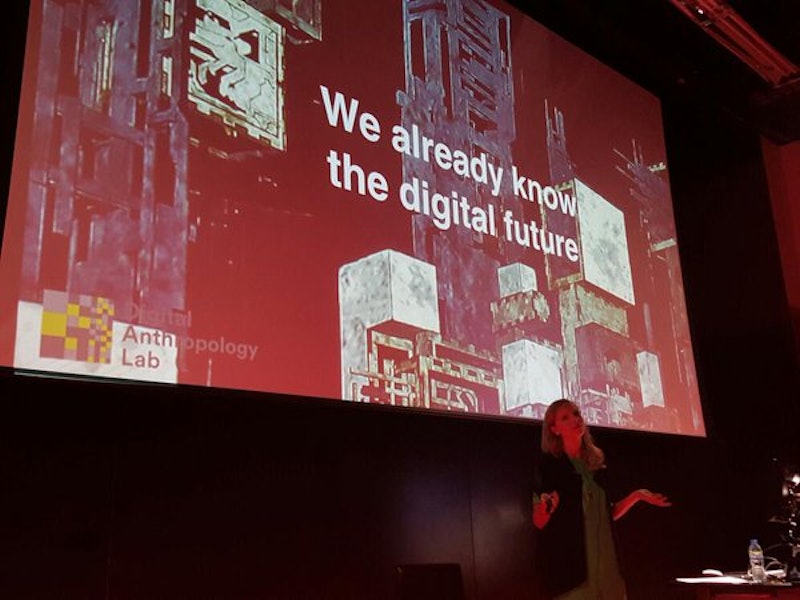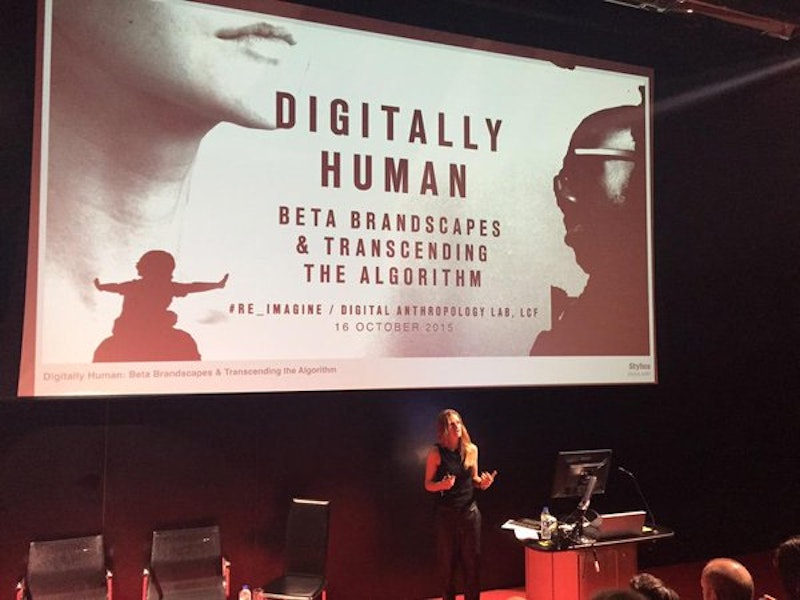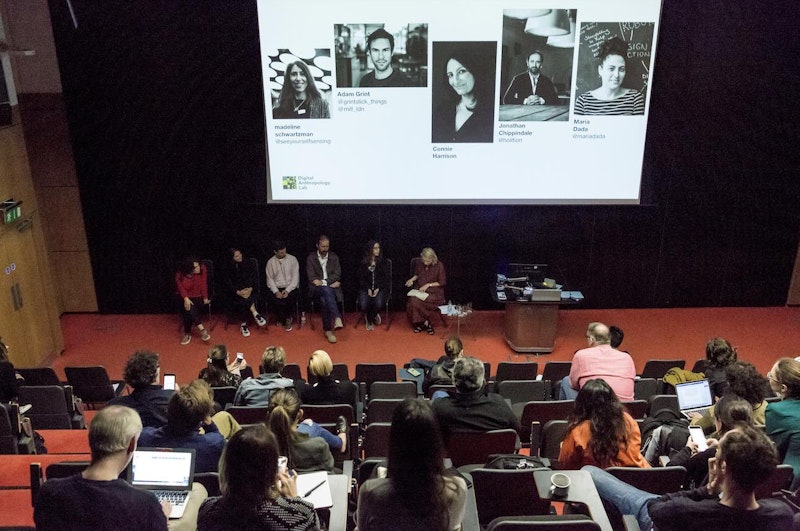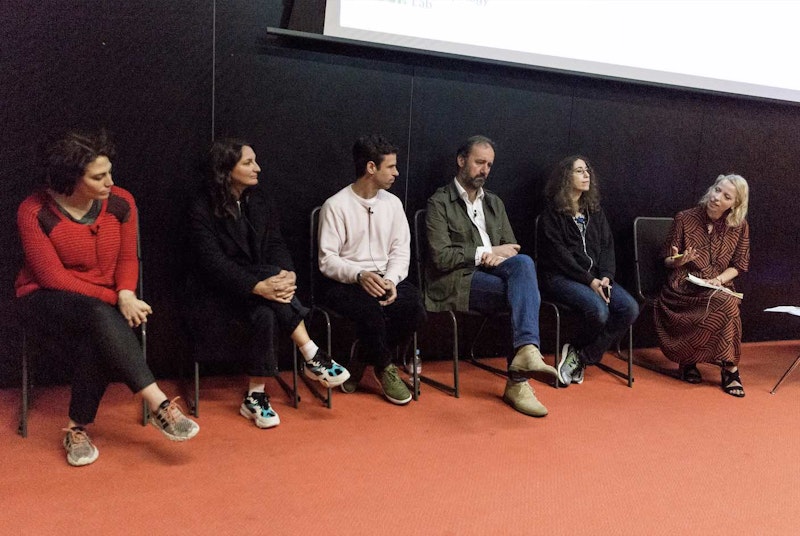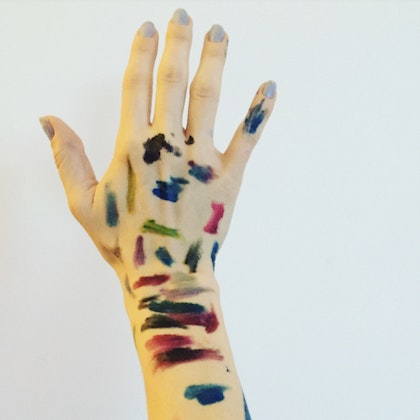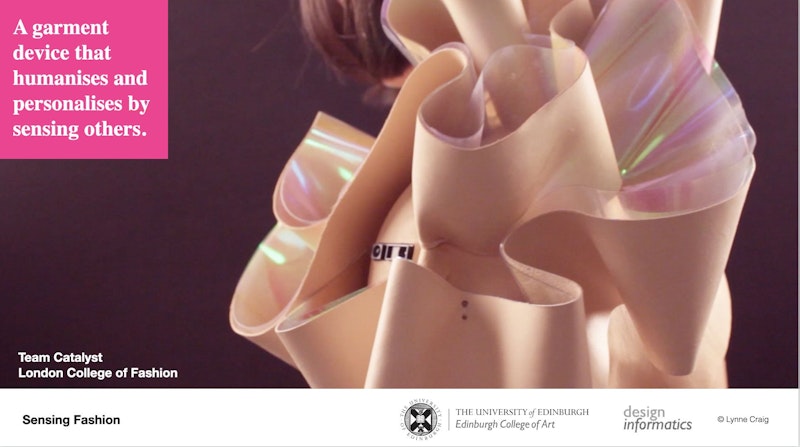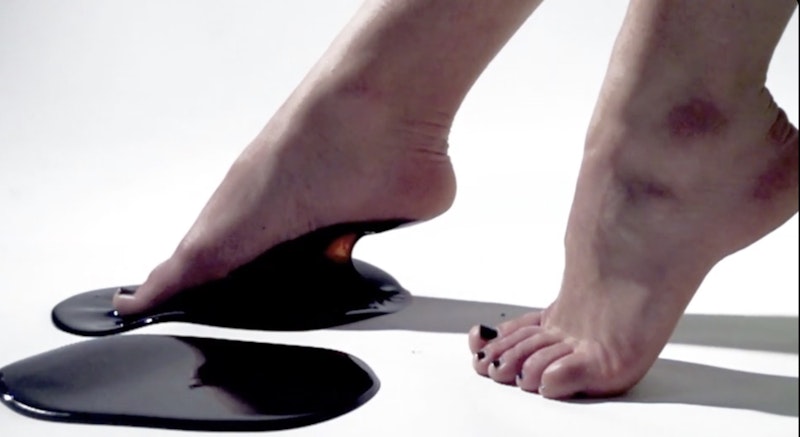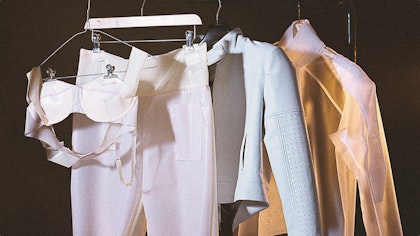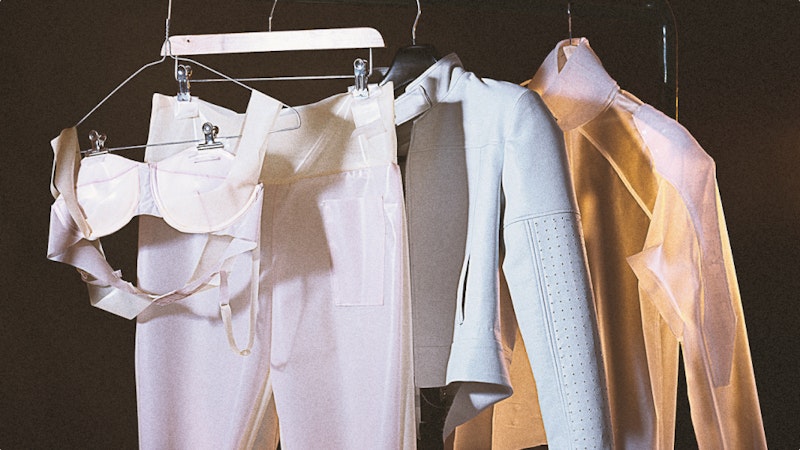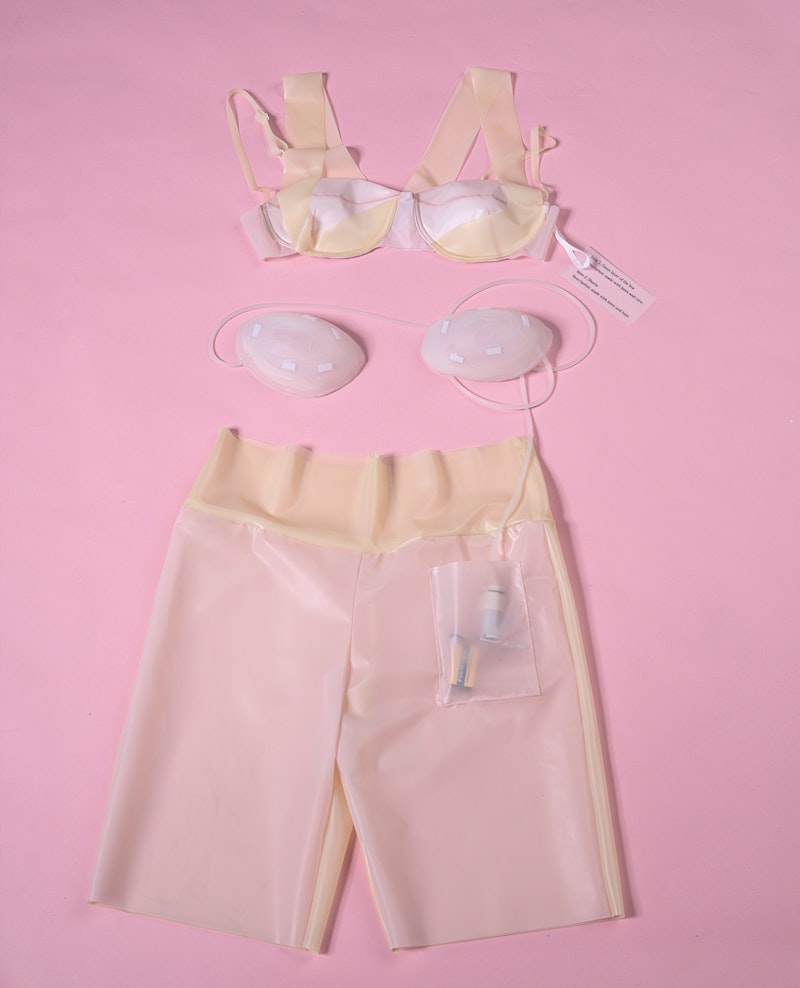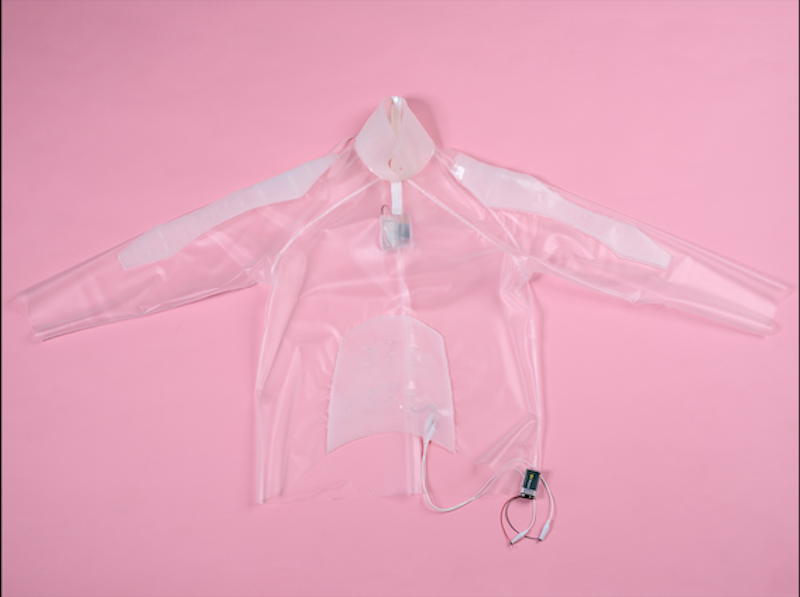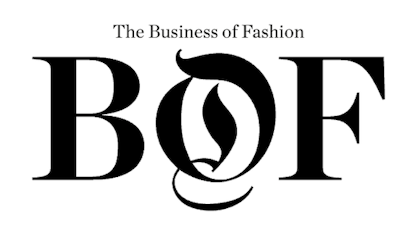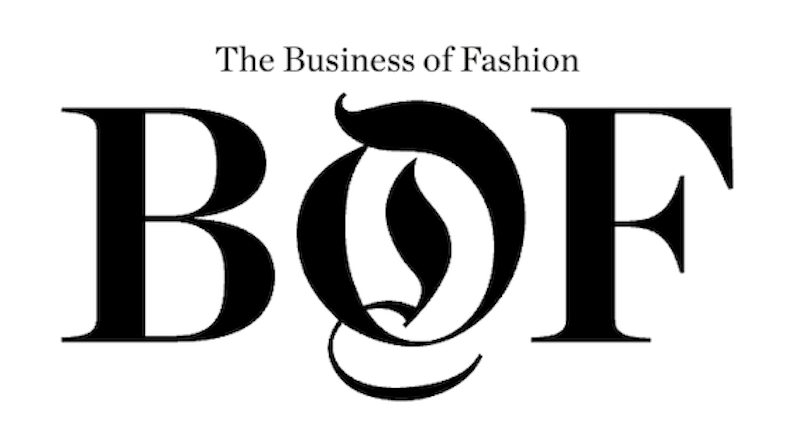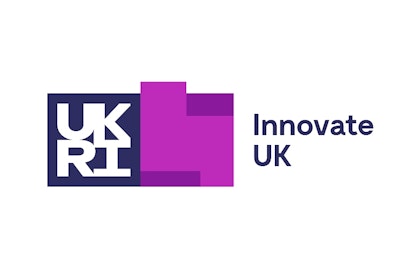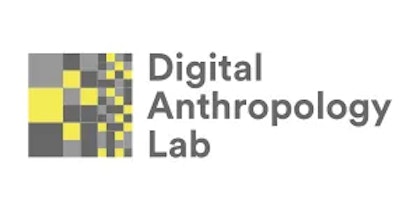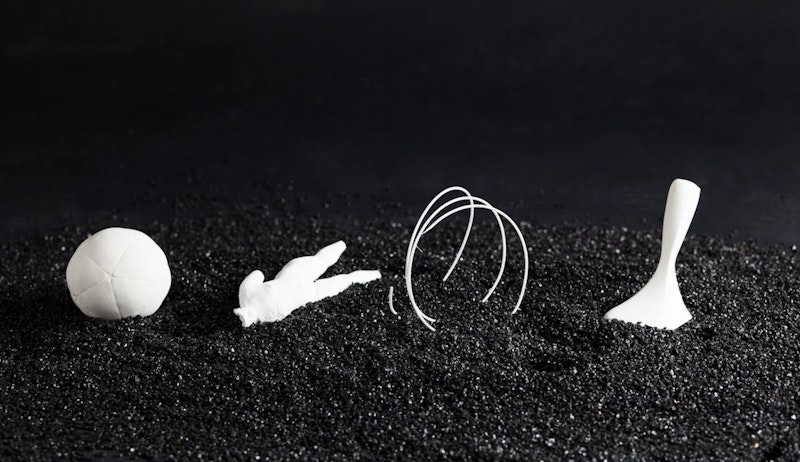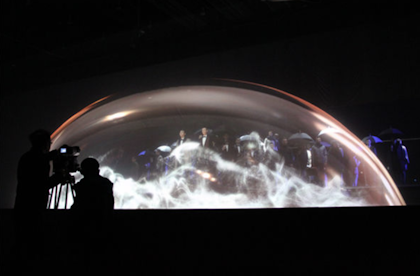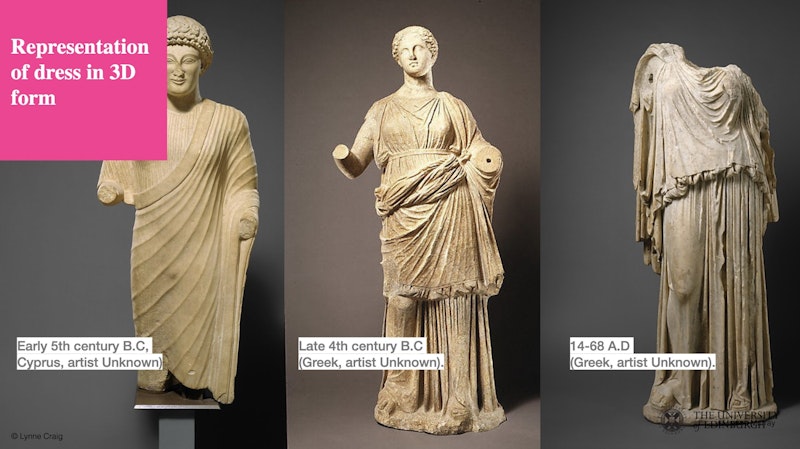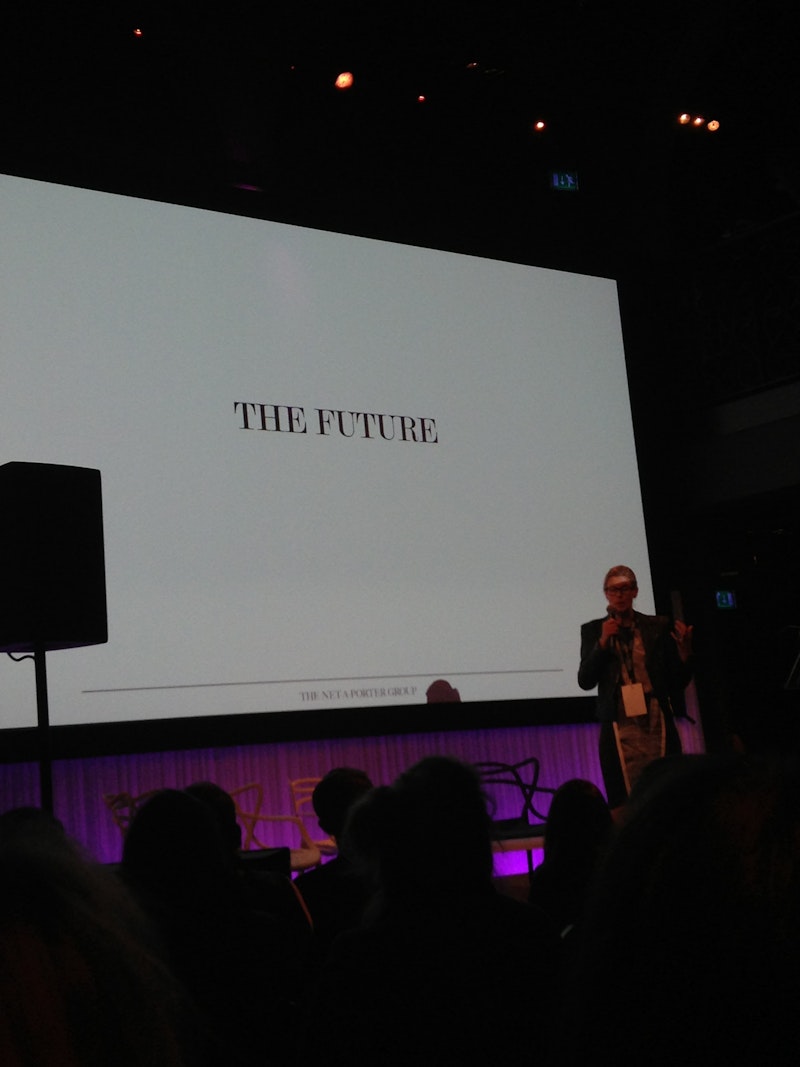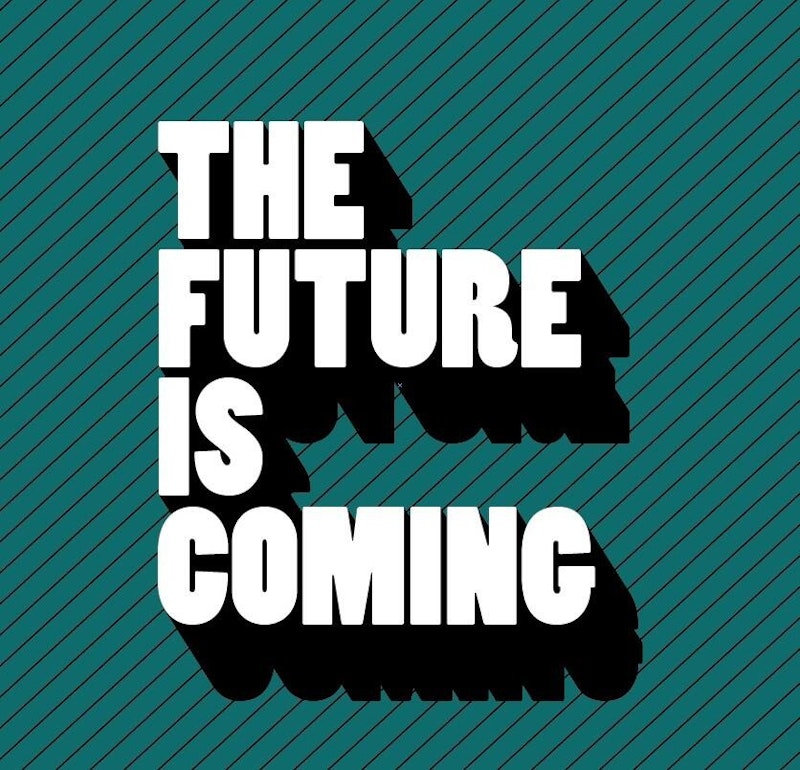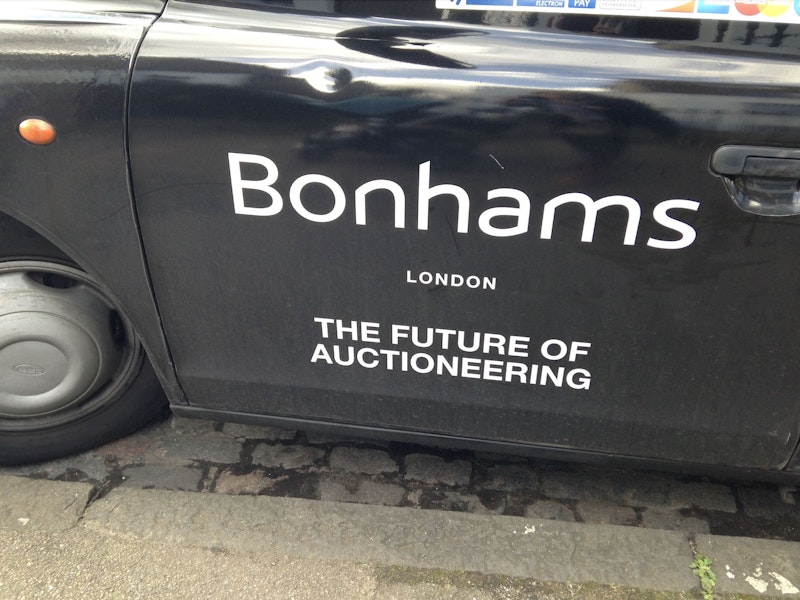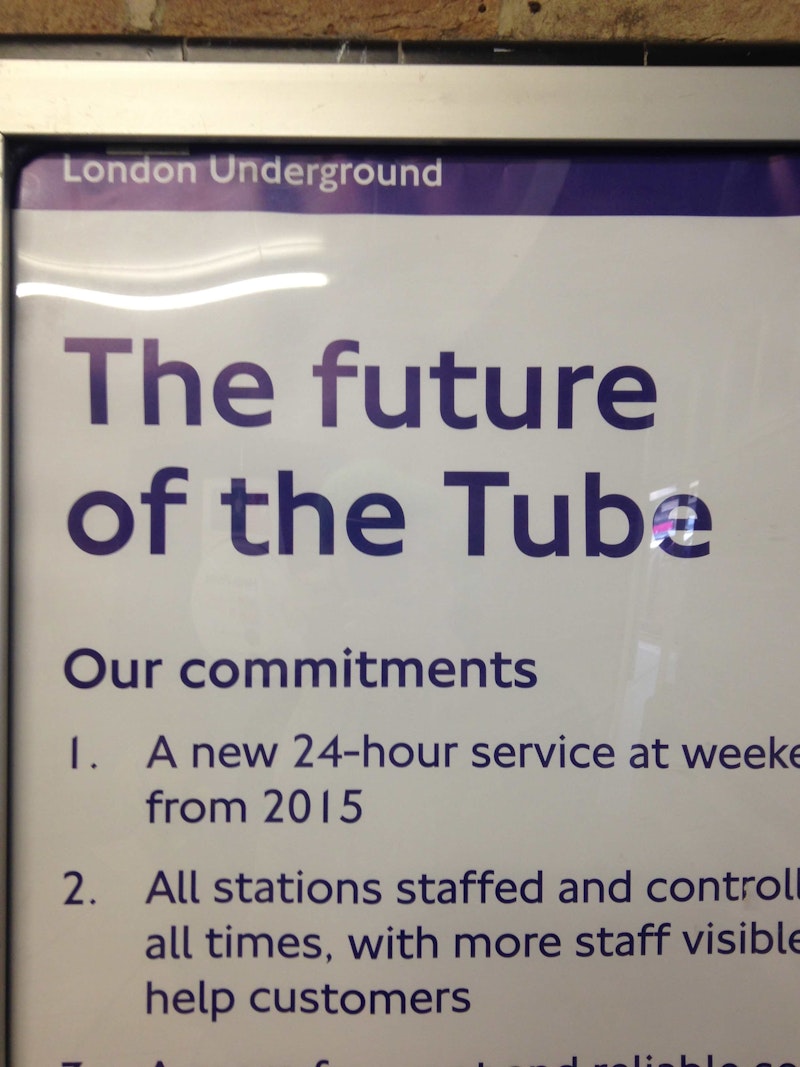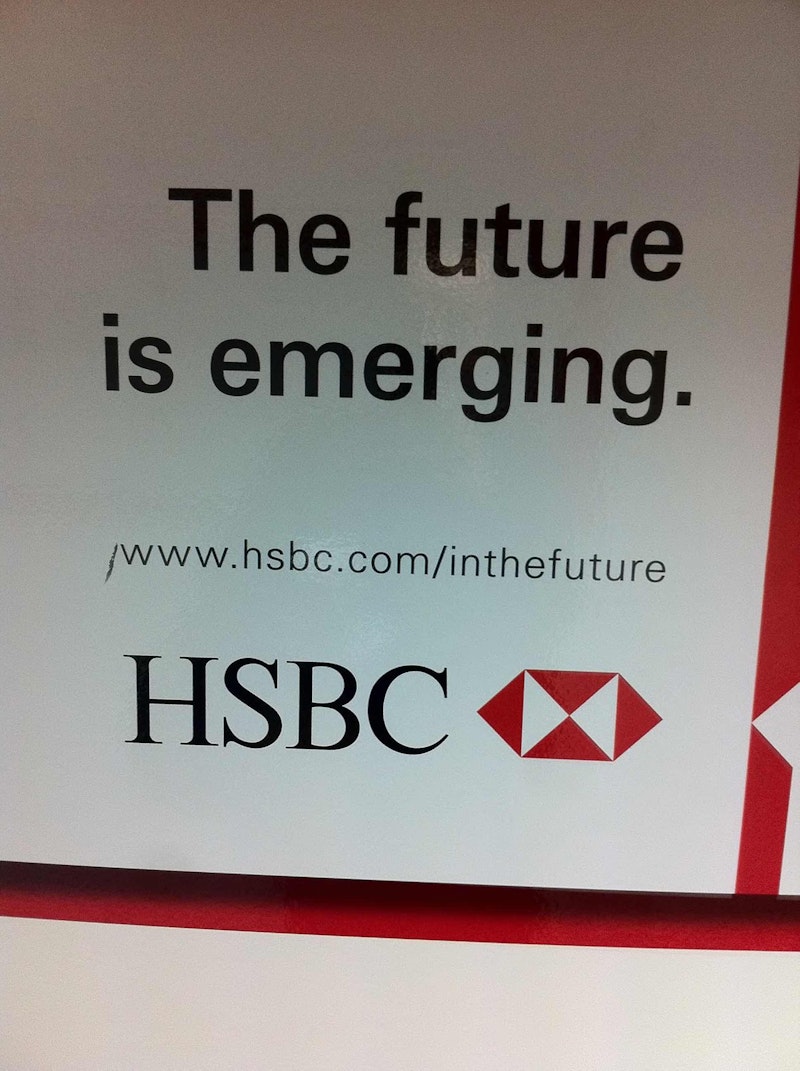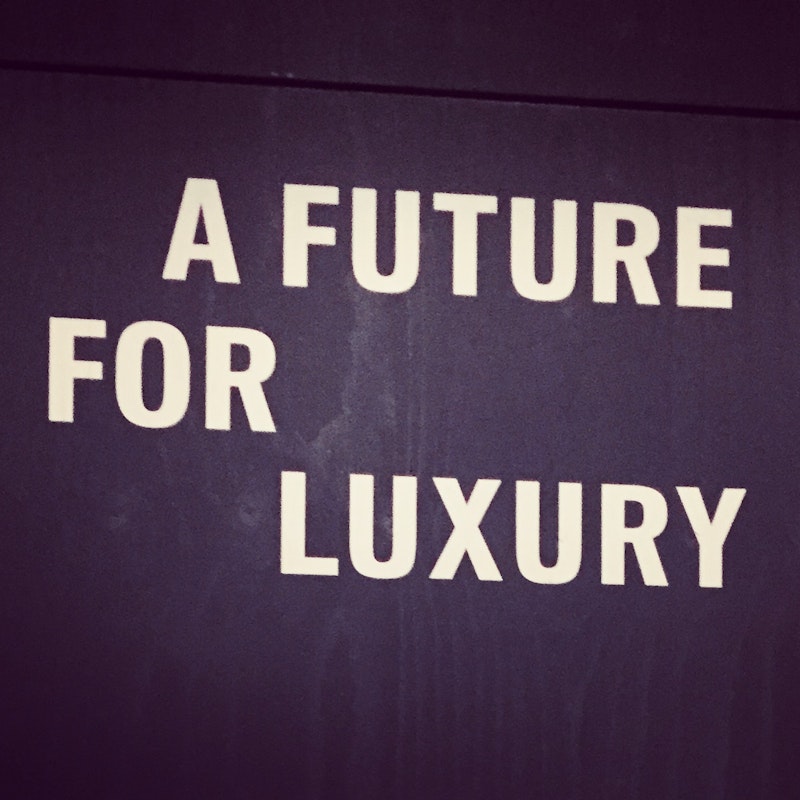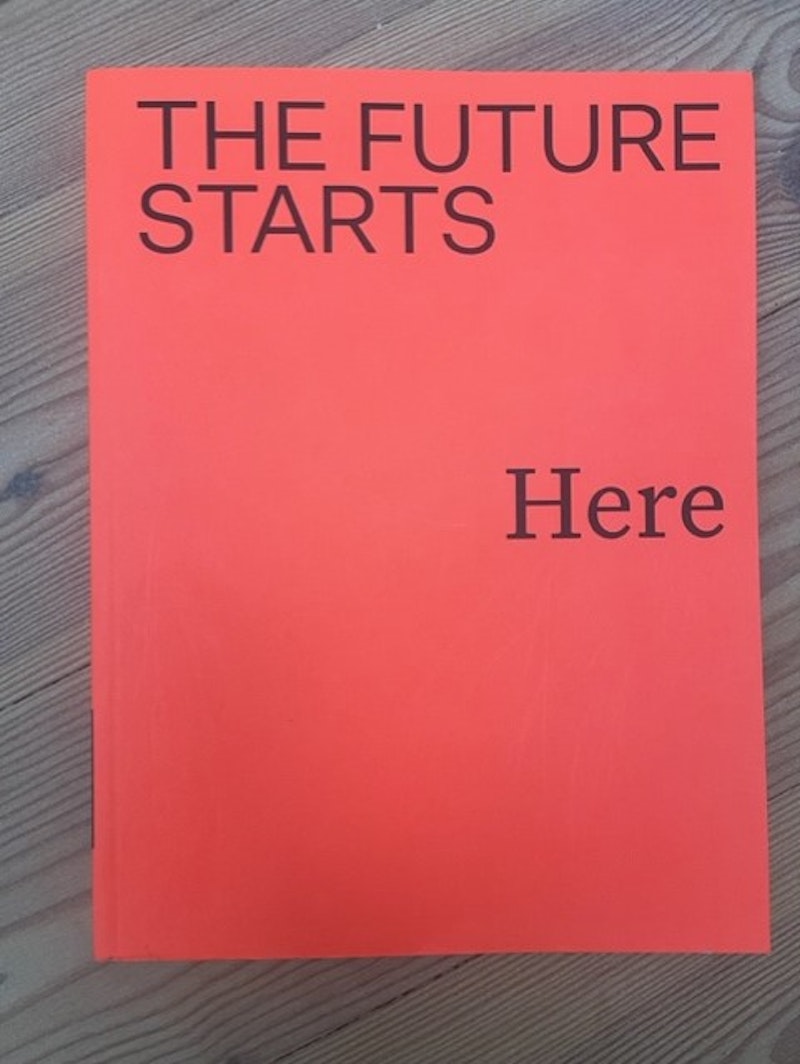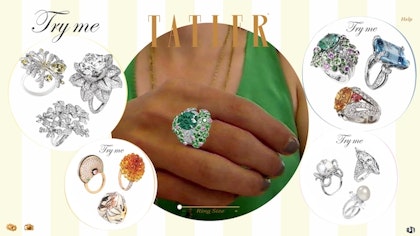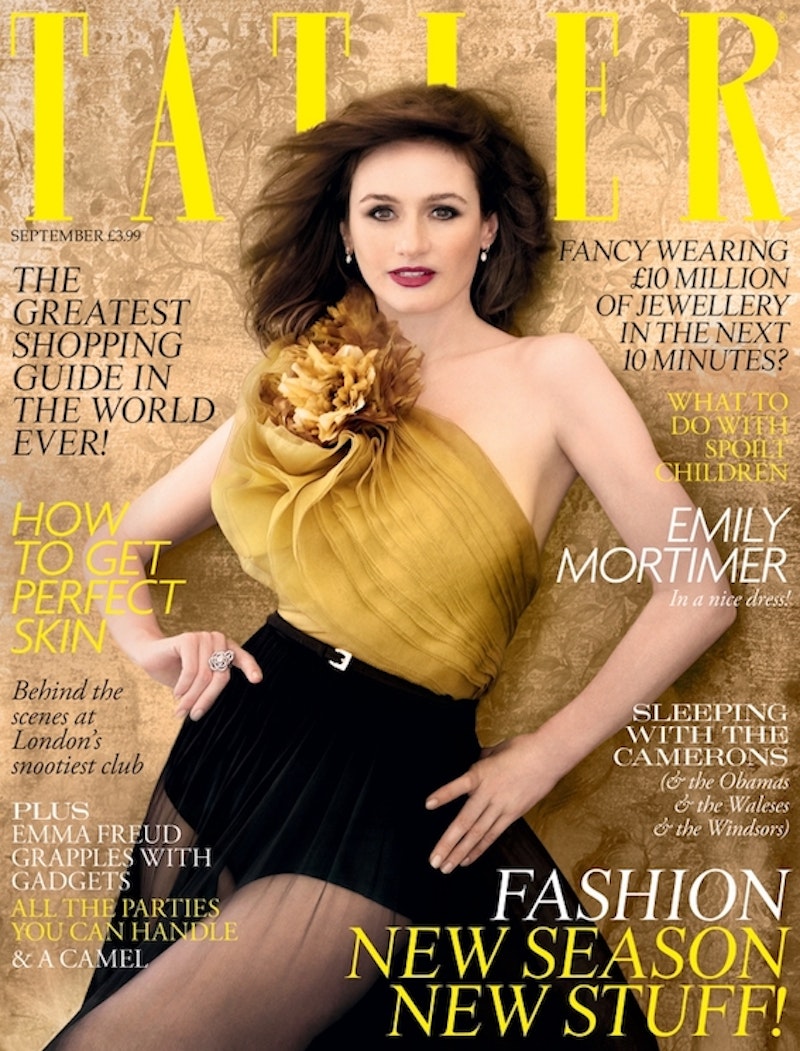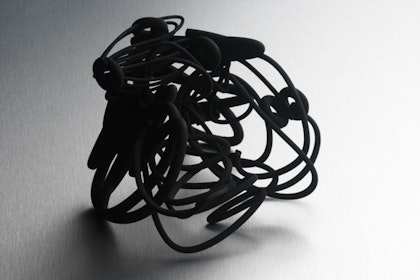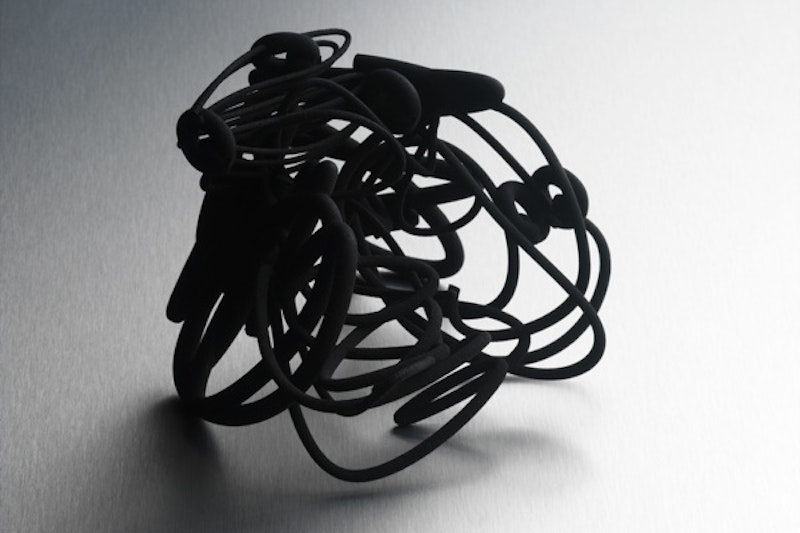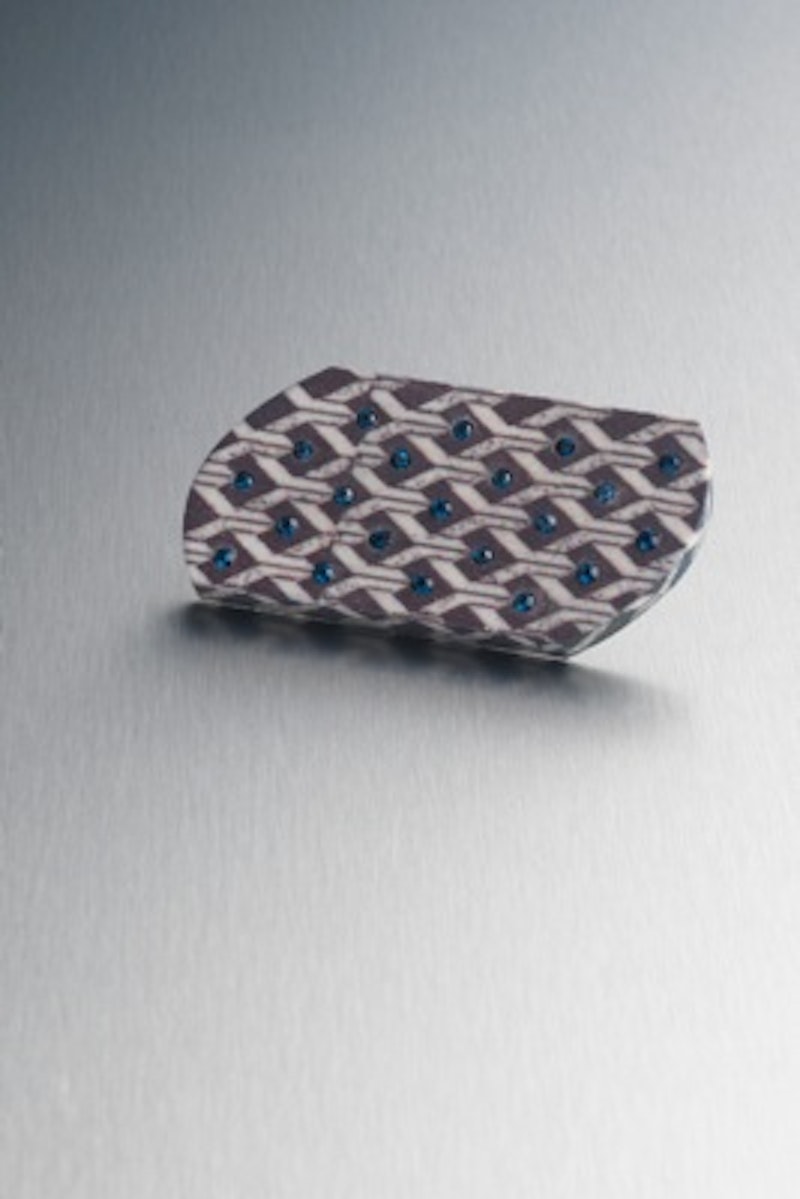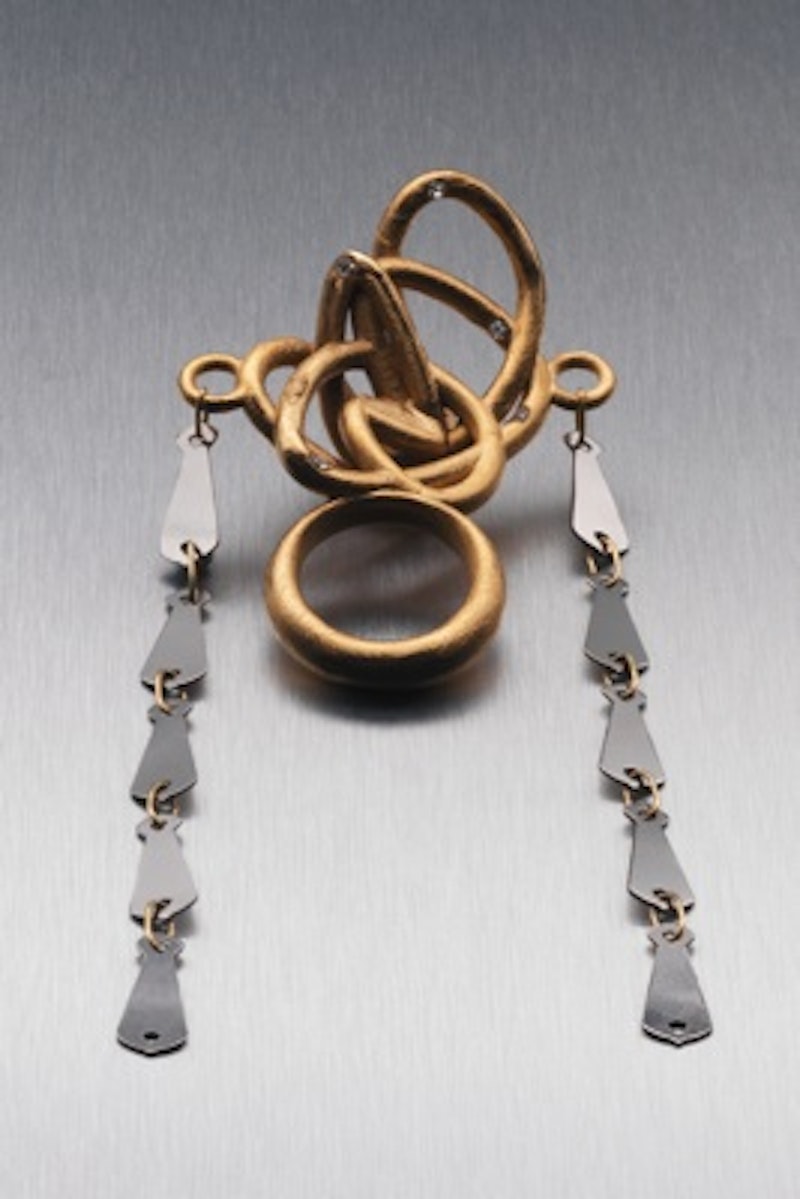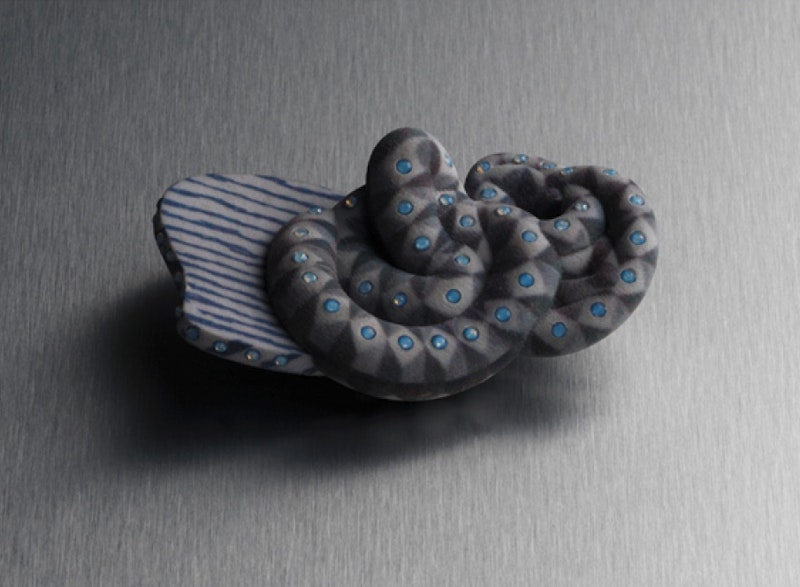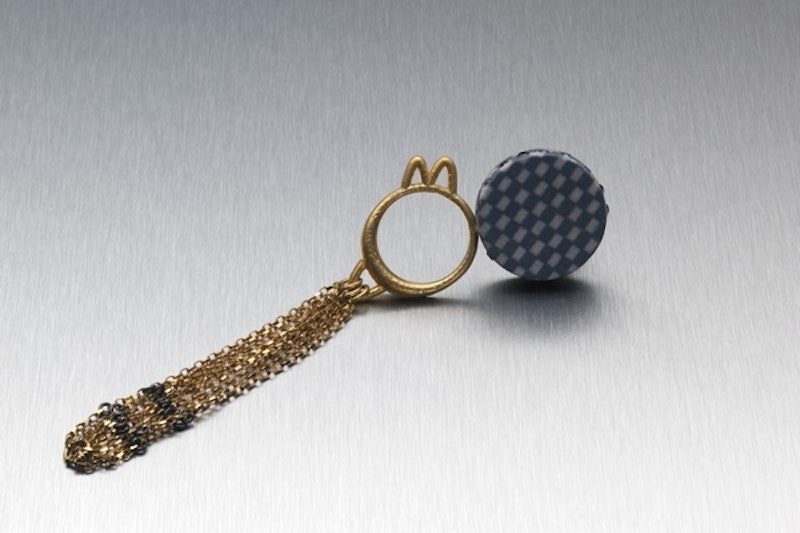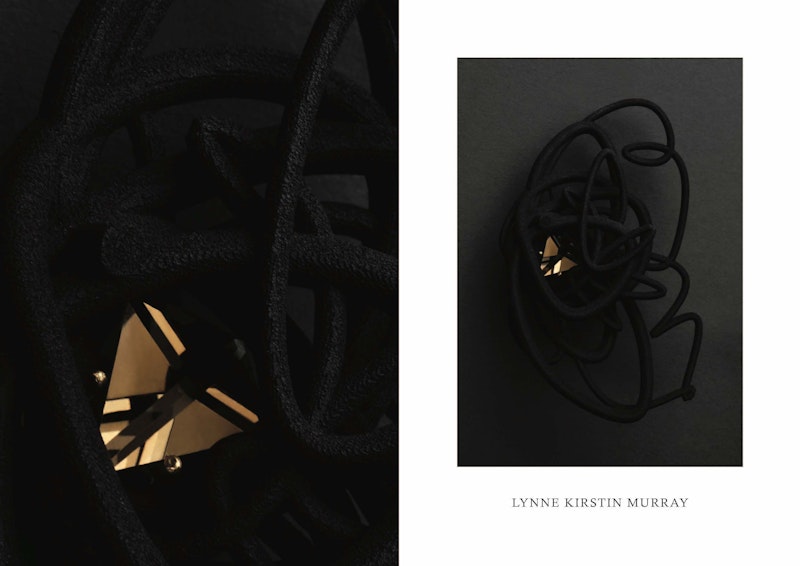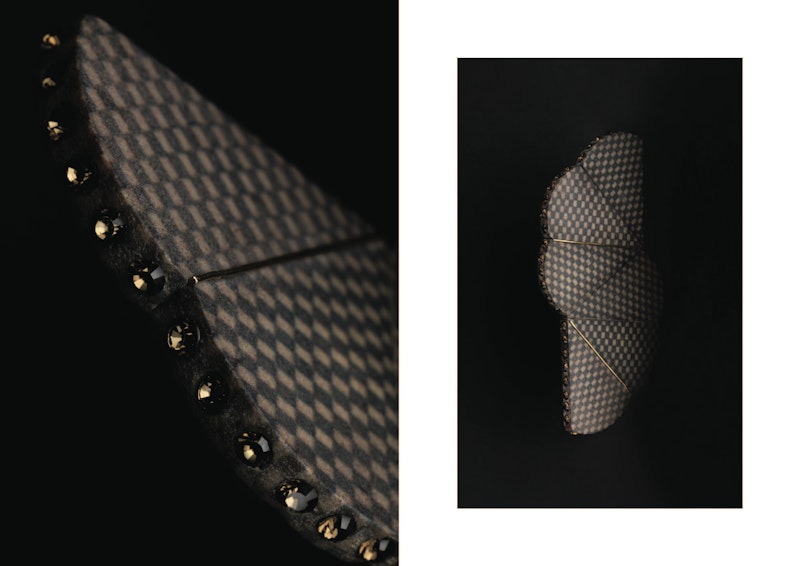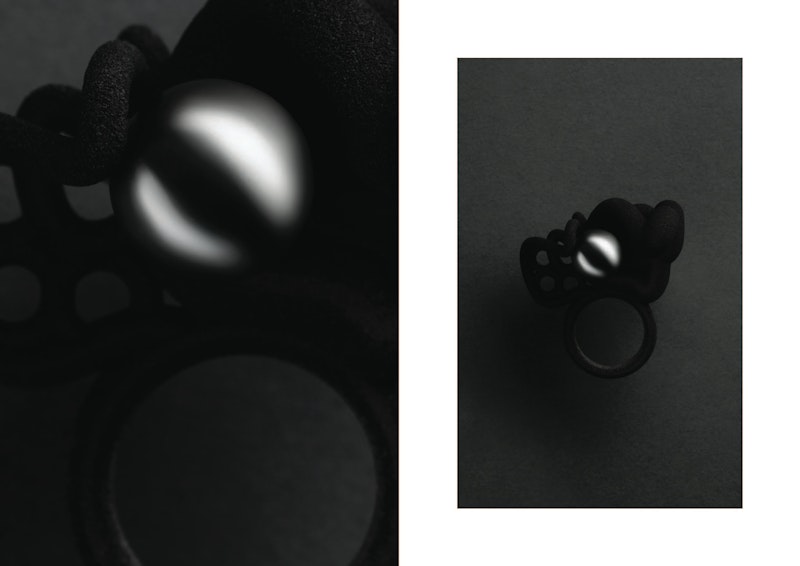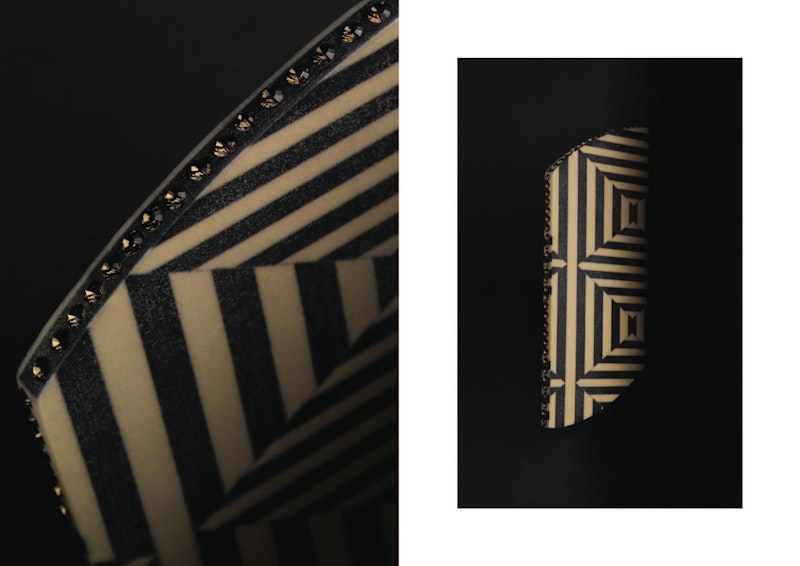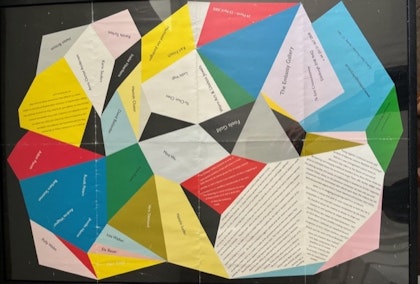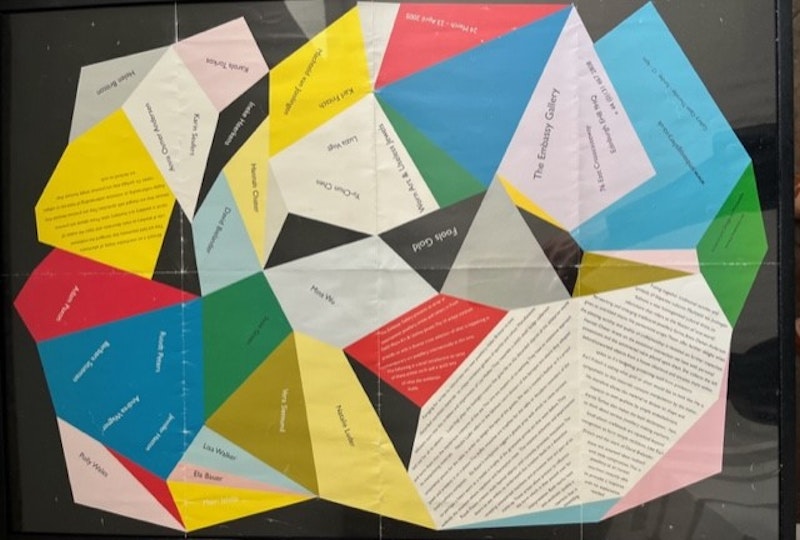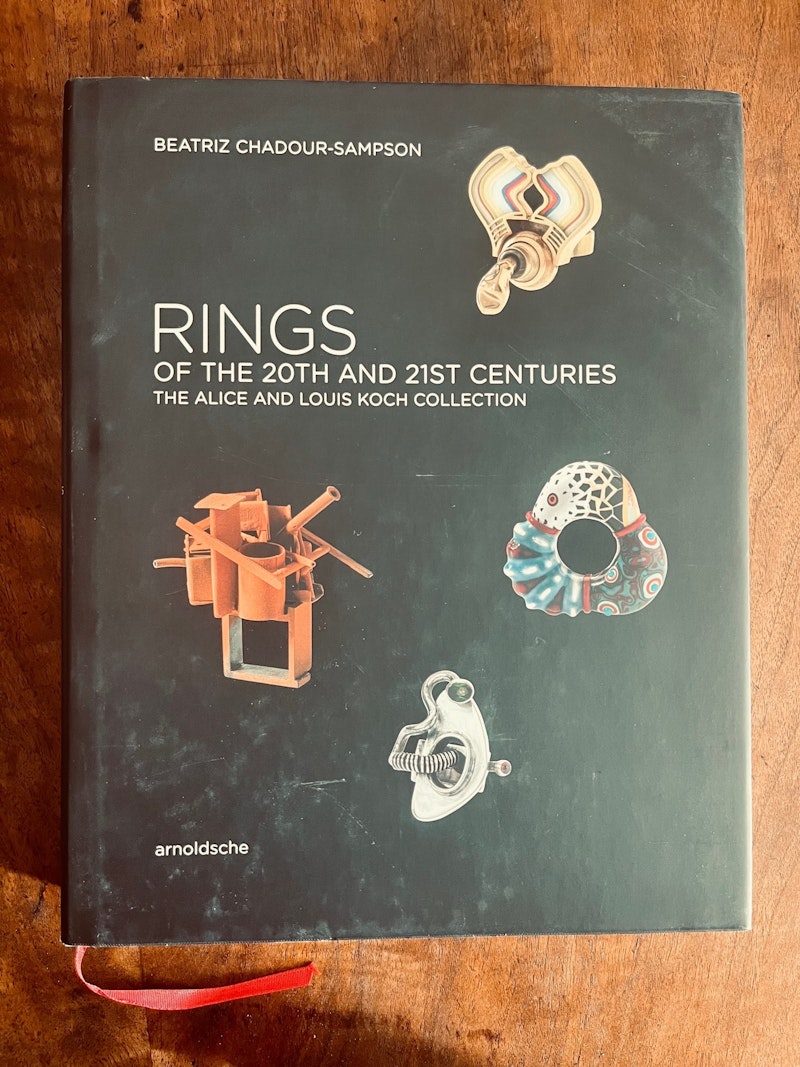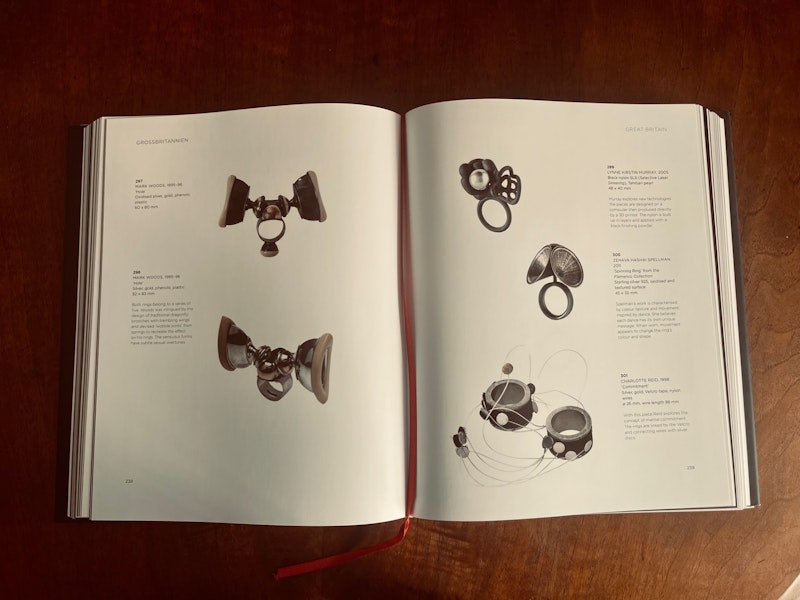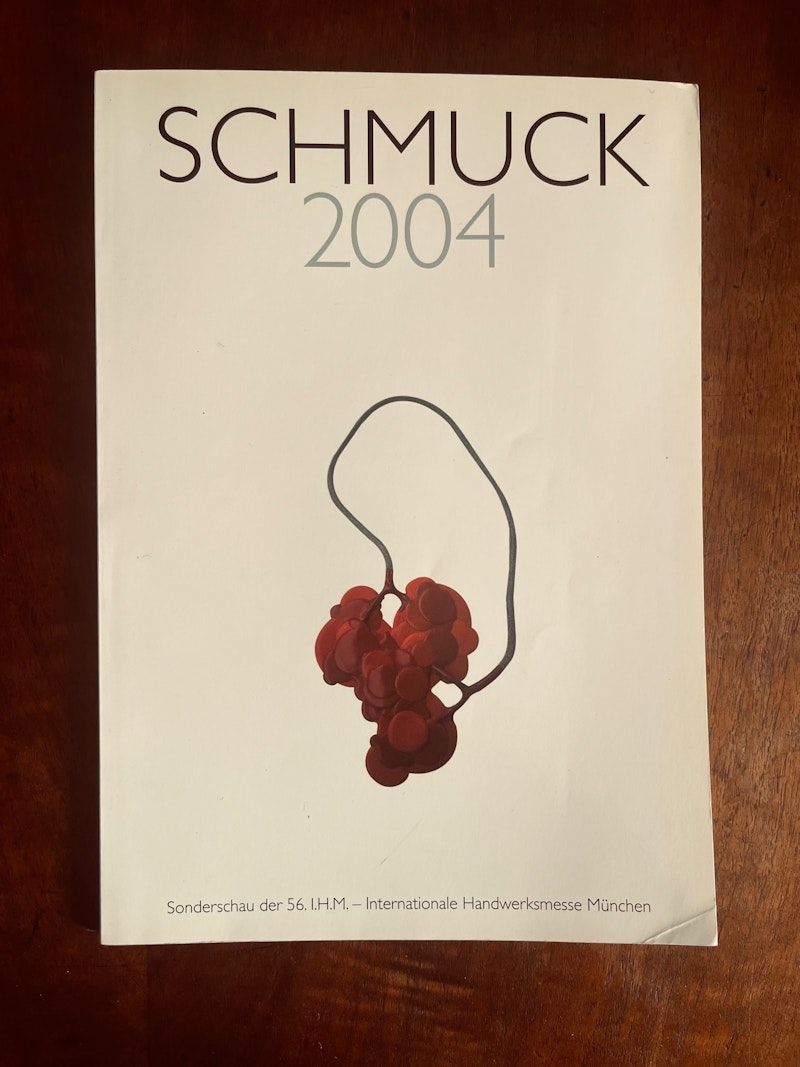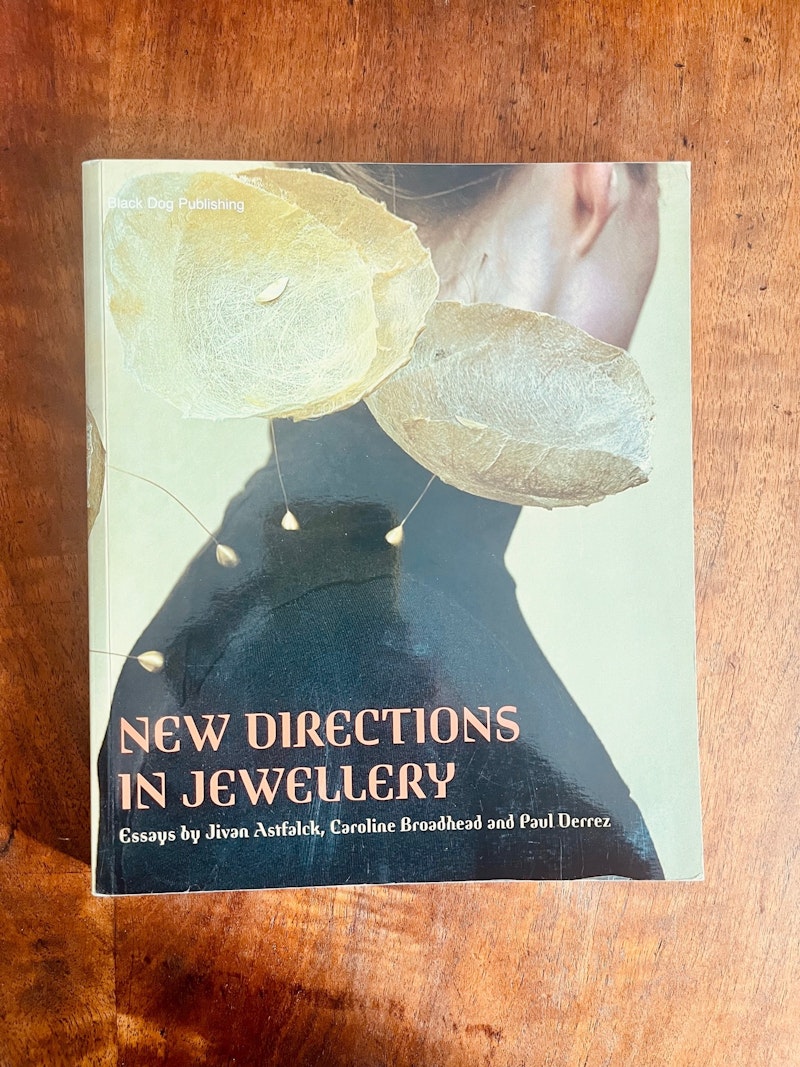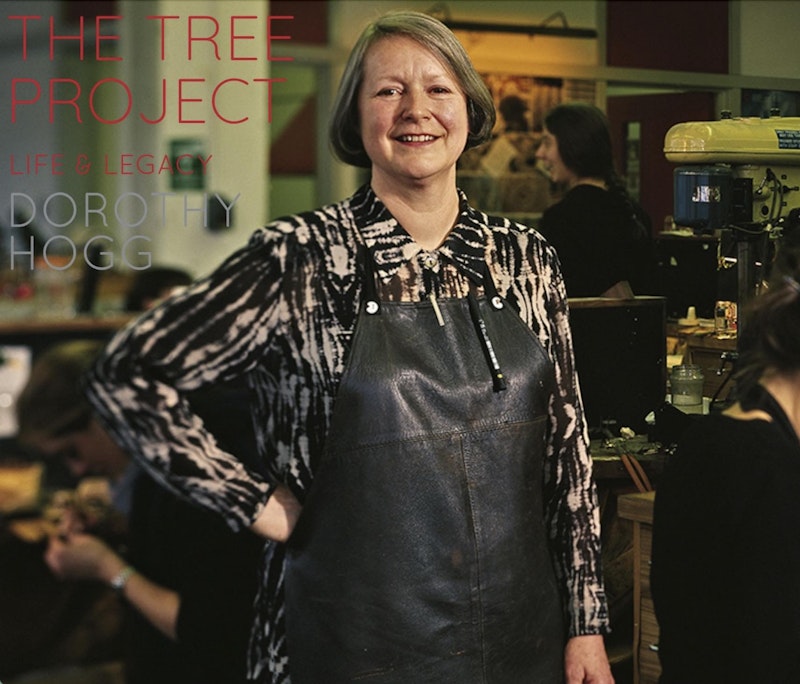Contact
Computational Adornment
Bayes Centre
Design Informatics
47 Potterrow
Edinburgh
EH8 9BT

I collaborate with technologists, designers, engineers and CEO's to frame design within emerging technologies.
I focus on Horizon 3, typically 5-10 year futures, a few historic examples below.
Philosophy; Culture drives technology and technology drives culture, but we will always realign our human selves to craft.
I was recently invited to attend a workshop at the Lorentz Centre, Leiden. https://www.lorentzcenter.nl/
Together with an amazing grouping of international colleagues we explored areas of robotics in a care setting addressing the following;
Emergence, embodiment, materiality, situatedness, enactment and process.
We studied Temi Robotics, PAL Tiago, and Fizzy Robotic Ball through a performance lens, with deep nuanced discussion.
Works to follow.
Invited workshop keynote at IEEE Robosoft 2025, seeking to establish novel ways to consider designing for technical bodies as part of the emerging discipline of soft robotics.
My talk touched on material histories of technology enabled perceptions of ways in which we interact with the human form, asking what it may mean to dress our future robot bodies, and how the socialisation of technological body forms will be required of futures to wear.
Connecting across disciplines, playfully experimenting with soft robotic applications, I also reflected on some of my earlier practices in the field of jewellery. Designing for the body is the same, technological or not. We must embrace this empathic approach to achieve true value of soft robotics in our shifting understanding of what it means to be human or humanoid.
So brilliant to share the stage and discussion insights warranting further study with: Kaitlyn Becker, (MIT) Johannes T. B. (Bas) Overvelde, (AMOLF) Guirec Maloisel,(Disney Engineering) Amy Winters, Eindhoven University of Technology, Kate Devlin (Kings College London) Louis-Philippe Demers (Virginia Commonwealth University School of the Arts) and Larissa Sehringer (UAL).
With thanks to organizers: Niccolò Pagliarani, Nana Obayashi, Alberto Comoretto, Josie Hughes Matteo Cianchetti and Perla Maiolino
Recently published article, examining embodied intelligence across screen mediated cultures and emergent robotic body forms title: Open forum: dressing the technological body: fashioning robots, avatars, and hybrid selves towards a meta-future
Thinking through fabrications for a new age of design. Prompting key challenges to our made and worn worlds across design, robotics, entrepreneurship and sustainability. 21st June 2024
I was recently invited to present my work and approach on soft-robotics through a fashion lens at ICRA, IEEE International Conference on Robotics and Automation, in Yokohama Pacifico, Japan. Joining a wonderful collection of soft-robotics pioneers as part of the workshop, Tree of Robotic Life, addressing the theme of the conference, Connect +.
The soft-robotics community is a super group of inventors, jewellers, materials experts, system designers, engineers and developers. As a design professional, it struck me how aligned our approach is from engineering to design in the context of robotics, and yet there remains a lot to be done to find and apply translatable knowledge across sectors for the benefit of all. Humanoids, sensors, wearable robotics and playful prompts for care, all have influence on the human, the social, the designed and anthropological world. Converging across disciplines and adopting the conference theme of, 'Connect+' let this be a call to action for design to listen, act and join the opportunities robotics presents to our made, and evolving social worlds.
With special thanks to the organisers of the workshop Maks Gepner Paul Baisamy Adam A. Stokes Bingchao Wang and others and for some fab conversations with fellow speakers including, Jeffrey Lipton Kai Junge hashtag#jonathanrossiter Kenjiro Tadakuma Josephine Galipon Jamie Paik hashtag#ankurmehta UCLA. Also with thanks to friends at The National Robotarium and specifically Edinburgh Futures Institute The University of Edinburgh for supporting the trip to uncover multidisciplinary thinking and opportunities for the sector at the meeting point of robotics, business, and design - more to follow on that! :) Design Informatics, University of Edinburgh hashtag#computationaladornment hashtag#designrobotics
Designed, developed, and chaired this panel discussion in partnership with charity, The Jewellery Collective, hosted at social enterprise, The Melting Pot, and supported by Goldsmiths Centre, London. With innovative jeweller Maeve Gillies, University of Edinburgh Chancellors Fellow in Design Informatics, specialising in AI and Creativity, Caterina Moruzzi, Founder and CTO of Moonsift AI David Wood, and bench jeweller and social enterprise founder, Lisa Arnott.
I am currently developing research with design, data and robotics colleagues at University of Edinburgh looking at 'dressing robots' and 'wearing robotics.' I aim to position a new generation of robotic futures we all want to touch, wear or interact with. Focusing on design, material and sustainability of robots to make, live with and do, a future #robot-anthropology. Working with novel play-based approaches to pedagogy, the work is focused on driving co-created robotic futures with design.
Who, where, how and what do we want of our future robotics and in what way will materiality and autonomous artefacts be shaped by being human?
Honoured to Chair a discussion for Edinburgh Futures Institute focusing on a multi-dimensional robotic practice. Featuring work from Alexandre Colle, Designer in Residence, Design Informatics, Camila Jimenez Pol, multidisciplinary designer and head of product at Konpanion. Joined by Ruby Marshall, Lecturer in Soft Robotics at ECA, as music and sound director. Articulating complex futures that move. (Discussion from 15mins).
Looking forward to joining a group of amazing co-mentors for Farfetch DreamAssembly Base Camp next week with Outlier Ventures in my official role as start-up mentor and champion of new businesses seeking advice on initial fundraising, business model testing, scaling up (operations and tech), tokenomics, or simply making industry connections that help take #fashion #tech #startups to the next #meta level… Outlier Ventures FARFETCH #Dreamassembly Alfredo Orobio Ramirez Carol Hilsum Blake Lezenski
See what VOGUE Business said of the web3 fashion accelerator here.
V&A hosts a remarkable deep dive into aligning fashion and code. Try fluid cloth dynamics as you have never seen before, and dance with real-time digital garment experiments.
Great to see Business of Fashion, Textiles & Technology developments progress with Prof. Jane Harris, University of the Arts London, and Holition take forwards projects I was able to frame from the start. Good job teams! :)
Funded by the Arts and Humanities Research Council (AHRC).
What do we mean by 'Innovation Doing'? Adjectives can help us think about turning strategy of large complex ventures into translatable take-aways, but in what way does this happen? And can strategy fuel cultures of innovation?
We must 'innovation do,' to progress, test, articulate vision and deliver impact.
Currently navigating the largest start up environment I have ever worked on, (220k sq ft) of Edinburgh Futures Institute (a recycled Victorian hospital) embedding industry and multidisciplinary practice to catalyse new opportunities for innovation, entrepreneurship, collaboration and research.
See my Innovation Career Path at University of Edinburgh
Powering Creative Connections.
Thanks Creative Informatics for inviting my steer to chair some wonderful conversations. Exploring Digital Identities with artist Rachel Maclean and Martin Disley, and a radical panel to explore sustainability with Dr. Lynn Wilson, Mella Shaw and co-founders of Looper.
Creative Informatics link.
Q. Imagine there was a course connecting data-science and design. What would it be?
A. Data-science, fashion informatics, robotics, design, python, bitcoin, design ecologies, smart cities, histories, futures, imaginings around ethical AI, governance and health.
Currently leading new pedagogies of technology enabled design practice and teaching post-graduate MA and MSc students.
Full length film here for your viewing.
Join our programme here:
View Institute of Design Informatics here:
A storytelling range of selected press
New York Times - Technology could turn you into a Tiffany
Forbes- Predictions for a permacrisis, brand strategies and big ideas
Business of Fashion- Fashion needs a more robust approach to technology education.
Huffington Post- How is digital technology changing London Fashion Week.
Information Age- Augmented Reality Apps, start to reach the mainstream (2009)
Independent- Frock to the Future.
Forbes - Reforming Fashion Week: Essential lessons from LFW digital’s transformational learning curve
Dezeen - The £3.4b Crafts sector is bigger than we thought. Also in celebration of a wearable technology collaborative project with Lauren Bowker, designed for Innovate UK,
Telegraph - Holition brings reality to the virtual shop window.
Times of India- Impact of technology in fashion design courses.
Financial Times - Holition, the avant garde marketing pioneer.
Financial Times- Trying on the Future
Financial Times - Reality, made larger than life
In a single day of meeting firstly a large global space organisation, and secondly a large travel agent of the sky, it occurred to me that I have working knowledge across a strange range of technologies, seamlessly moving from design value propositions of experience, manufacture and design; from the domestic to intergalactic.
What role does a translator of this knowledge have in organisations and cultures of innovation, and how will our genuine deep knowledge of technologies and applications change over time?
A poetic summary of terms.
point cloud
6- axis arm
computer vision
depth capture
spherical capture
object orientation
porosity
cloth dynamics
3D print
parametric modelling
visualisation
data-vis
python
Data-science
holographic
sensors/ actuators
AI, chat GTP/ DALL-E
Unity
embedded sensors
woven actuators
high value manufacture
sintering
AR
GUI
auto-stereoscopic
body-tracking
processing
generative
UX/UI
craft.
I like the Allies and Morrison statement, ‘Universities as urban catalysts.’ Seen here are two types of strategic investment initiatives driving change.
Purposefully reimagining post-industrial landscapes with data enabled, design education environments 👉 Since 2014 I have had the unique honour of being involved with two amazing teams leading the development, ideation and articulation of what design education, entrepreneurship, innovation and research is and how to prepare it for the next 100 years. Firstly with London College of Fashion, University of the Arts and secondly, Edinburgh Futures Institute, University of Edinburgh.
Where does innovation in these contexts allow for creativity in large complex organisations, and how can porous buildings housing civic education environments enable and empower all to innovate? A staircase metaphor.
Thinking through interests. Craft, making, forwards and backwards futures for technology enabled garments, games, AI film, early Apple playing. Appropriating language, being human. Stacking a digital anthropology lens.
Exploring poetics of gesture in Augmented Reality as an environment for human experience and interaction with AI. Keynote describing 'softness' in the way of augmented experiences, driven by AI. We are all Augmented now :)
Imagine if fashion had a course for data... In response to an interview I had with, 'Business of Fashion,' to debate the role of technology education in fashion, and my consultancy work with PI Apparel to convene employment opportunities for data-focused practitioners in fashion, I am currently piloting the course, 'Fashion Informatics' at University of Edinburgh.
The course explores a radical meeting point of data-science and design as applied to the fashion sector, including manufacture, sustainability, retail and design, from production to consumption, front end to back end- this is the future of fashion. Students are invited to explore UX, UI, data, AI, AR, VR, robotics, animation, gaming, immersive design and entrepreneurship. Currently in stealth mode, piloting with organisations 23/24.
Example is a student created Unity game with AI generated garments integrated to game play environments by Design Informatics students Xiaoyang Chen, Xuyun Lin.
When the New York Times asked me about AR, technology and jewellery...
Link to article here
How we see the world is changing. The layers of augmented environments currently overlaying our experience of being human bring us closer to the future, yet work with the limitations of the physical body. The 19th century Eskimo snow glasses crafted to suggest our ambition to see differently, or enable us to see more, remind us of the origins of making and craft to develop an 'innovation to wear.' Observing our material cultures of looking, and entwining this with the 'future' is an example of #digitalanthropology. It asks what do we want to see through these lenses, where are we when we view, who are we physically and virtually and does a plural sense of self matter? Shared environments to view bring a new collectivism to experience, digital or in person.
This is one of the projects I felt most proud of Holition participating in. Visiting the Edinburgh International Festival installation, the work represents a moment. We connect with ourselves, through art, technology, sound, and reflection. The 'research' here is the output of the experience, captured as a large scale data-set of visitor responses. Using, 'spectacle' as a vehicle for research questions...
Well done team Holition and all of the collaborators, UK Government Funding for Unboxed; Creativity in the UK 2022. 😎
Check out the project here.
'How to speak machine,' by John Maeda asks us to consider what design has to do with code, tech, data. In my role I am often asked about the, 'art' and the 'design' of data and technology, as though these are areas 'others' know about. If we are to make progress to democratise technology cultures, we need those who see themselves as not designer to embrace design not as other, but as implicit co-creator of our technology futures.
Including image reference to my, 'Manifesto for Machines' produced for invited Keynote at Birmingham City University symposium, 'Seized by the Means of Production.'
There is a book in there... I am working on it.
I am currently leading development of new academic pedagogies focused on the study and practice of, 'Design Robotics' at University of Edinburgh. Pioneering a new course which allows the language of design to experiment, play, break and create new meaning for robotics application. Our aim is to engage new audiences and students in the study and multi-disciplinary practice of what robotics could be to ensure ethical, creative, imaginative and inclusive development of intelligent artefacts of our future material cultures.
We adopt novel material systems, imagine new use cases and develop play-based prompts to examine what we want of our future world that may be smart and autonomous. We make physical prototypes and play with physical computing, sensors and actuators to create new interactions and develop concepts with our international post-graduate students, and showcase final projects at the National Robotarium, UK's centre for Robotics and Artificial Intelligence.
R&D leadership to develop a radical, cutting edge AI application for fashion.
Innovation in fashion AI was co-created with SME 'Away to Mars' as part of Business of Fashion Textiles and Technology UKRI funding.
A first of its kind commercially deployed application enabling consumers to be real-time co-creators with a proprietary AI tool. The data-sets developed were generated entirely from original imagery including images sourced from the brands archive and images adapted with processing to create a large proprietary data-set to inform AI. The project created an ability for the consumer to freely play with and adapt AI tools to co-create fashion garments which were then voted on and produced online in real time-a gamified introduction to AI co-creation for consumers, using fashion.
The 'Idea Economy,' term was coined as part of this project, and describes the human AI interaction, giving legitimacy to origination of concepts, and expanding on how we may continue to position authentic AI human collaboration in the context of ethical AI practices.
Interview from University of Edinburgh on AI and Fashion, 'But is it art, how AI is redrawing creativity. here.
This will continue.
Fashion Business School, London College of Fashion, University of the Arts London, hosts a compelling and thought provoking 360 forum made up from a panel of eminent specialists, industry and academic professionals representing cosmetic science, the social sciences, digital anthropology, material cultures and technological innovation.
Panel Chair: Trevor Davies: FRSA Consumer Industry Future Panel: Dr Phil Sams: Physical Scientist and Honorary Doctorate UAL Lynne Murray DAL: Director, Digital Anthropology Lab, LCF Dr Paul Matts P&G: Principal Scientist P&G and Visiting Professor LCF Kae Katz, current student LCF, winner of P&G Better Lives Awards
Digital Antropology Lab collaboration with MA students to co-create an embodied Zoom performance in at the start of the gloabl CV19 pandemic. The project asks questions on which body travels, how to present the self online, opportunities of AI and real-time 'dress-up,' and in what way our internet identities and narratives motivate our physical selves and impact wellbeing through performative embodiment remotely.
What can digital communities learn from the concept of an, 'Allotment?' Can we grow digital things, how do we share seeds of knowledge, what sustainable practice can emerge when we learn from localised communities managing nature for nourishment, wellbeing and pleasure?
Discuss.
Finite Room is a private high jewellery concept brand I developed focusing on design, craftsmanship and material innovation. I have imagined and built a virtual retail store, reflective of immersive retail futures... a test-bed for physical and digital design experimentation and convergence.
Working with DLC, 3D print, hand fabrication and high-value manufacture technologies. Craft in future form.
Follow @finiteroom to request access.
Slow retail futures.
Serving on industry advisory board for Goldsmiths Centre, 'Technology Advisory Strategy Committee,' TASC. Goldsmiths Centre is the leading UK charity for jewellers, silversmiths and people working in the precious metal industry dedicated to improving skills and building careers, founded by Goldsmiths Livery Company. Board includes industry representatives from retail, commodities, manufacture and education. Role seeks to advocate for innovation in context of jewellery trade, industry and education, including apprenticeships. Addition roles include serving on selection panels for funding, and navigating futures for the industry.
'Draping the Hyper-Real Human,' 2019 was the third in a series of three conference symposium I designed, chaired and hosted at London College of Fashion, University of the Arts. Speakers included immersive producer, Connie Harrison, Creative Director Adam Grint from post-production house, The Mill London, Jonathan Chippendale Holition, and Madeline Schwartzman, robotics artist USA.
Also including, 'Re_Imagine, Where are our Digital Selves Heading?'- 2016 Featuring keynote speakers from Google, Intel, MIT and Sir Ian Livingstone, and 'Digital Resistance, A Global Journey in Human Augmentation,'- 2017 featuring speakers including Prof. Mughendi K. M'Rithaa, Cher Potter, Bart Hess and James Turing.
Ongoing practice of research towards, 'Dressing Robotics.'
Finding ways to express data of a shape shifting surface, or a material to activate with technology asking what is the surface of technology to wear? What can design contribute or learn from the emergent soft robotics field, and in what way can fashion empower new thinking, materials and applications for worn, embodied, and actuated garments?
My practice creates the conditions for others to develop ideas in response to created research environment prompts, steering through collaborative co-creation. Projects demonstrate future material cultures for fashion and engineering, design and interaction with speculative and imagined materials.
The Digital Anthropology Lab was created to motivate a linear collaboration research environment, working with technical, academic and student teams together.
Programmable Matter, a collaborative research project, created opportunity to speculatively identify novel application for soft robotics to the landscape of worn artefacts. As a co-creative process with Digital Anthropology Lab, Masters Post-Graduate students at LCF developed physical, functioning prototypes as technology enabled garments. A functioning soft-robotic breastfeeding bra, sensing and actuating to help stimulate milk production, a soft-robotic garment to defend, using emotion sensors to trigger a dramatic shape-change actuation to an archetype leather jacket, and an inflatable soft robotic garment to prompt unknown desires... Design and robotics, creating new applications for embodied interactions.
Our material worlds are changing, one sensor and actuator at a time. With DESIGN.
“The current landscape is moving so very quickly,' Murray (Craig) continues: “It’s not really going to the core of what is possible and I think the opportunity to really rigorously explore that in a research lab environment is incredibly exciting and actually, its only in doing that, that we will be able to articulate what even this course of the future may want to be, because otherwise we will end up creating a space where there is almost ‘me too’ elements of digital education.”
Link to article here
Navigating industry and academia and translating for emerging research investment.
I was invited to lead the curation, and demonstrate exemplary work in the field as a thought-leader and collaborator in featured projects to identify areas for future UKRI investment in fashion innovation, with The Unseen, LCF Digital Anthropology Lab, and Holition mentions.
A joy to imagine, build and establish leadership and vision for Digital Research at London College of Fashion, University of the Arts London, founding the Digital Anthropology Lab, DALab.
A catalyst for institutional change, DALab positioned new approaches to applied, practice-lead, speculative technology research in the field of digital anthropology and design, and created the conditions to demonstrate frontier activity in development of digital practices, knowledge exchange and innovation at London College of Fashion.
DALab positioned the use of physical computing, data, and immersive experience in the context of fashion. We pioneered soft-robotics applications in a series of collaborative ECR and Masters (graduate) projects and developed key industry partnerships, collaboration and dialogue around the, 'Internet of Fashion Things.'
DALab translated anthropology and material culture approaches to the body, extending transdisciplinary expertise to co-establish MSc in Disability, Design and Innovation at University College London (UCL). This was developed as a flagship programme to connect across two institutions in advance of a move to East Bank Cultural Quarter, Queen Elizabeth Park, the site of London 2012 Olympic Games.
DALab research convened 13 academics, supported multiple PhD candidates, developed flagship educational opportunities and framed the, 'Digital Design Lab' as a student experience platform for UAL, embedding DALab research-as-practice methodologies at scale.
A convener of academics, industry and students to enquire, study and speculate upon what it means to be human in a digital world.
Explore the infrastructure, innovation, culture and leadership developed on Google Arts and Culture here.
An exemplary project by Holition, celebrated over a decade on as a pioneering articulation of immersive experiences for fashion which has stood the test time and lead development of extended reality discussions.
The concept was beautifully executed through a combination of cutting-edge technology, architecture, lighting, film and music. The hugely successful campaign opened the gates for global brands to consider using emerging technology in new ways.
For more detail: https://holition.com/work/dunhill-holographic-fashion-show
Can we try on virtual clothes? Can we have virtual skeletons, skin and dynamic cloth movement. What body do we dress? Can we authentically capture your body moving in real-time with virtual, pixel generated garments. How will AI and supercomputing change this. Ongoing development and interests in virtual, Metaverse movements of the body in digital space, since 2008.
Connecting to our notions of being human in a digital world, building on ideas of millennia.
Tracking the language and adoption of the future as a solution, a demonstrator of, 'other,' and a galvaniser of unwieldy living. Documented observations of, 'Future' as a word used from 2012. Currently Deputy Director, Innovation, for Edinburgh Futures Institute. It's an appealing word.
Pioneered AR for retail as co-founder, Holition.
Launching jewellery virtual try on (VTO), since 2008 working with international global brands, Georg Jenson, De Beers Forevermark, Tacori, Boucheron and more to pioneer experiential retail launches.
Also included, that time we brought AR to magazines as a new medium, and I interviewed Kate Reardon, Editor of Tatler about augmented reality, launching a VTO for Tatler to allow users to try on £10m of jewellery, featuring Boodles, Cartier, Tiffany, De Beers jewellery...
And a vintage first review of our pioneering AR for retail, working through the archive of near histories of virtual adornment and metaverse making.
The emergence of 'computational adornment.'
I co-founded Holition in 2008 to enable people to try on virtual products online in real-time using AR (Augmented Reality), establishing Virtual Try On (VTO) for retail. Normal now, but at the time, there was no Instagram, Youtube was new, and we started pre-iphone...Holition grew from a 2 year R&D project, examining the, 'Future of Jewellery Retail,' (developed as a KTP Associate, Knowledge Transfer Partnership) which I lead. This spun-out from Birmingham City University with industry partner, Holts Lapidary, London, funded by AHRC and TSB (Technology Strategy Board). I created a joint venture between a 50 year old family jewellery company in Hatton Garden, London, and one of the first tech businesses emergent from what became, 'Silicone Roundabout/ Tech City,' a policy launched by Nick Clegg, then Deputy UK Prime Minister, from our London HQ. Some of the history of the time and landscape of the area Holition was emergent from can be seen here.
We secured investment, appointed an amazing Board, and together pioneered a global industry, I have been Non-Executive Director since 2014. This long-term vision has created a wider research environment and developed emergent pedagogy in creative technology industries, with significant transdiciplinary references in Google Scholar for Holition including our patents in computer vision.
15 years (and a wedding) later, Holition and the London based team, lead by CEO Jonathan Chippindale, remain at the forefront of a progressive cultural advance, leading global impact for ambitious clients across fashion, art, lifestyle and beauty, generating technology innovations and virtual production outputs at the intersection of data and creativity, re-defining futures of digital anthropology landscapes.
Driven by commerce, created by imagination and spoken with kindness.
Team Holition.
Developed pioneering research into rapid manufacture and 3D print working with limitations of early digital manufacturing technology. This included developing outputs with a novel 3D 'drawing' haptic digitiser pen, pioneering work in 3D print, and multi-material printing, and CAD (Computer Aided Design) using both solid and vector formats to create virtual objects and impossible geometries to 'grow' in print. Continue to personally develop research initiated in 2004 at Royal College of Art, RCA, expanding the role of high value manufacture with immaterial design possibility. Extended research into available parallels between the 'real' and tangible legacy of made and virtual objects continues to be a focus of my work on, 'Computational Adornment.'
This high craft making practice has been exhibited internationally at Collect, V&A, Gallery MARZEE, Gallery Luis Smit, Scottish Gallery, and is in permanent collections in Swiss National Museum, Alice and Lewis KOCH Collection, Zurich, Museum of Belfast Jewellery Collection, Northern Ireland, and Turnov Jewellery Museum Czech Republic and MARZEE permanent collection, Nijmegen, Holland.
All images Victoria Ling
Art Direction of last 4 paired images Paul Barry
Connecting technology to making things via jewellery.
Jewellery connects us to millennia of being human, a conversation, an imagining, a story. Developing worn technologies from people who have made, understood and built for the body creates a foundation for possibility. Jewellery informs all.
Seen here is a poster created for 'Fools Gold,' an exhibition of international jewellers I put together with Cathy Stafford at the Embassy Gallery in Edinburgh (2004), and series of publications featuring my material practice, including 'Rings of the 20th and 21st Centuries,' 'Schmuck,' and 'New Directions in Jewellery.'
Listen to a conversation of how I translated jewellery to technology practices here as part of the, 'Tree Project, Life and Legacy of Dorothy Hogg' ( 2024) with Scottish Goldsmiths Trust and Amanda Game, Curator.
Selected client collaborators include a range of commercial and non-commercial projects gathered from multiple roles since 2004.
Amazon / Away to Mars / Bloomingdales / Boucheron / Center for Fashion Enterprise / Crafts Council / Decoded Fashion / DeBeers / Dunhill / Farfetch / Fashion Innovation Agency / Forevermark / Future Laboratory / Garrard / Georg Jensen / Goldsmiths Centre / Google / Hannah Martin / Heathrow Airport / Hemyca / Hermes / Hugo Boss / Iotic Labs / IBM/ Isetan / Intel/ London College of Fashion / Louis Vuitton / Mac / Microsoft / North Face / Procter & Gamble/ Rebecca Minkoff /Selfridges / Snap Inc. / Stylus/ Swarovski / Tag Heuer / Tatler / Taqori / The Unseen / Tissot / Triumph / Uniqlo / V&A / Vans...
Contact if you have a project to explore...
